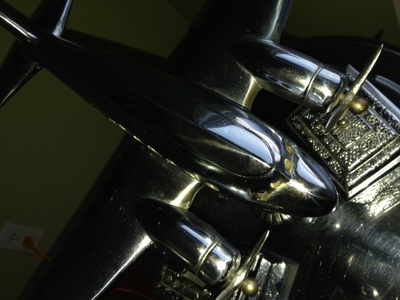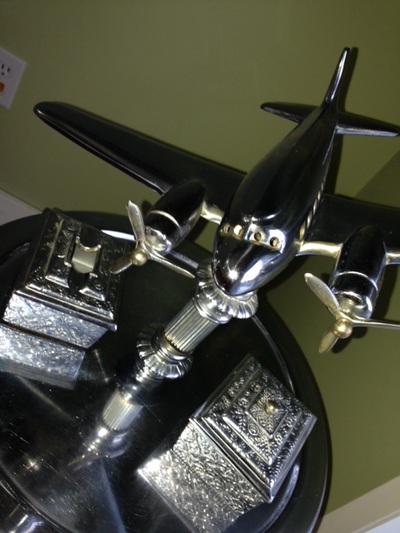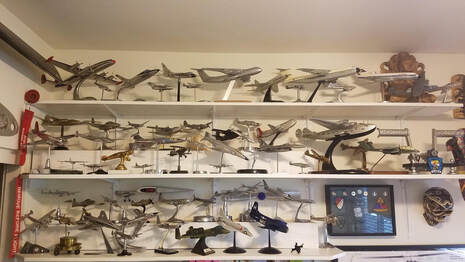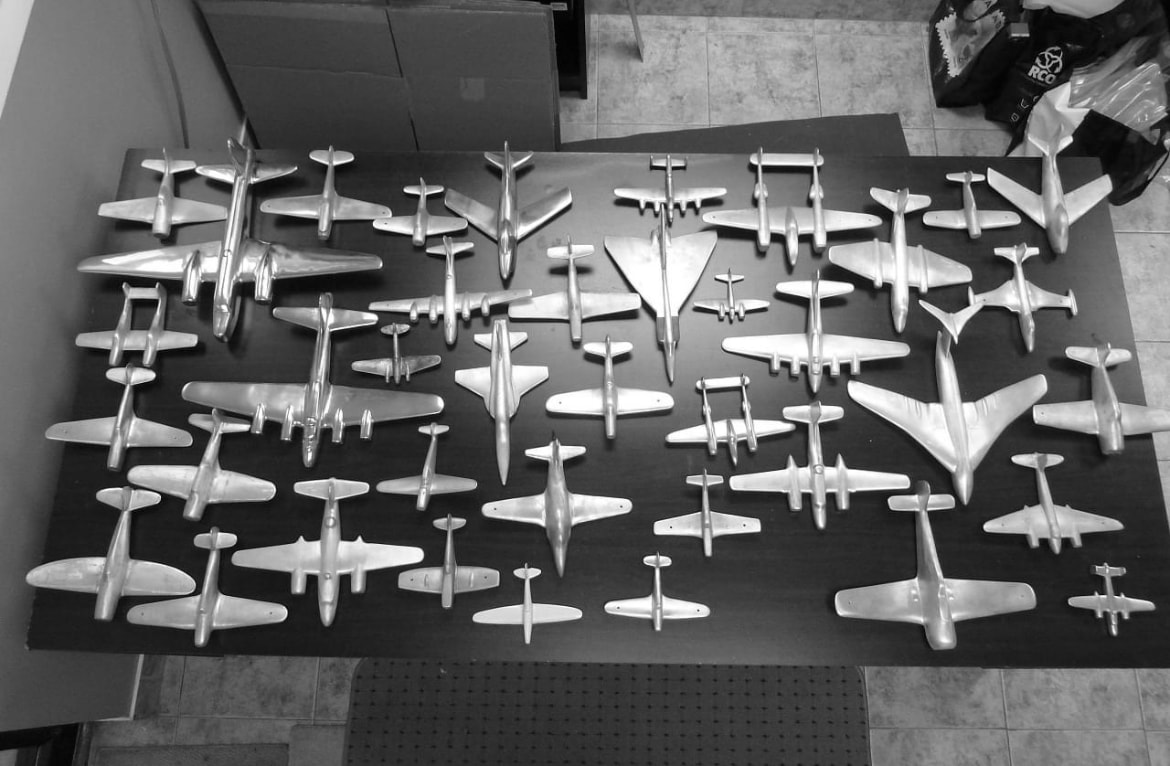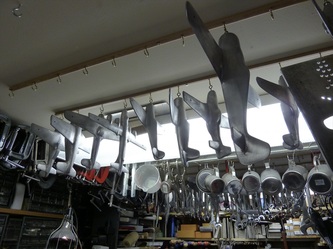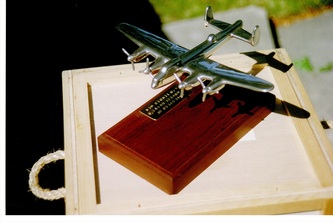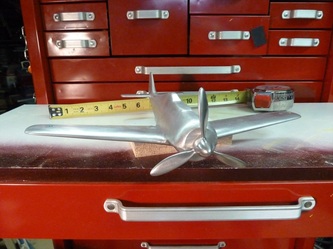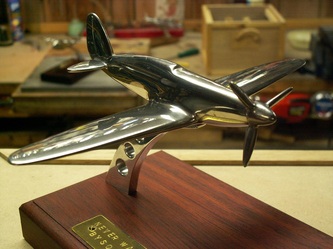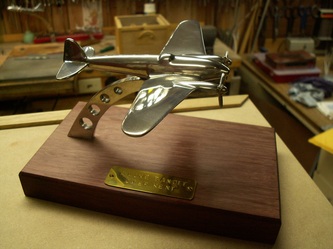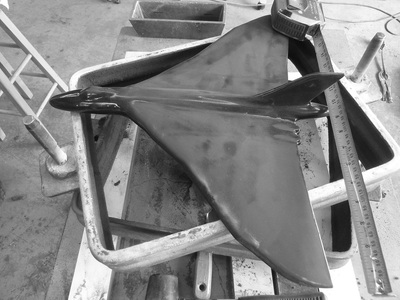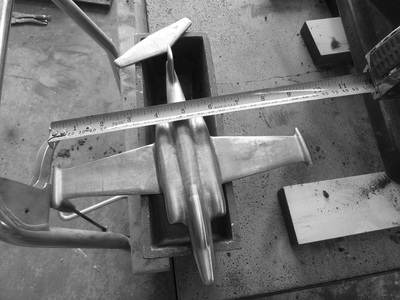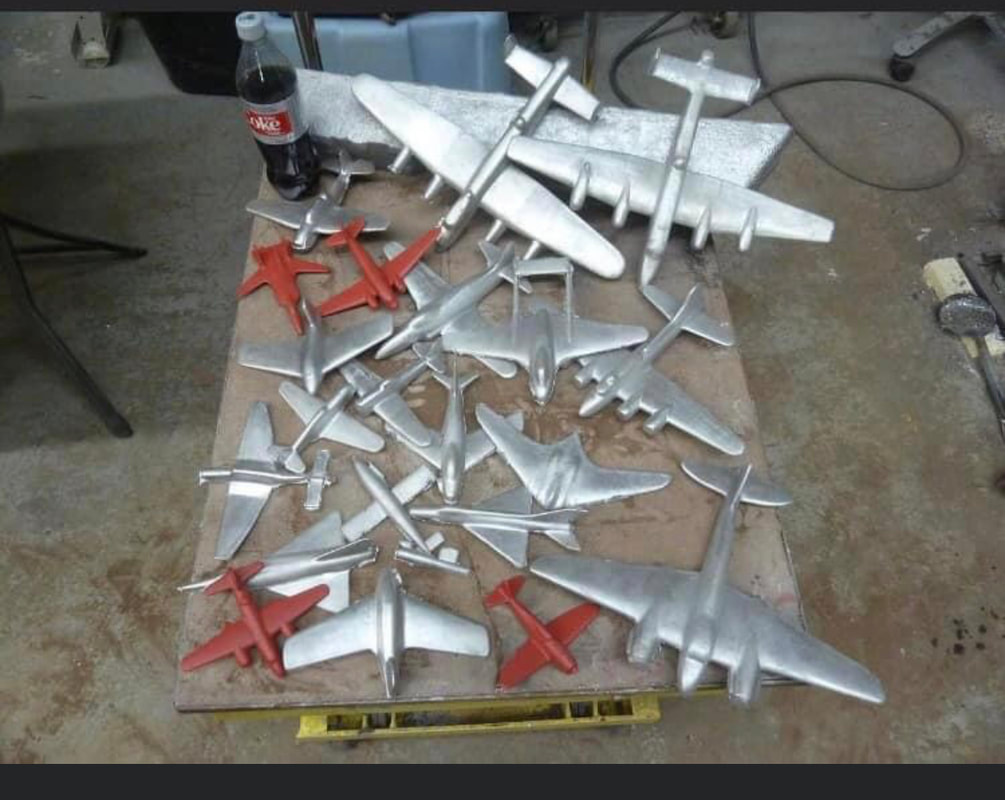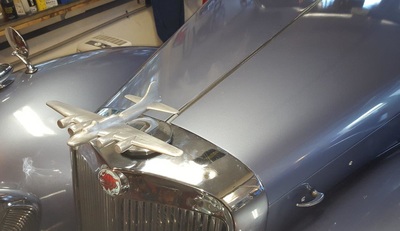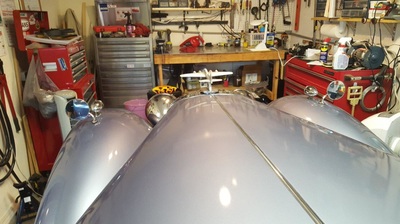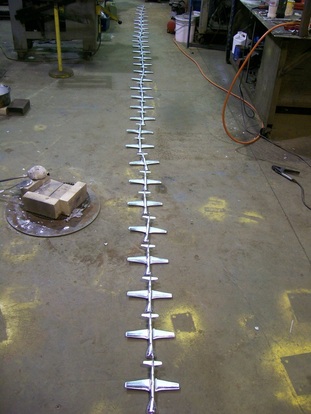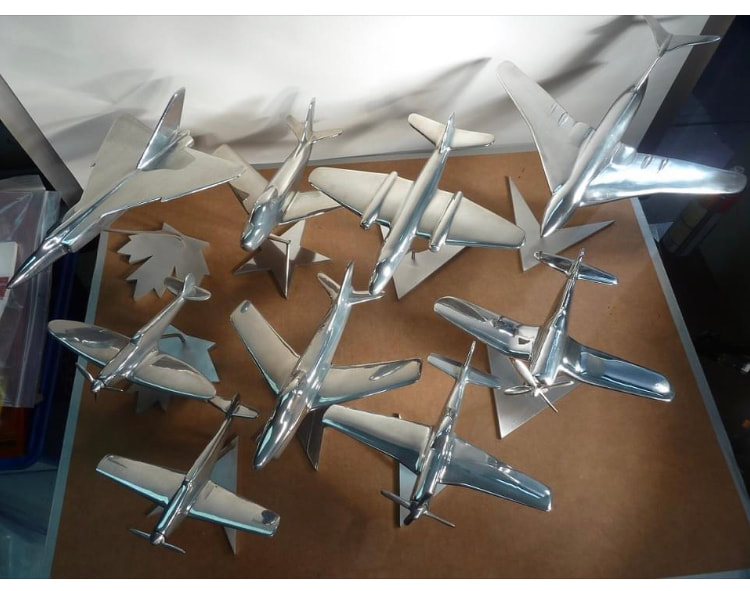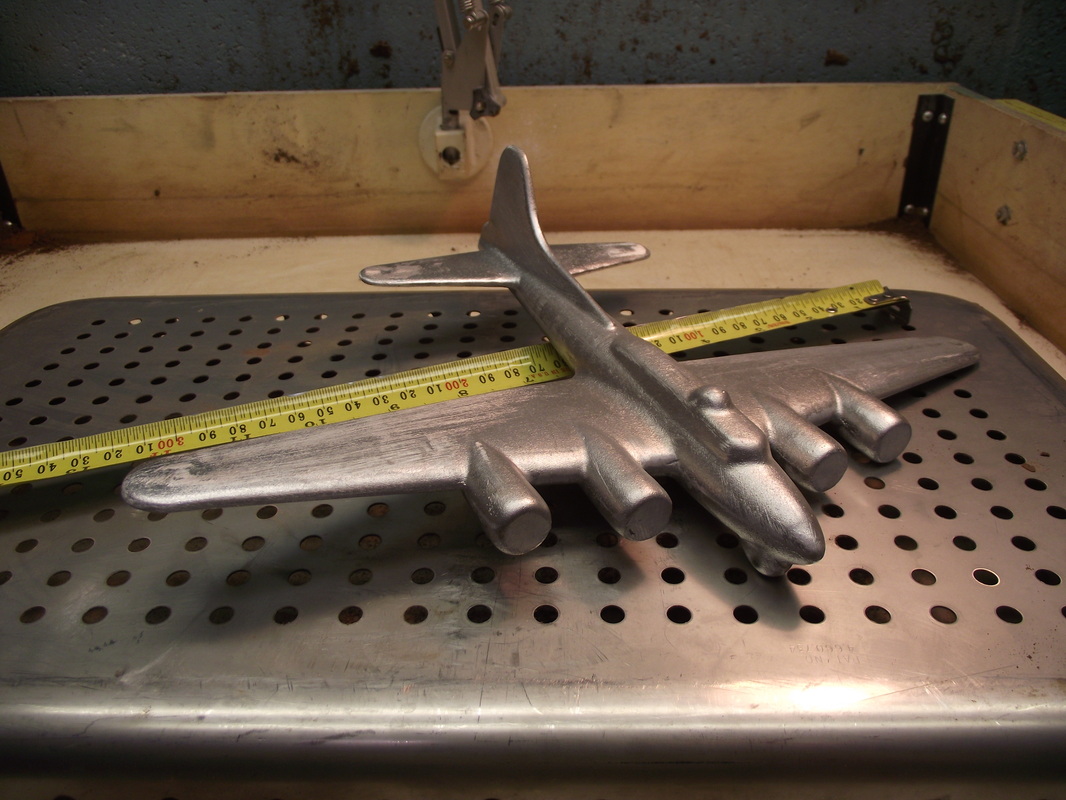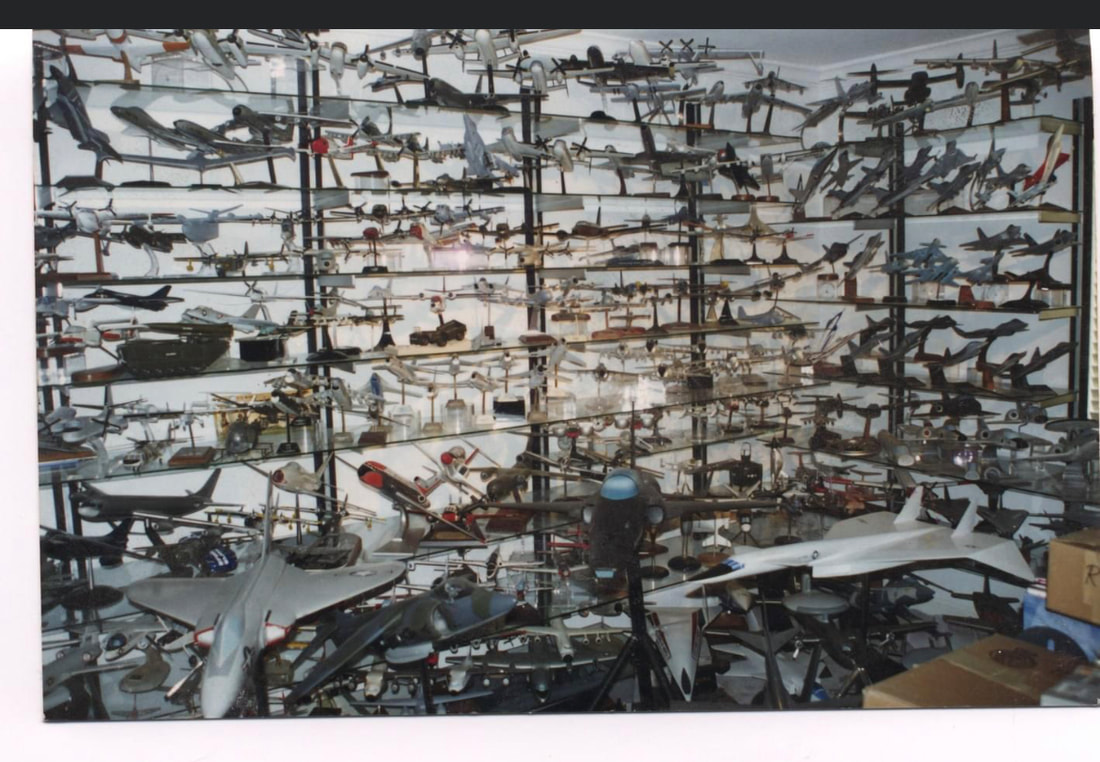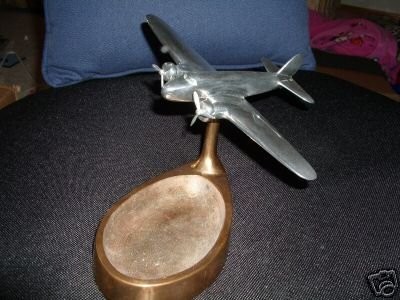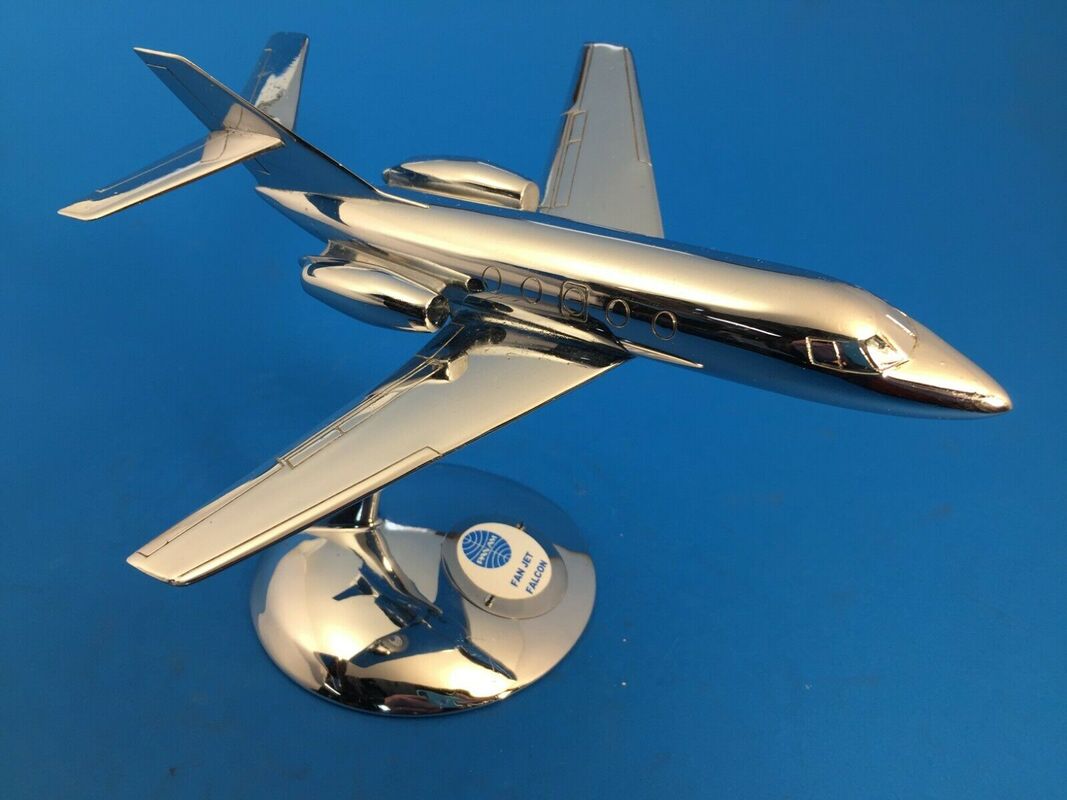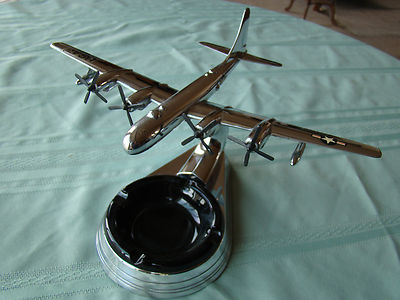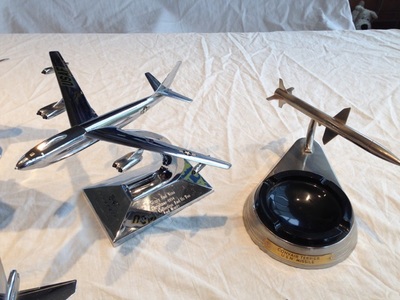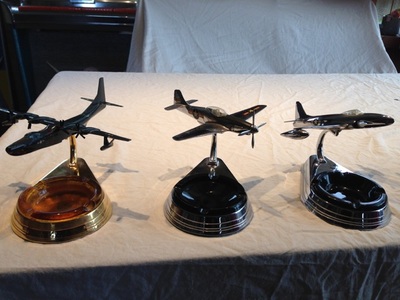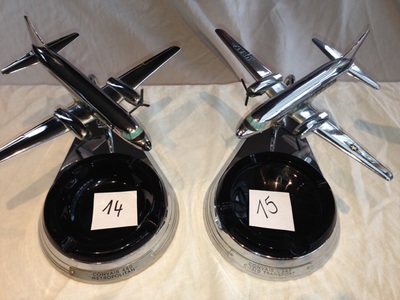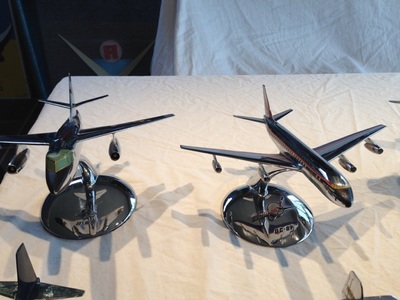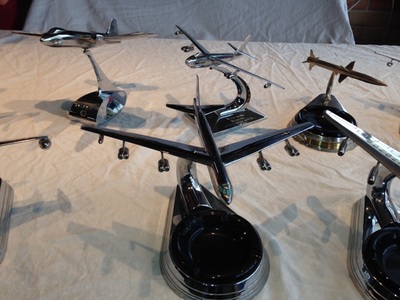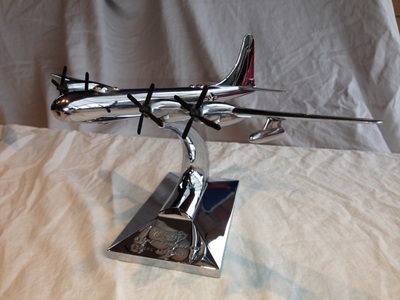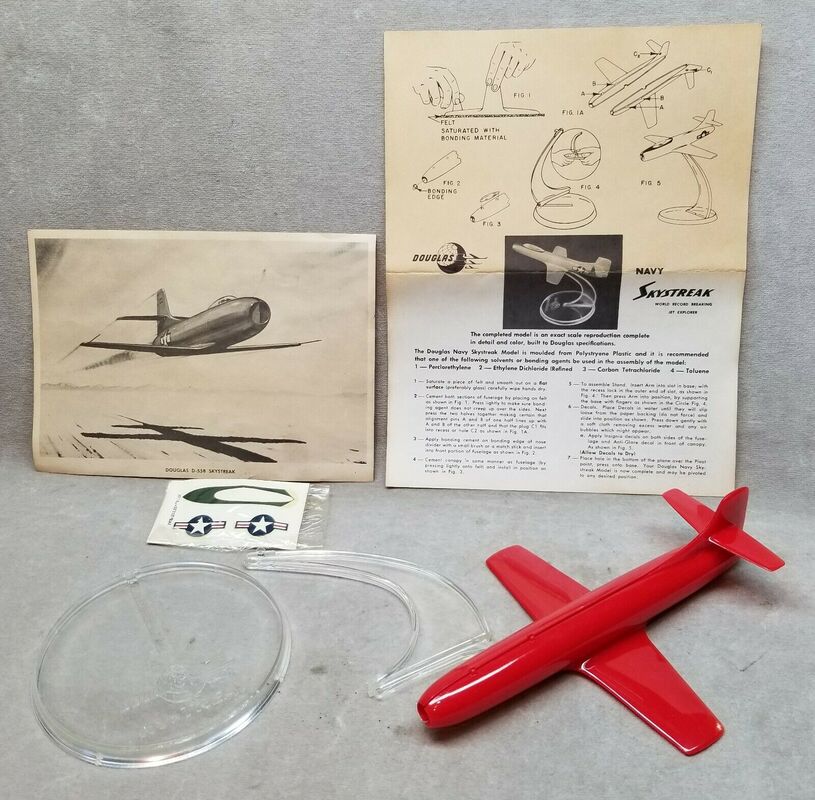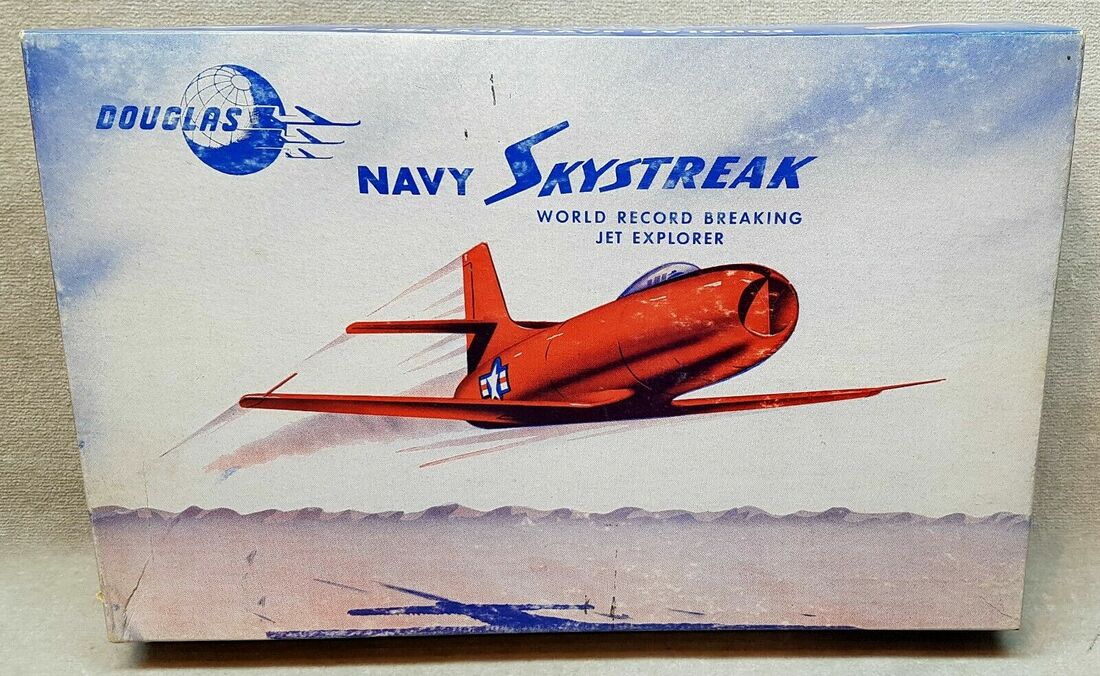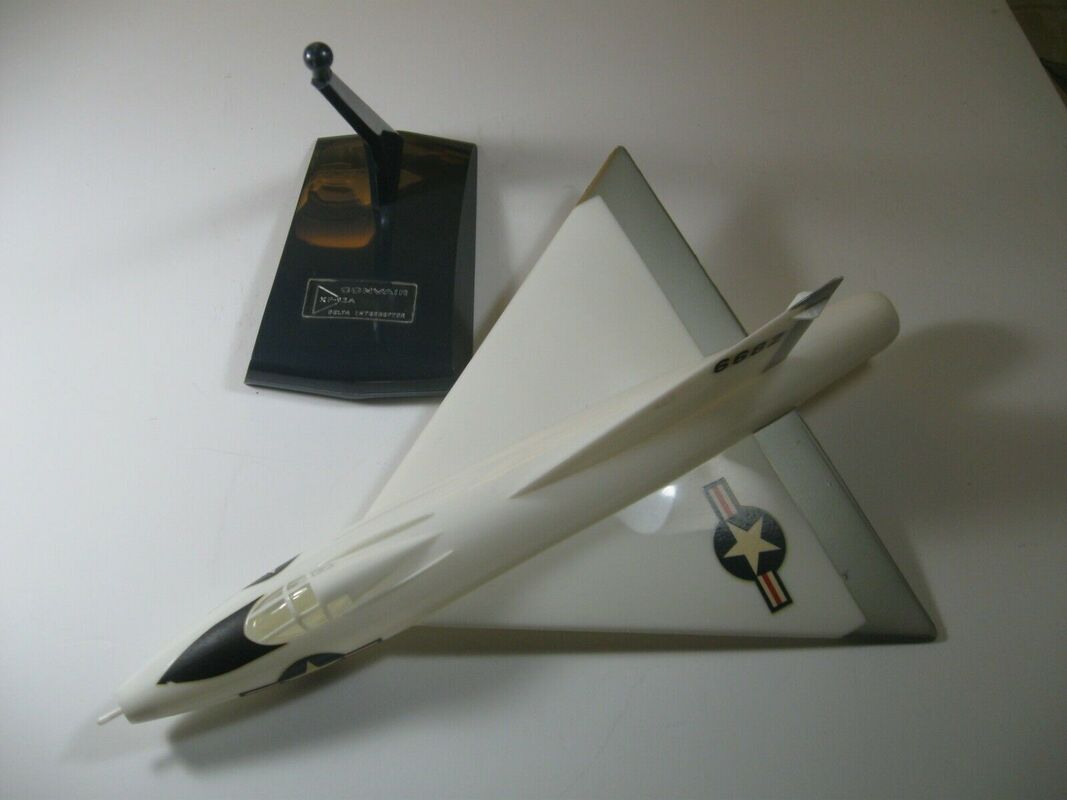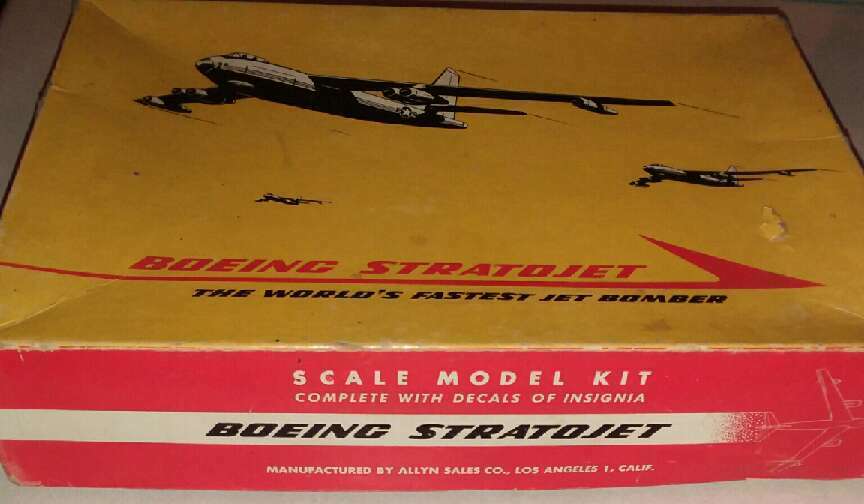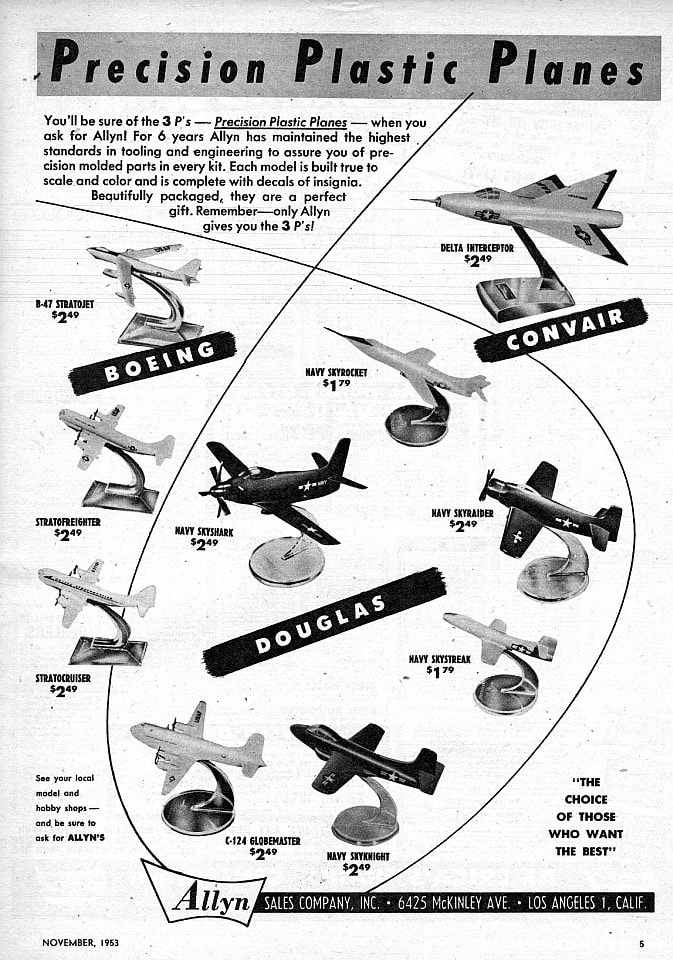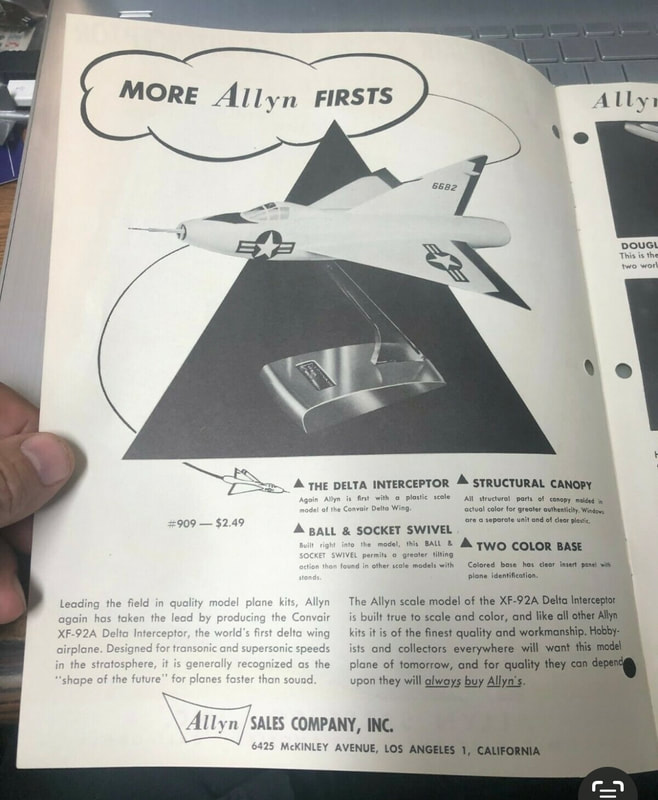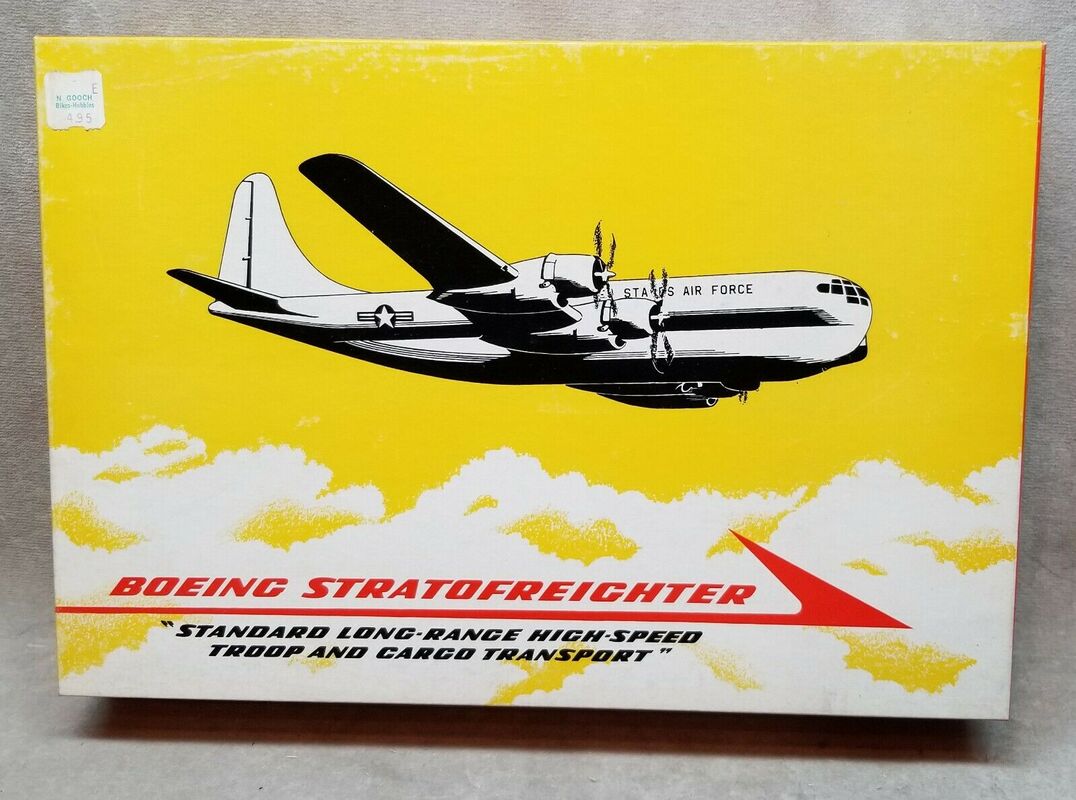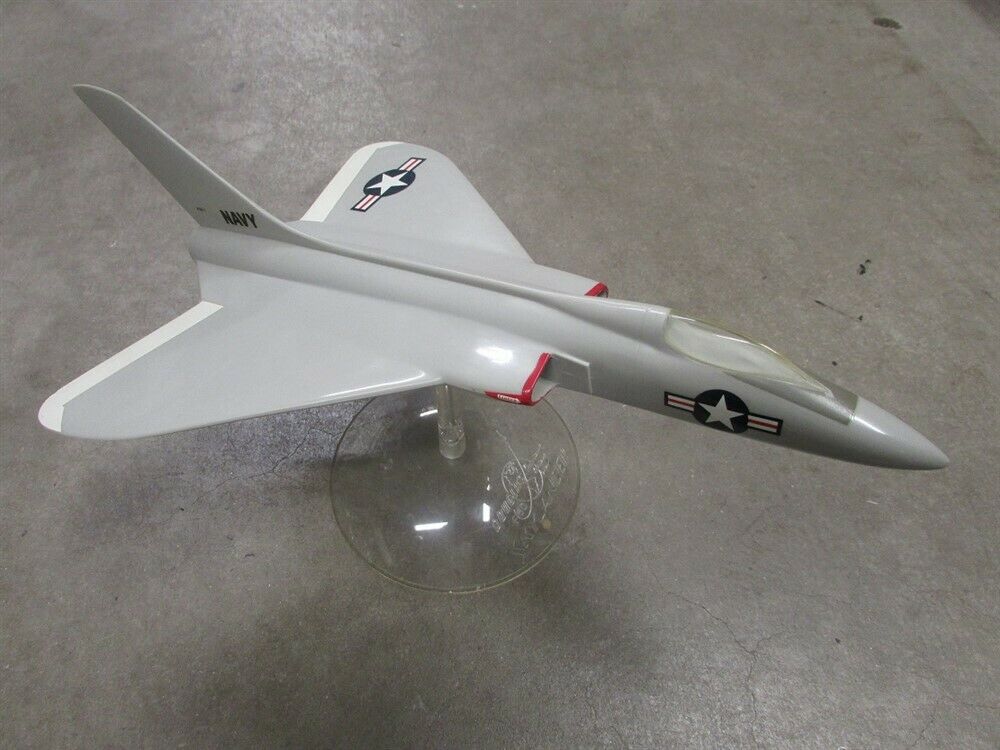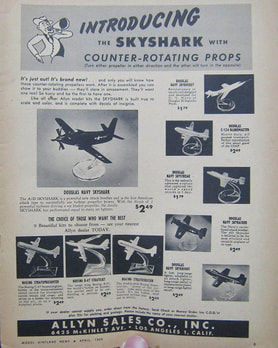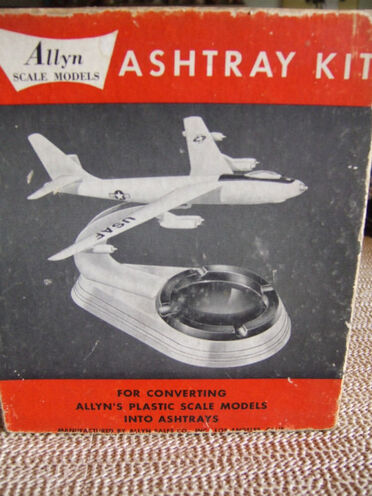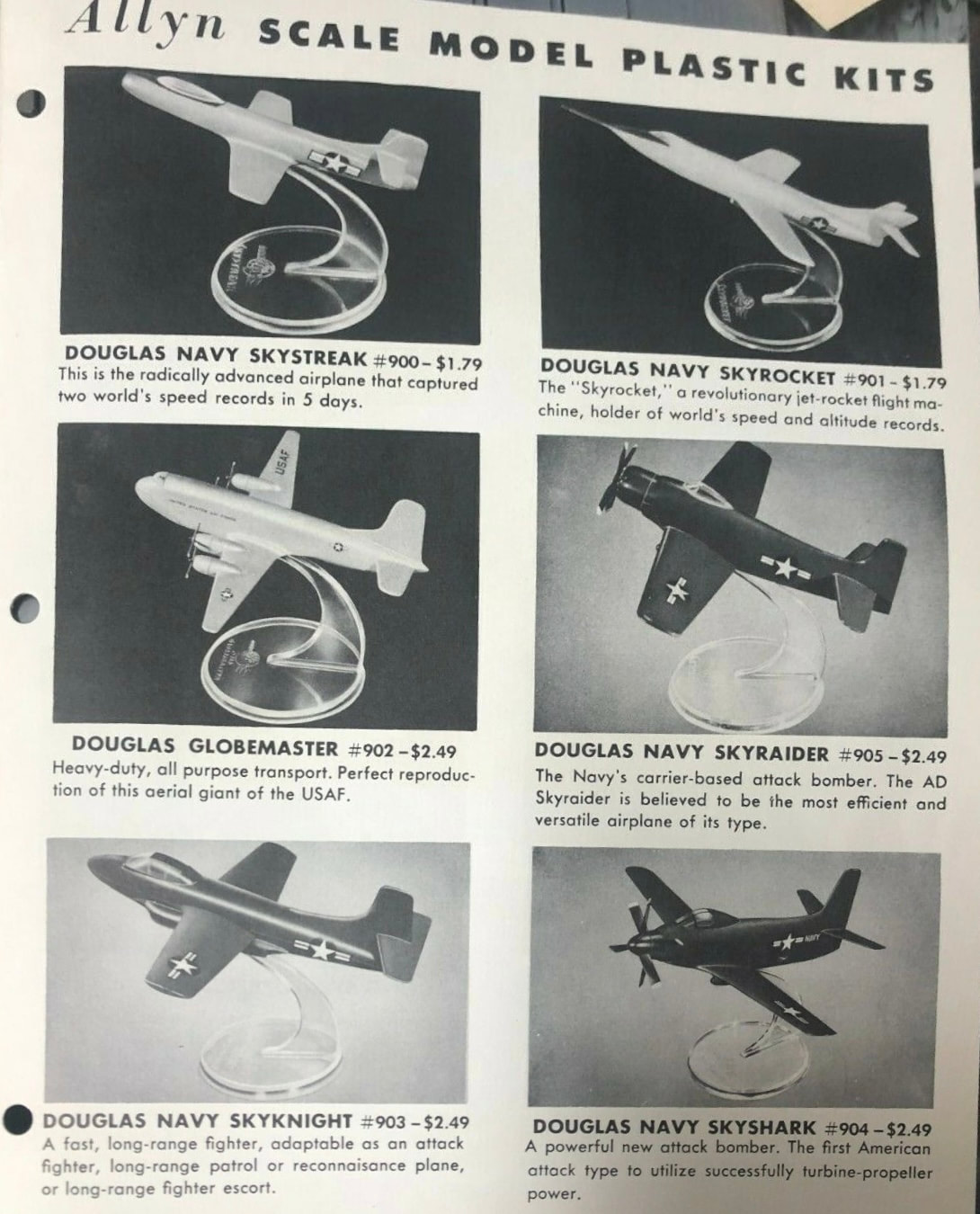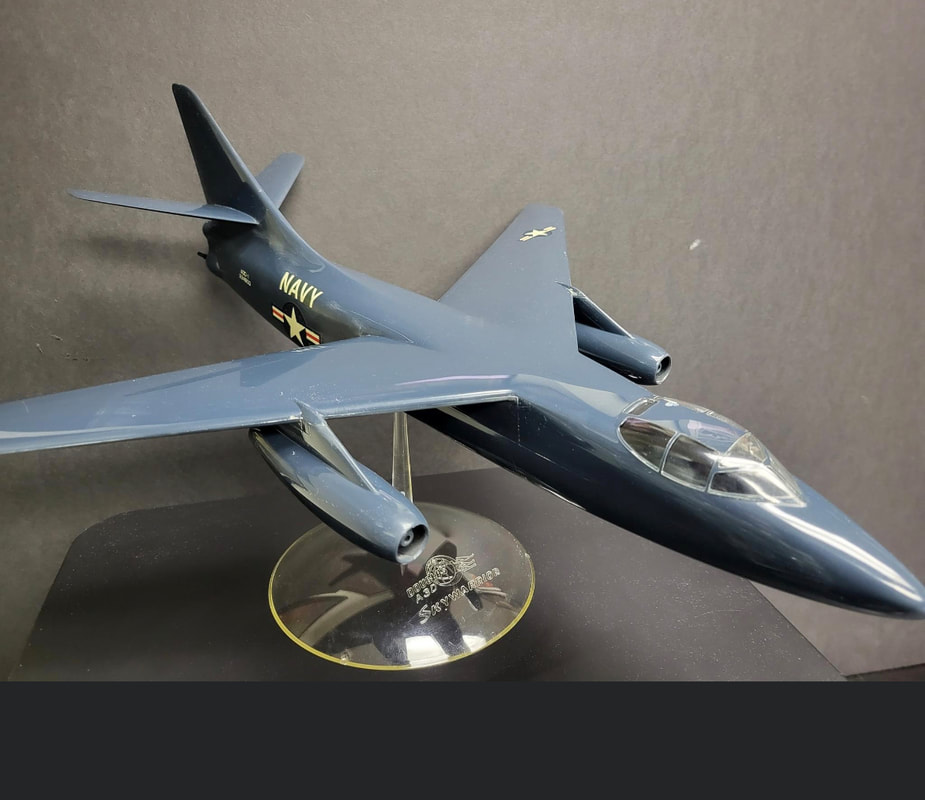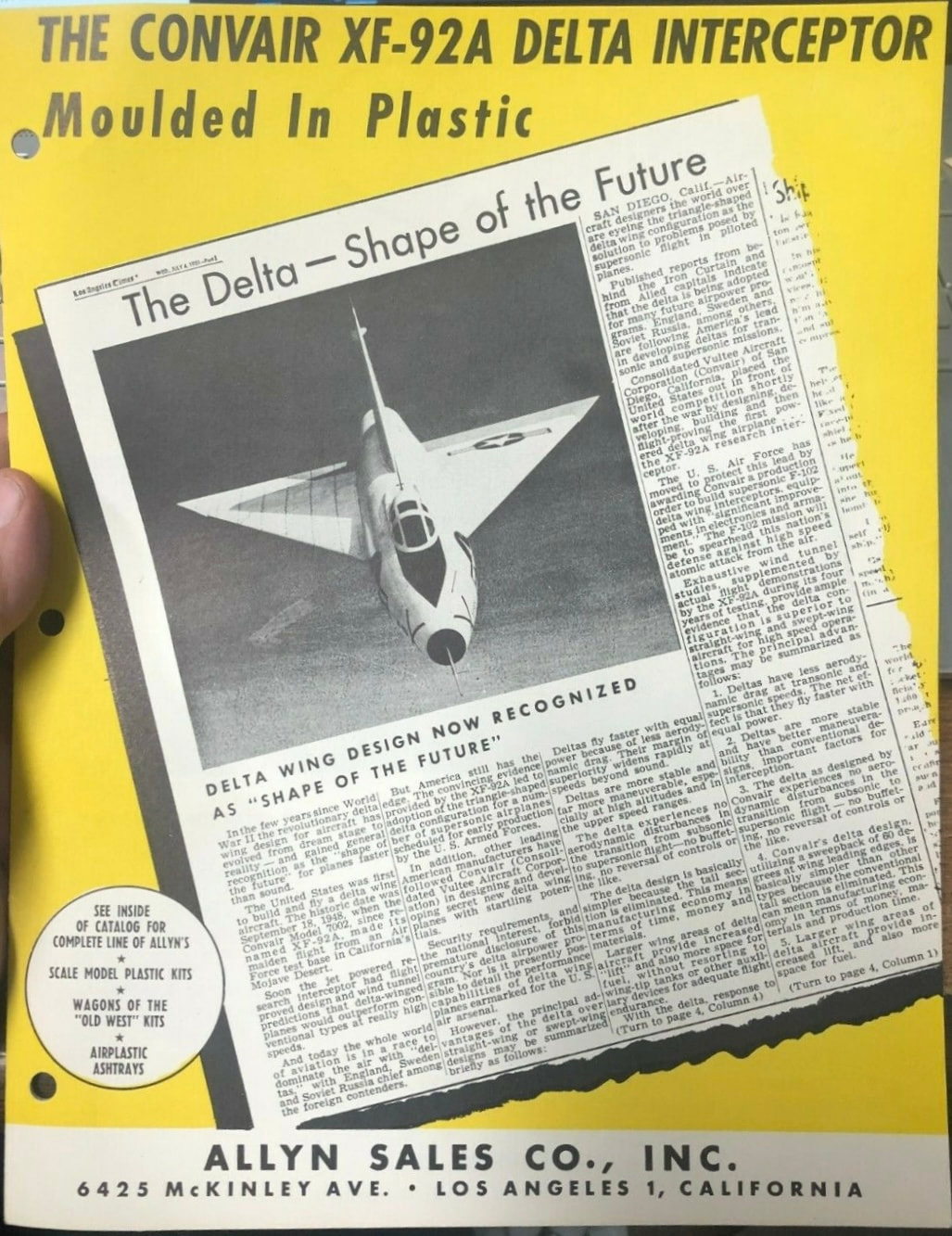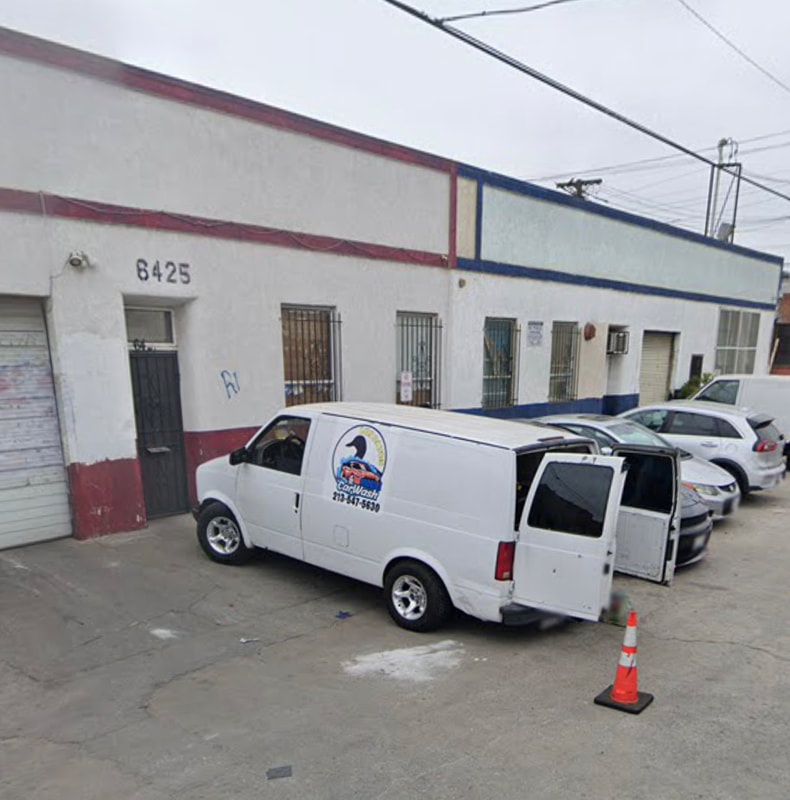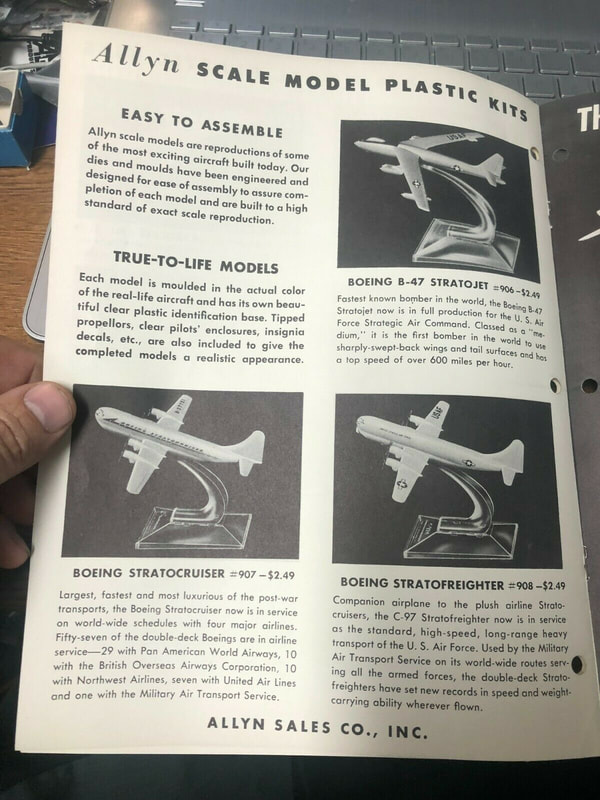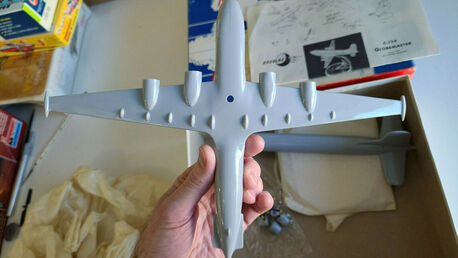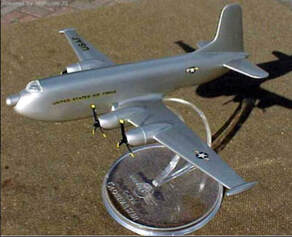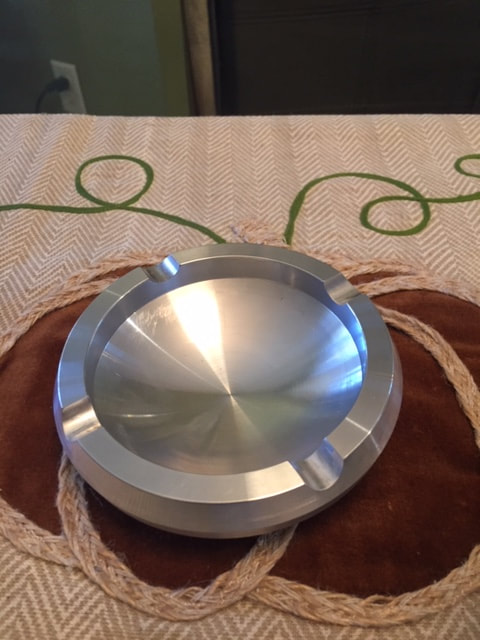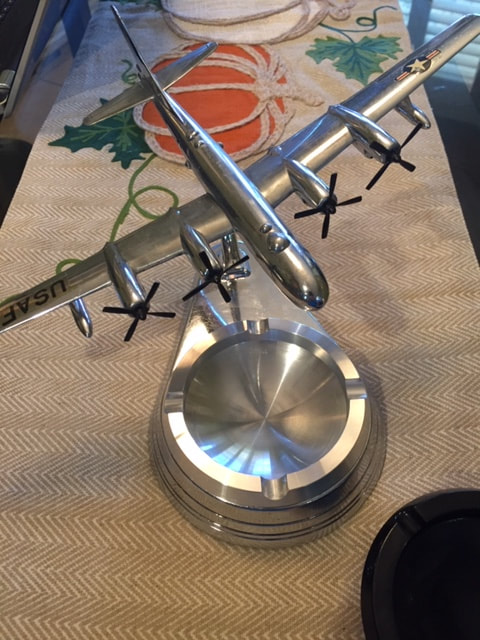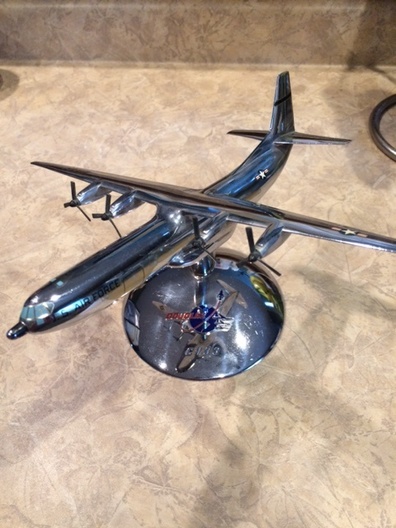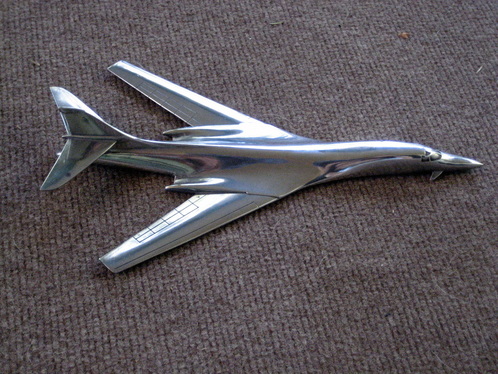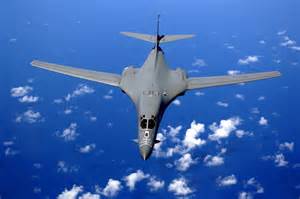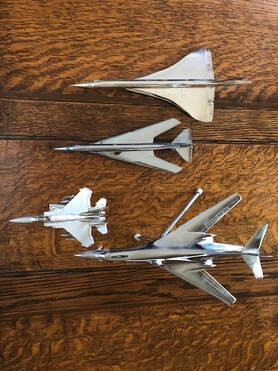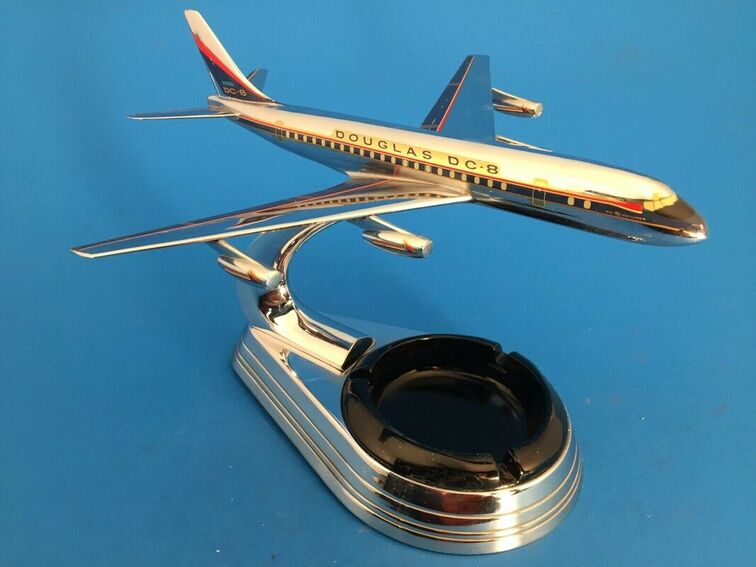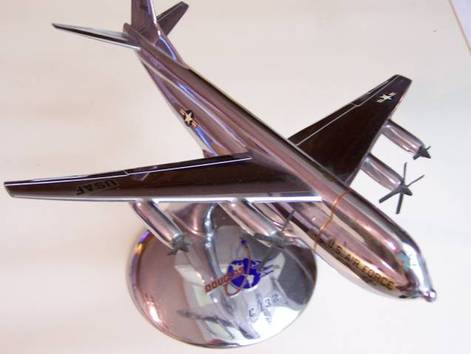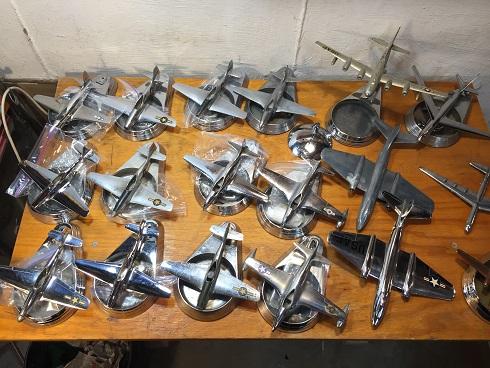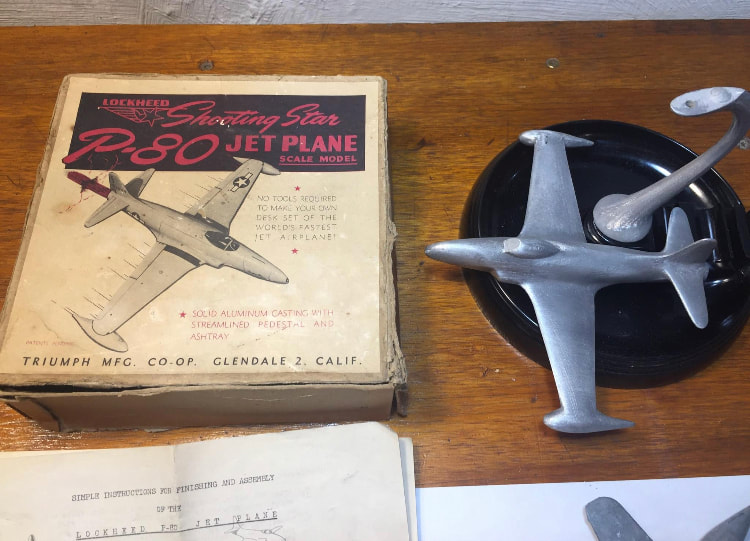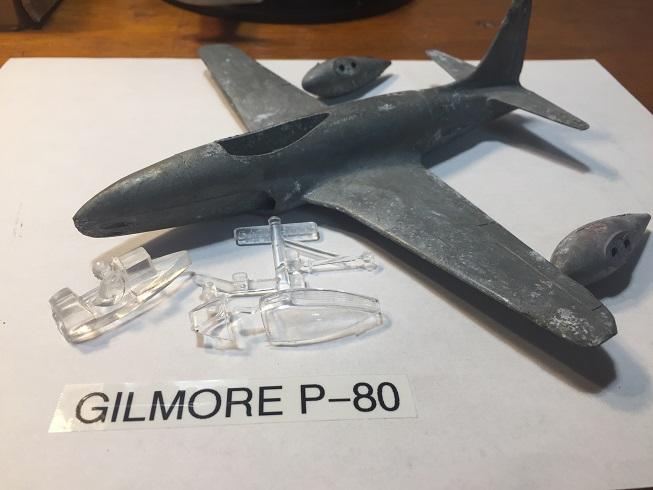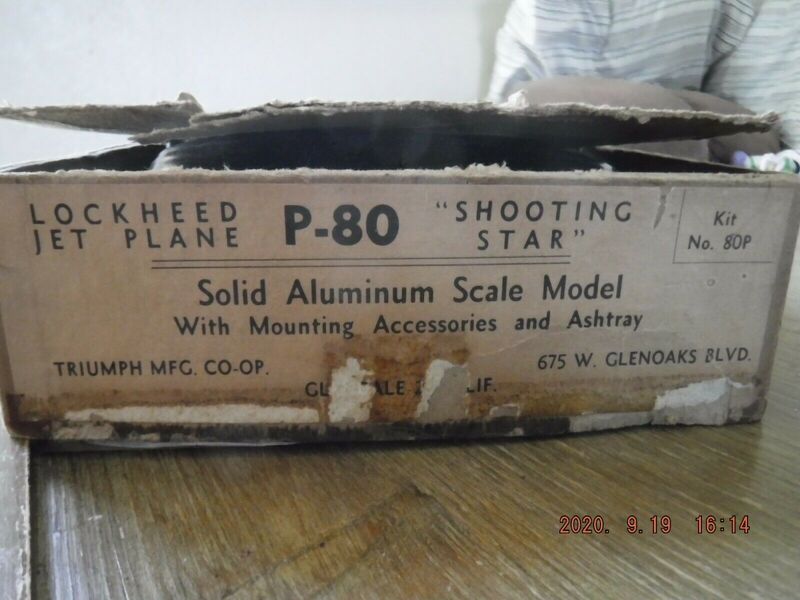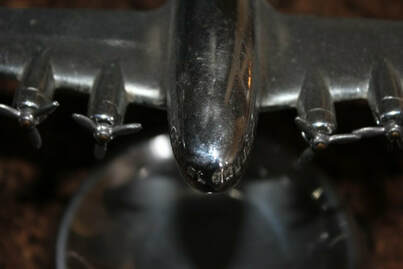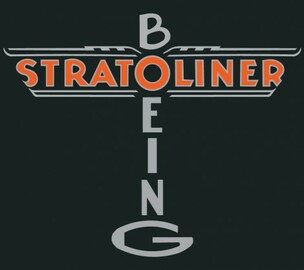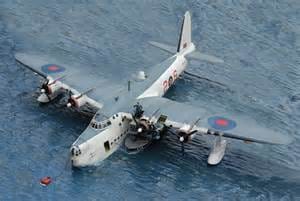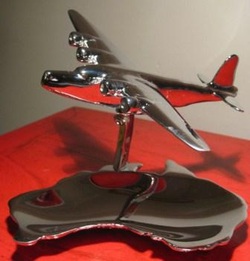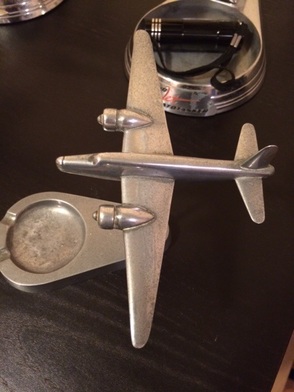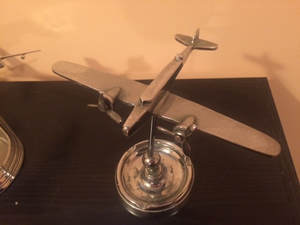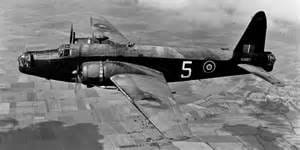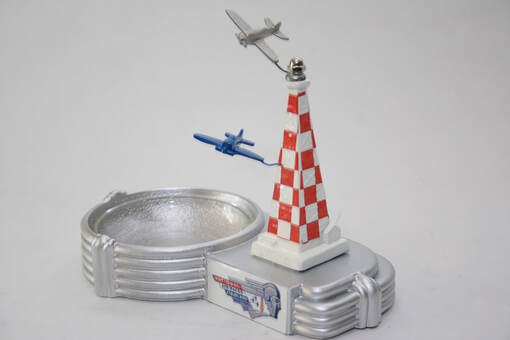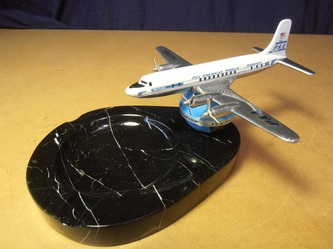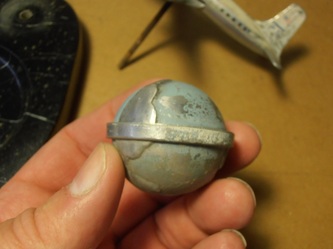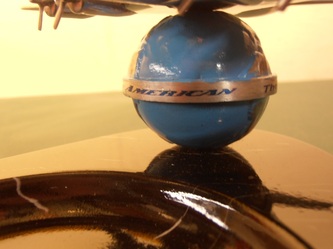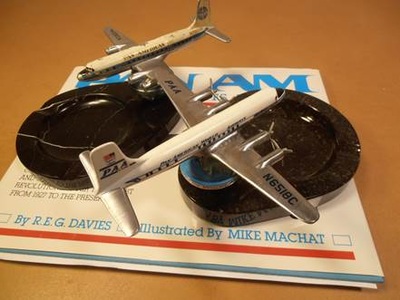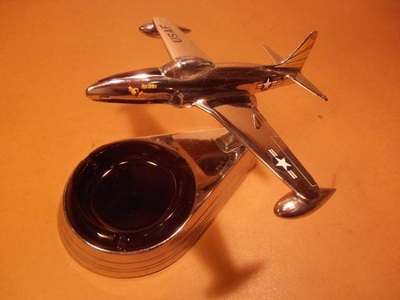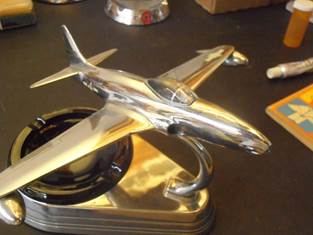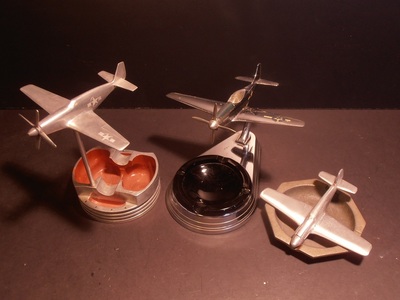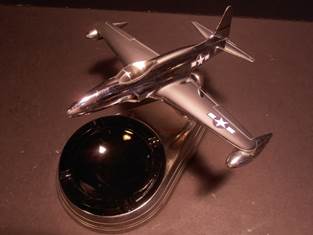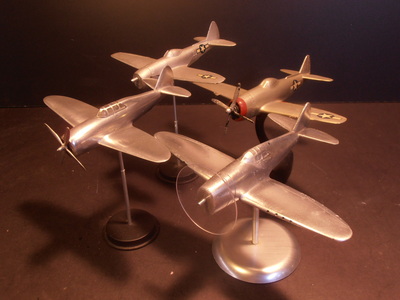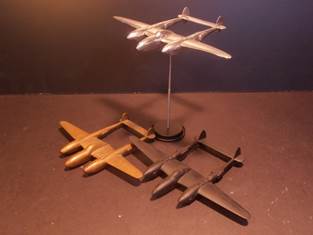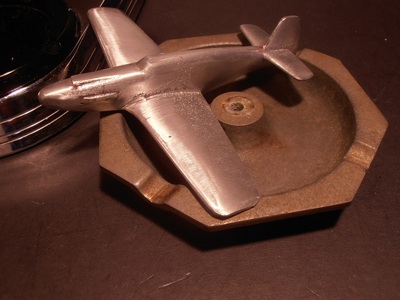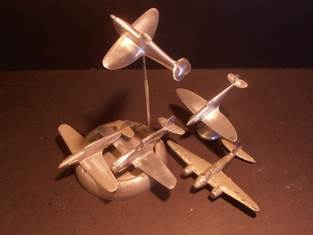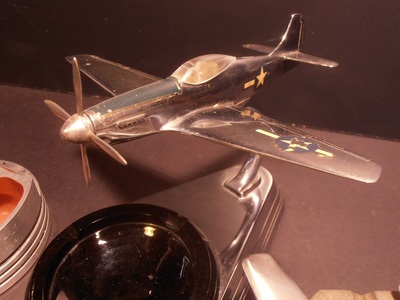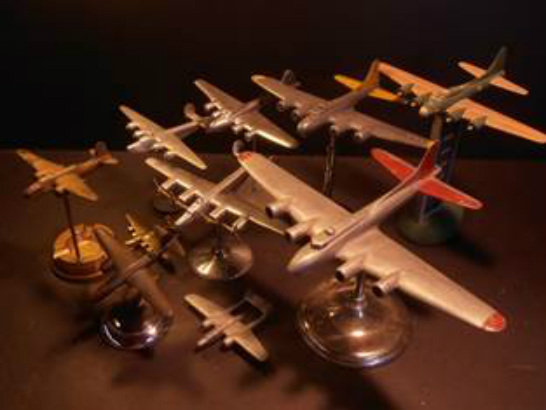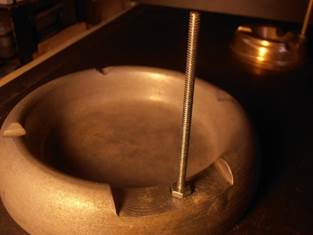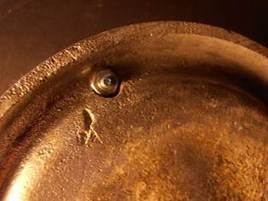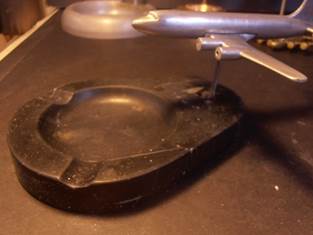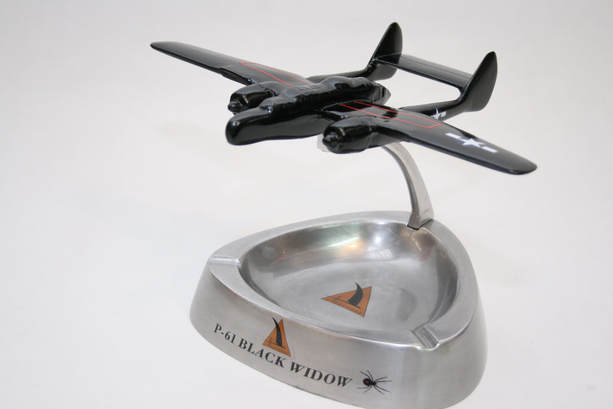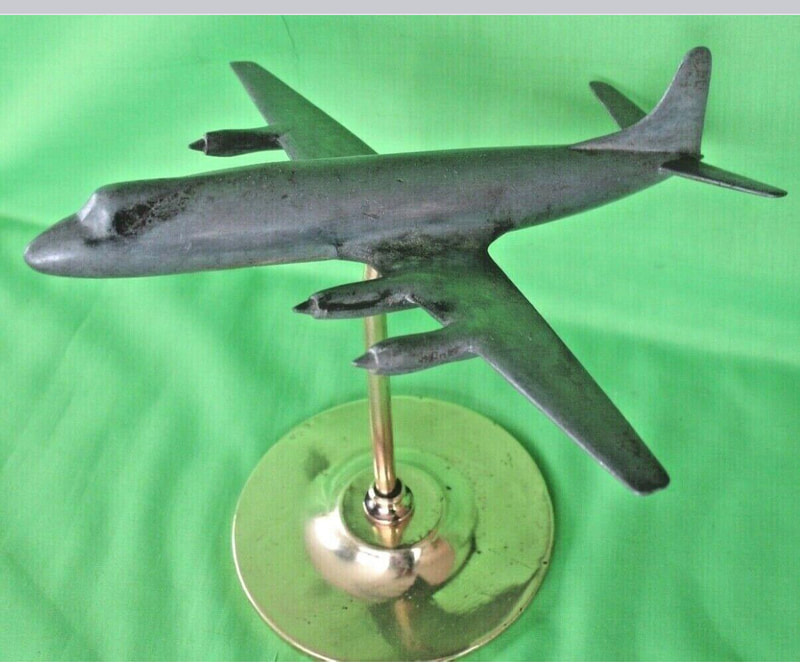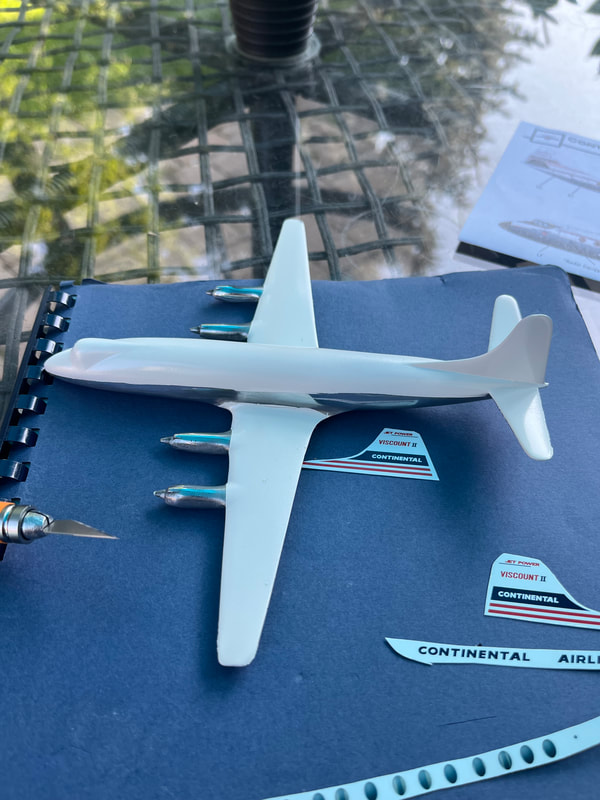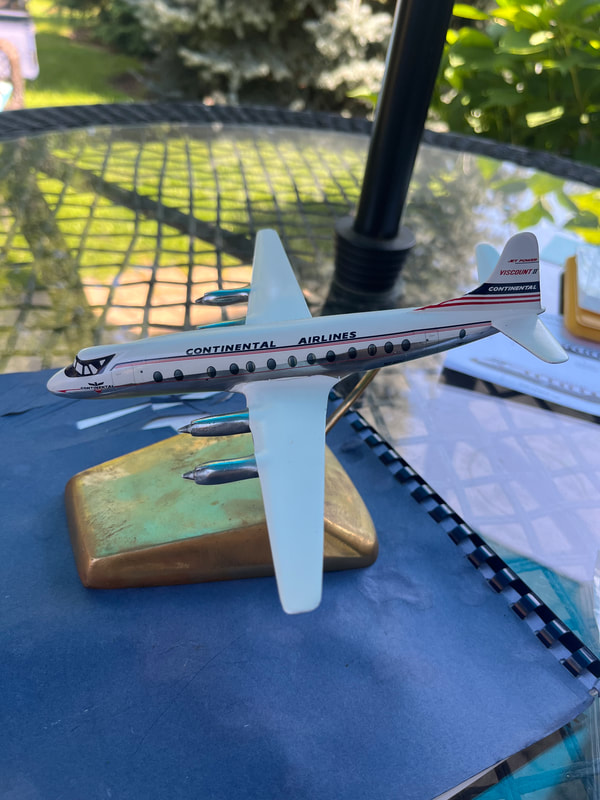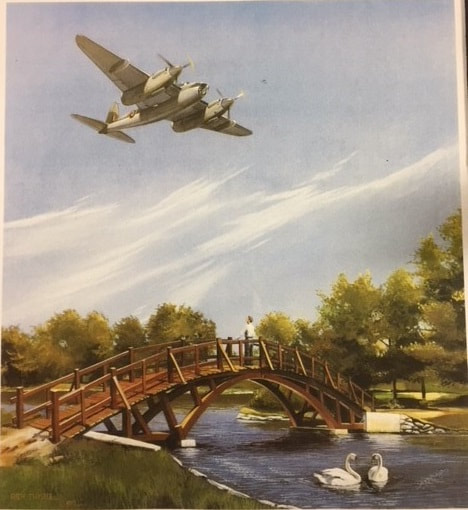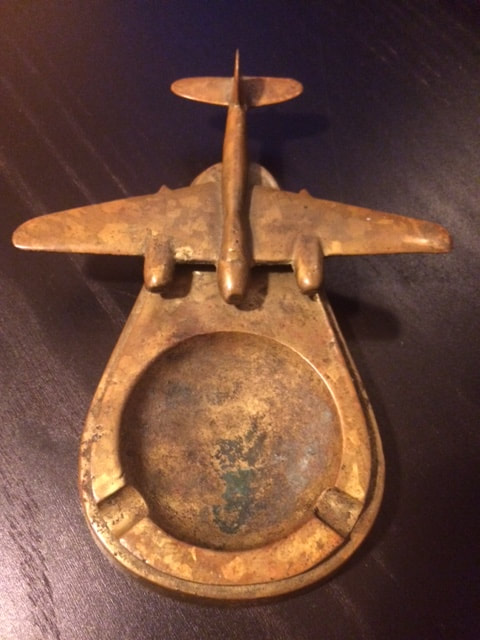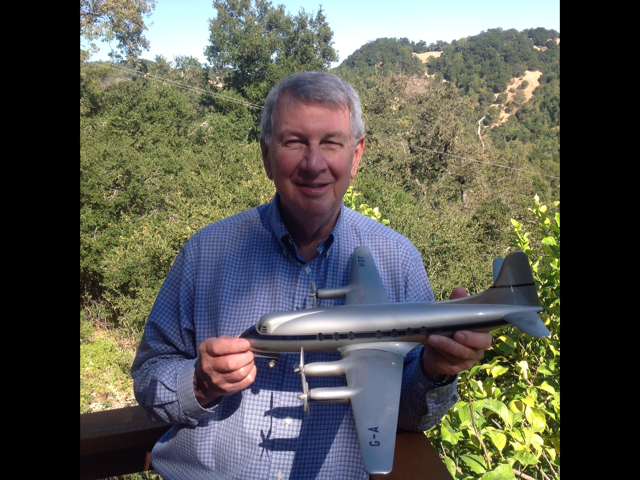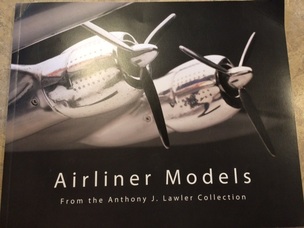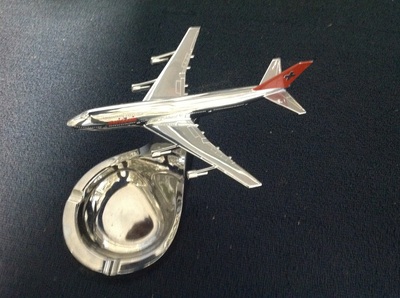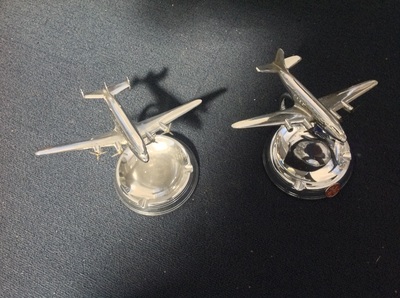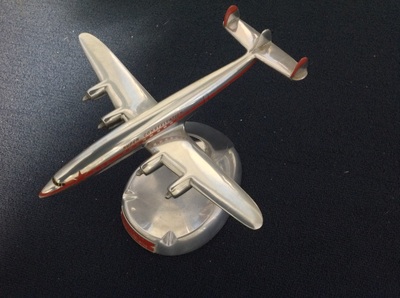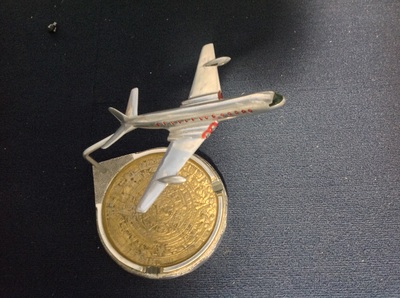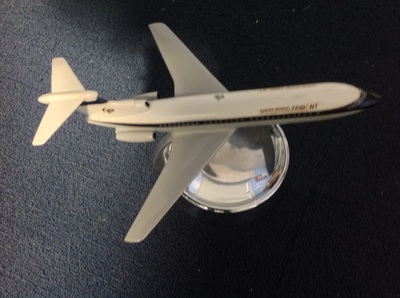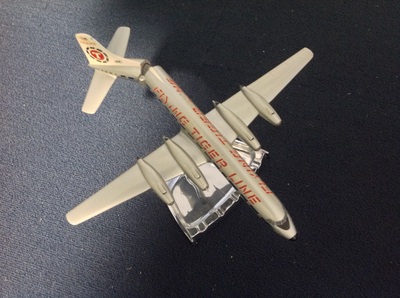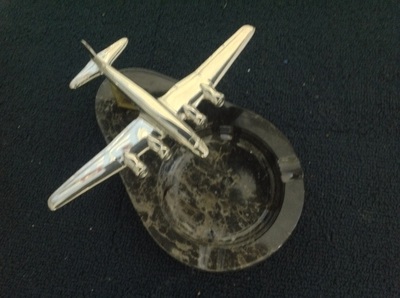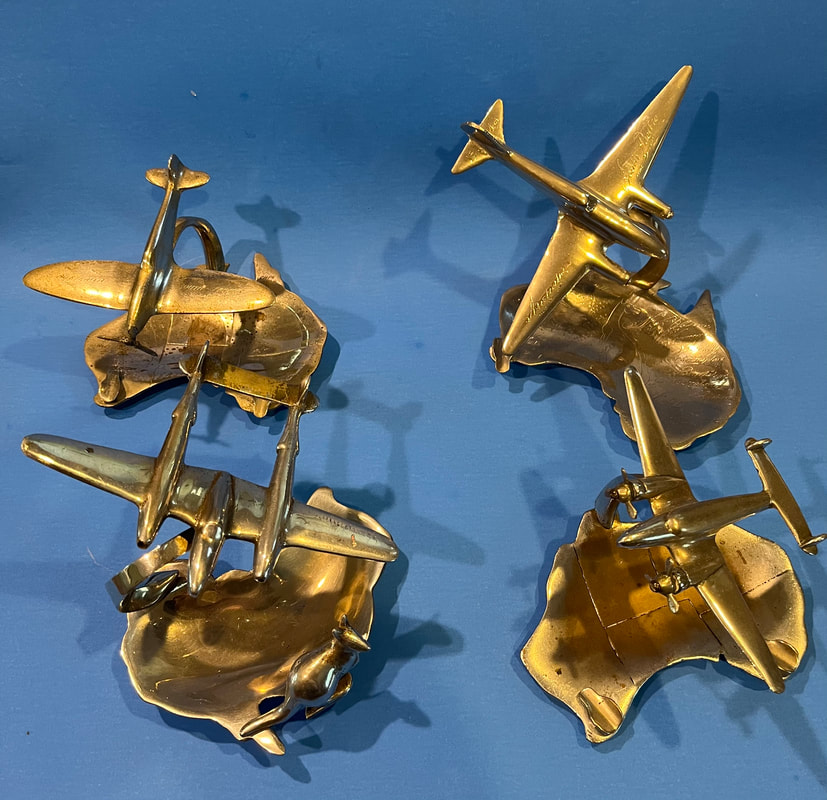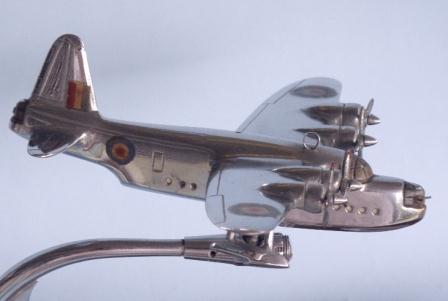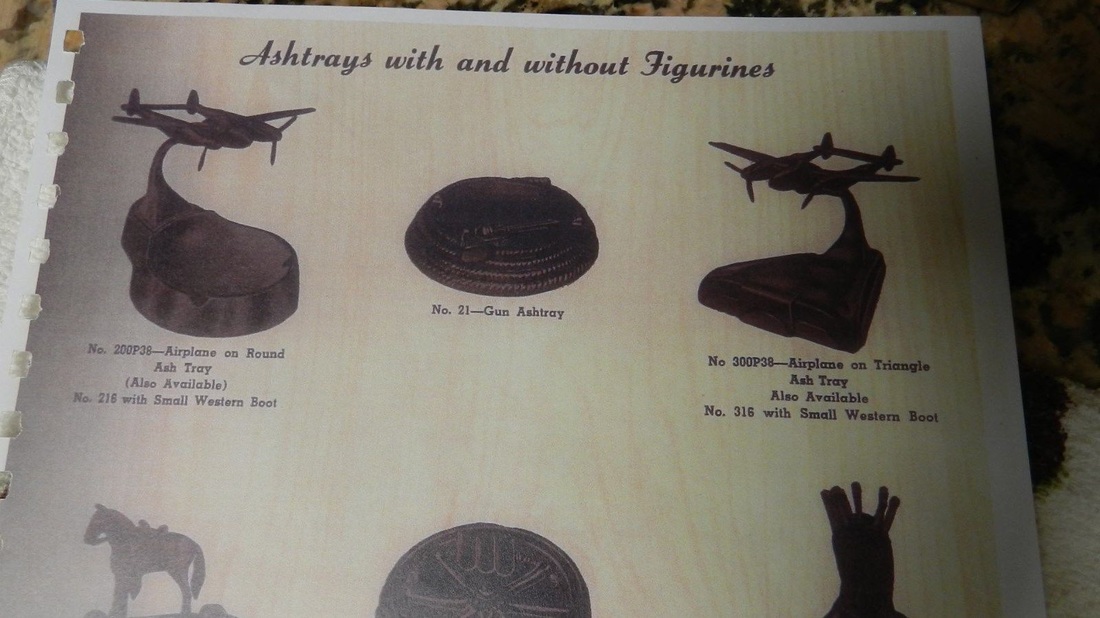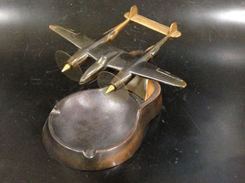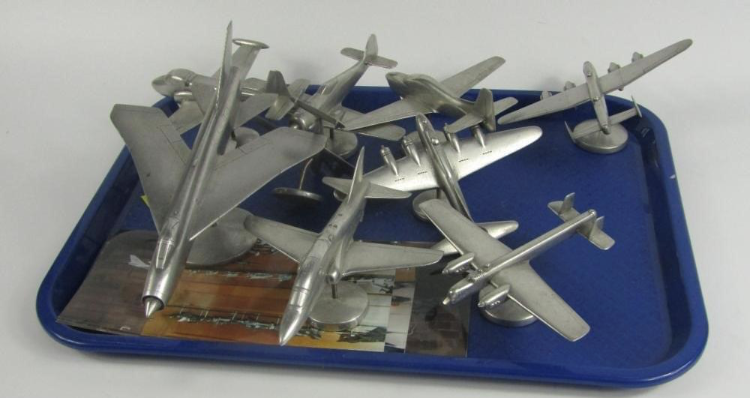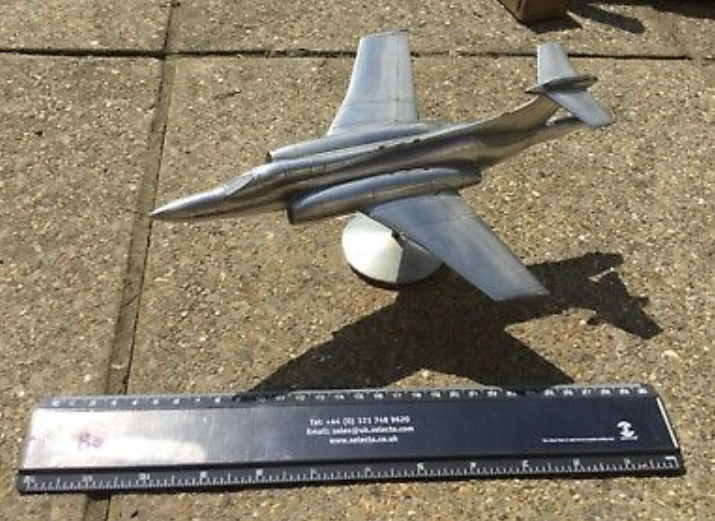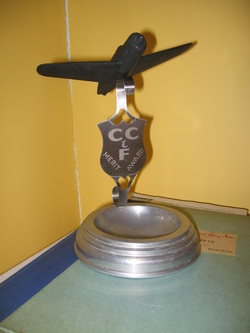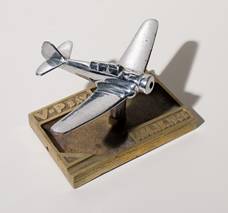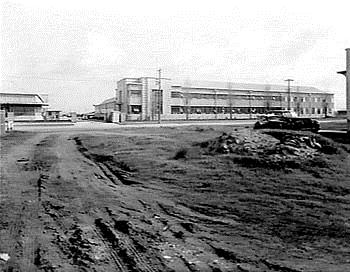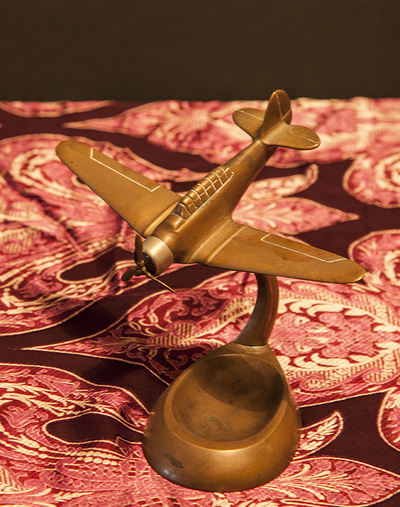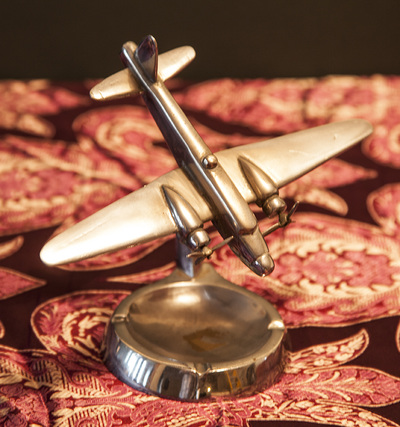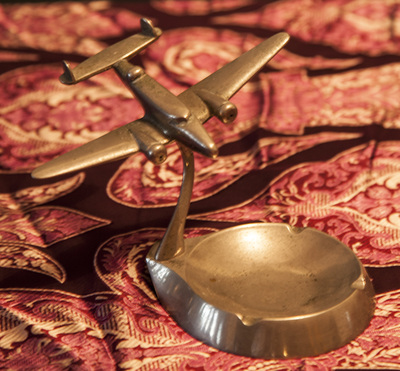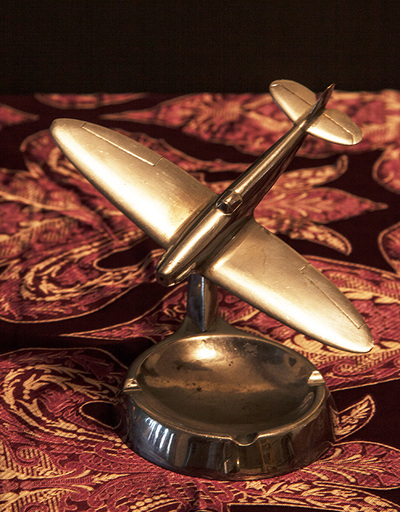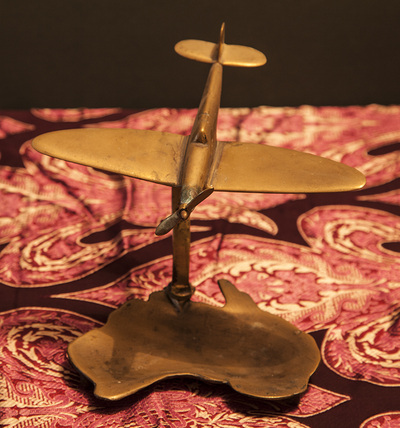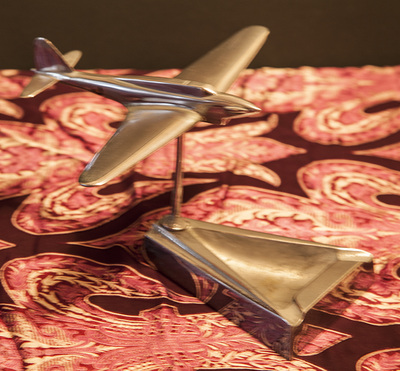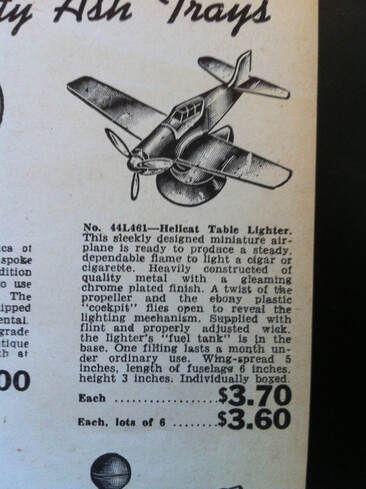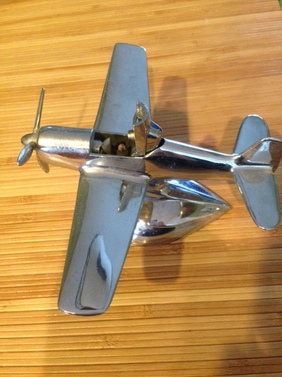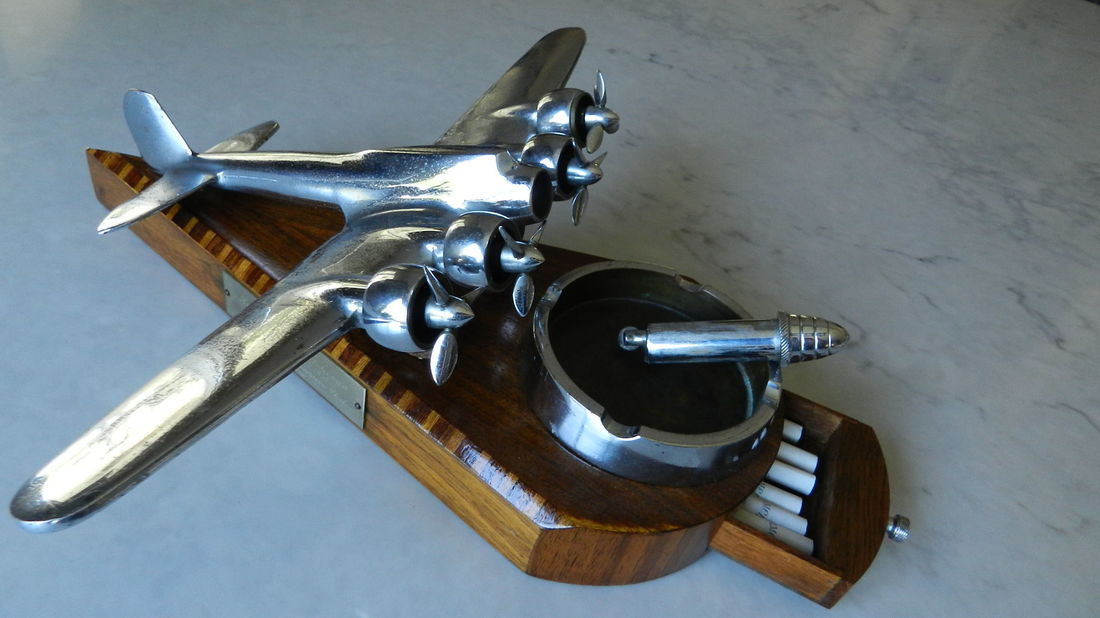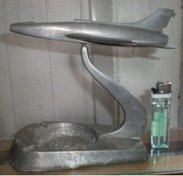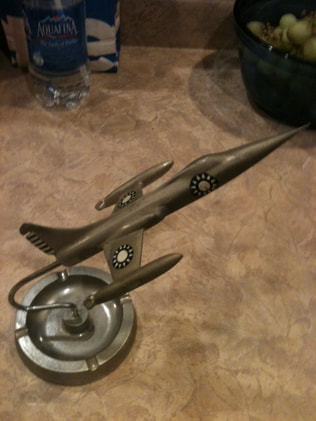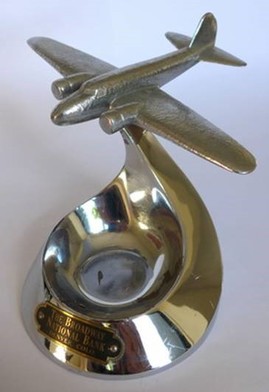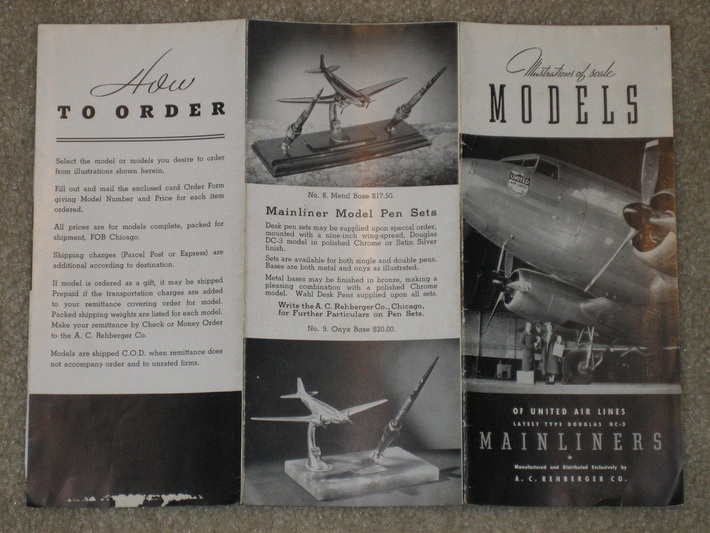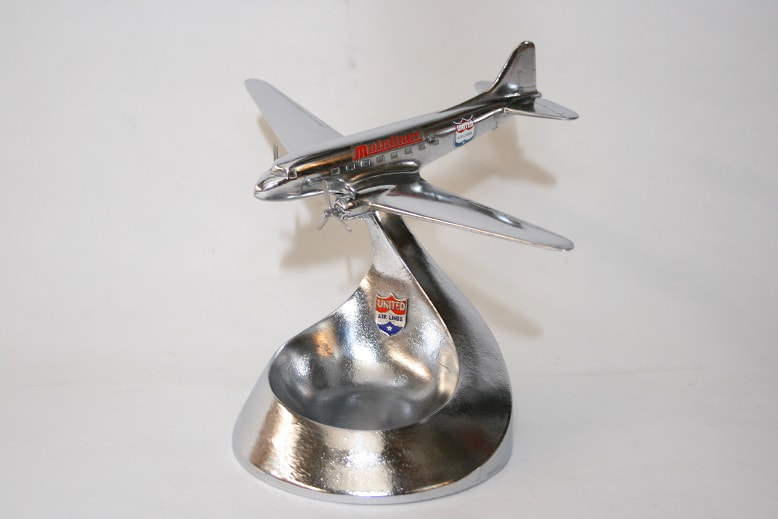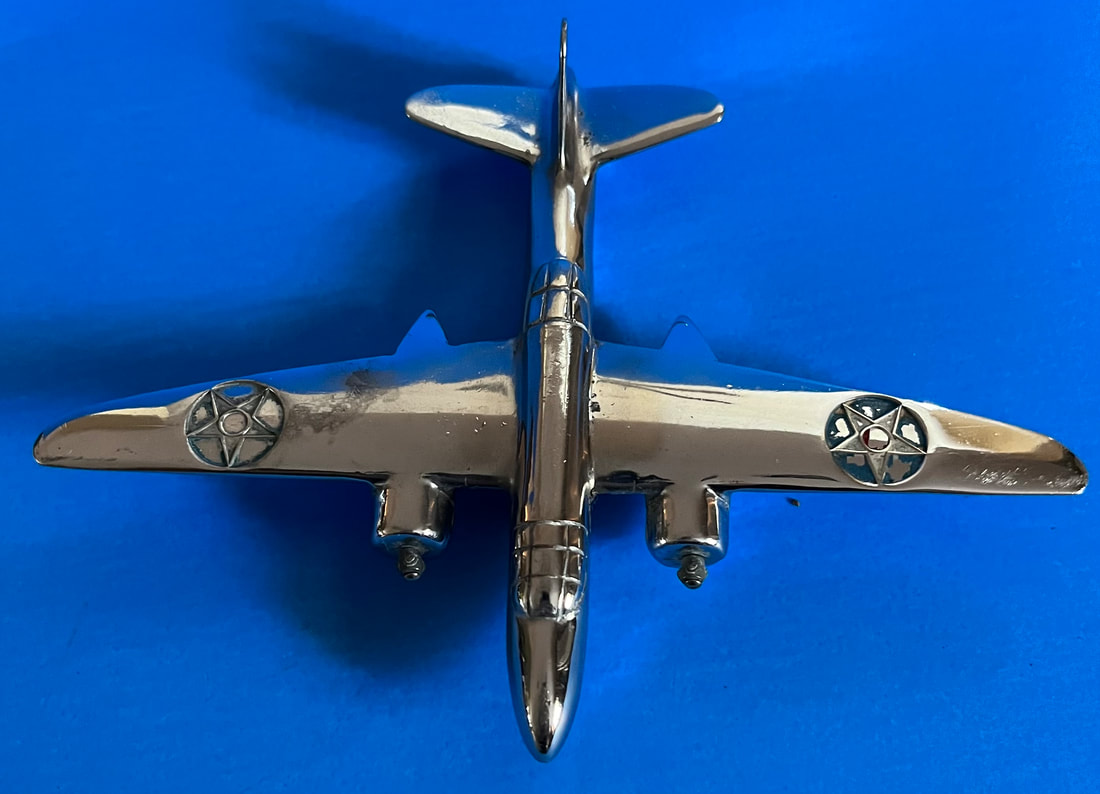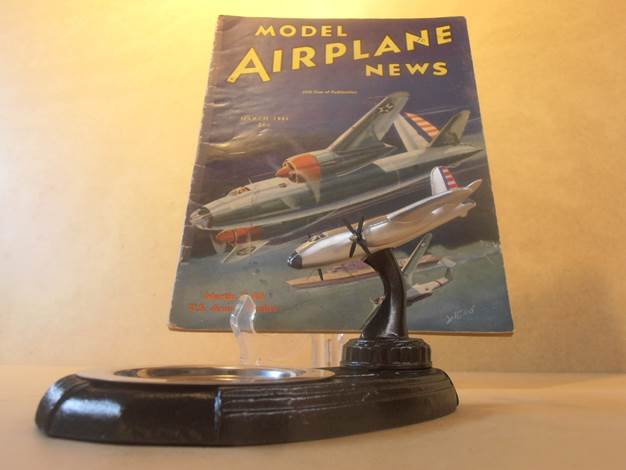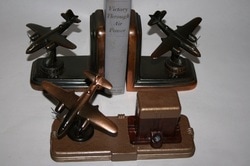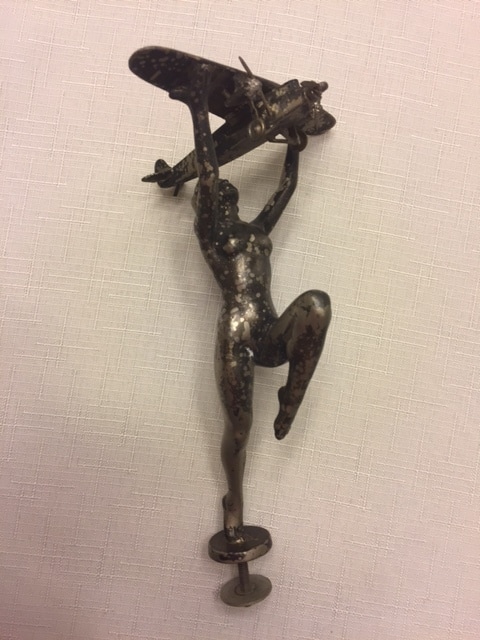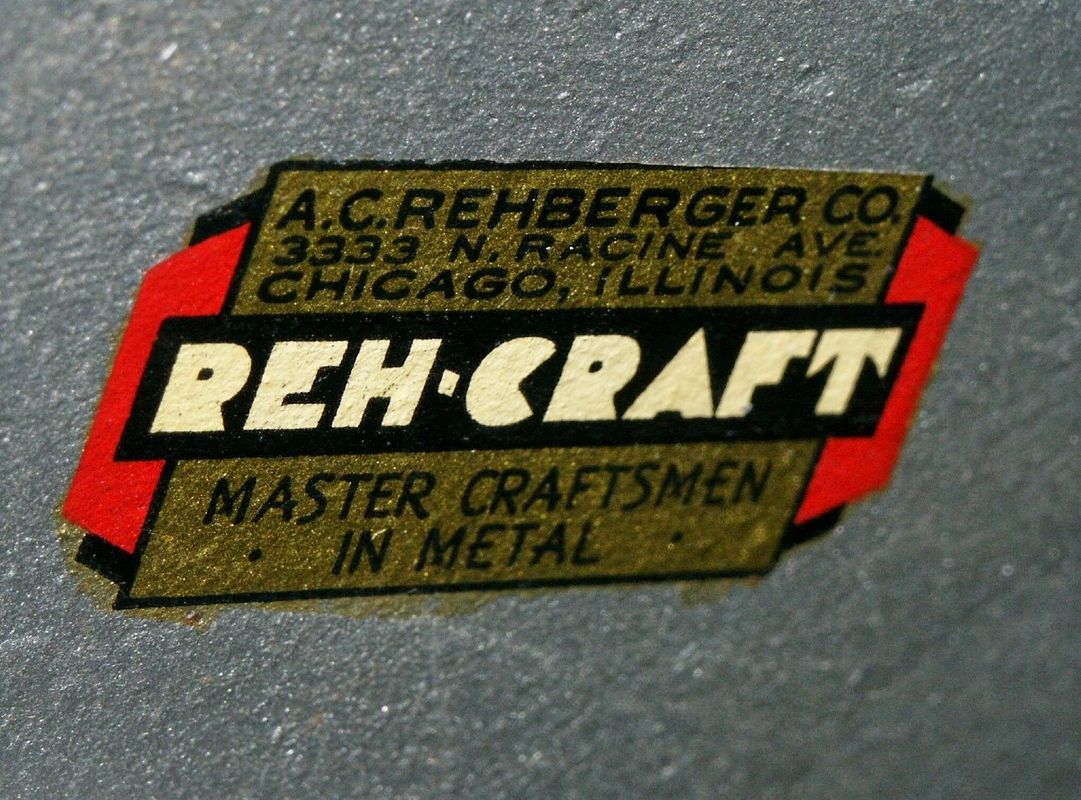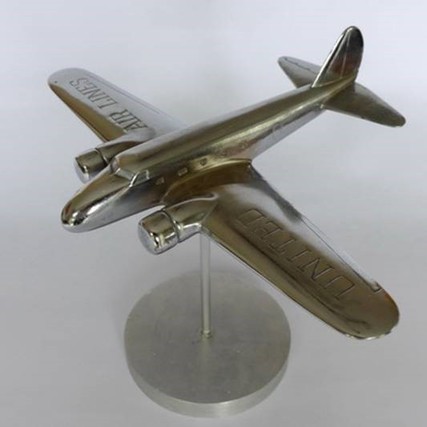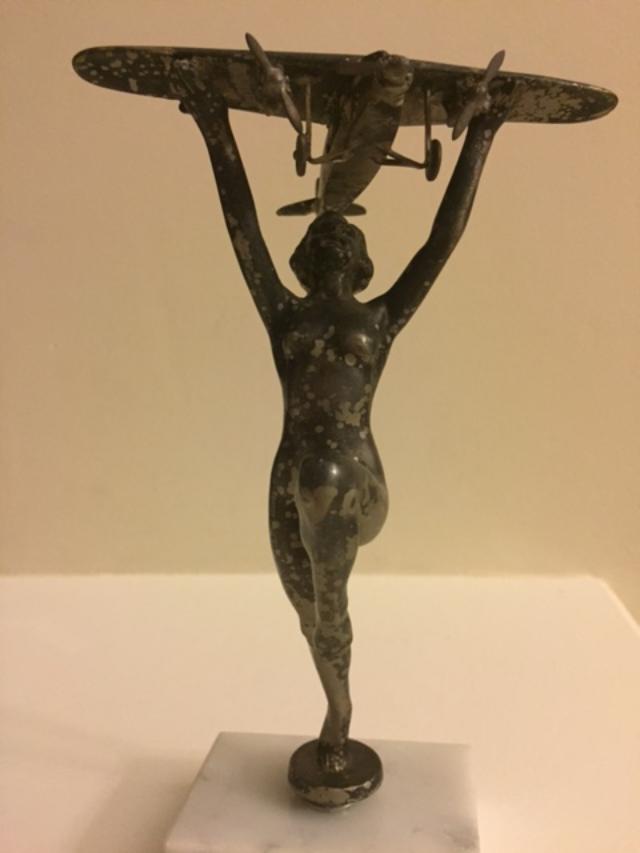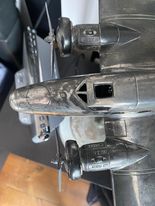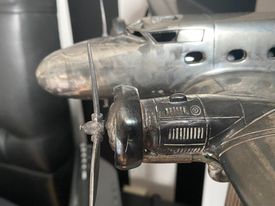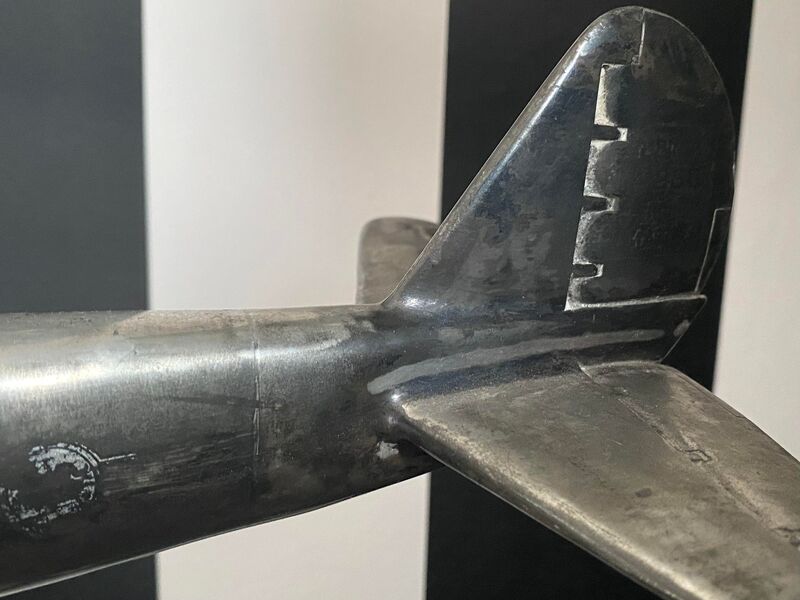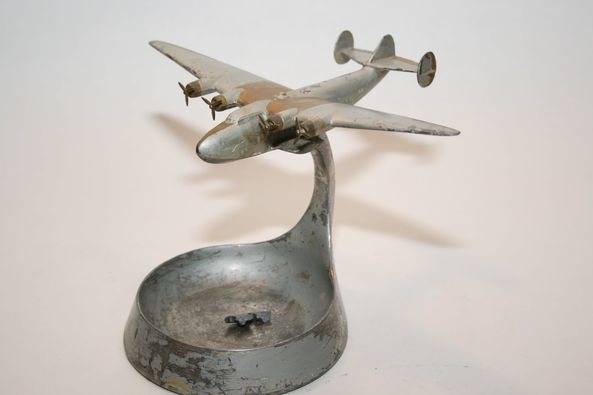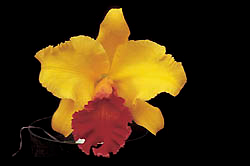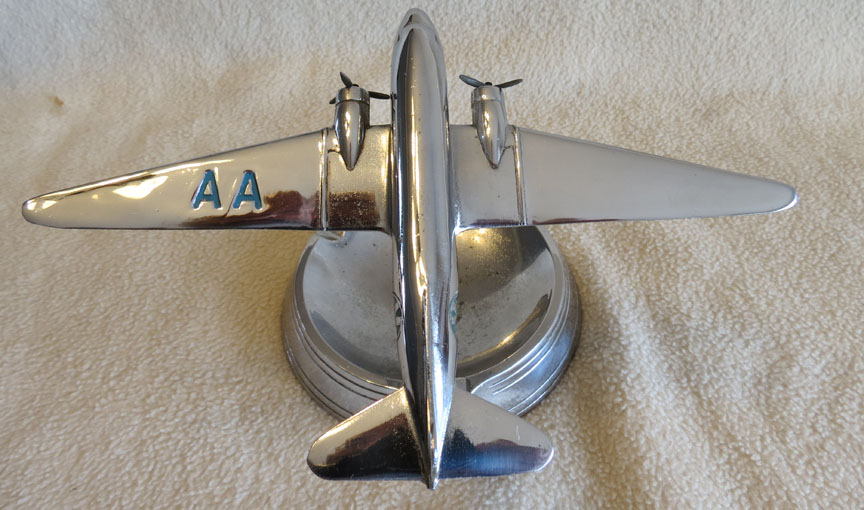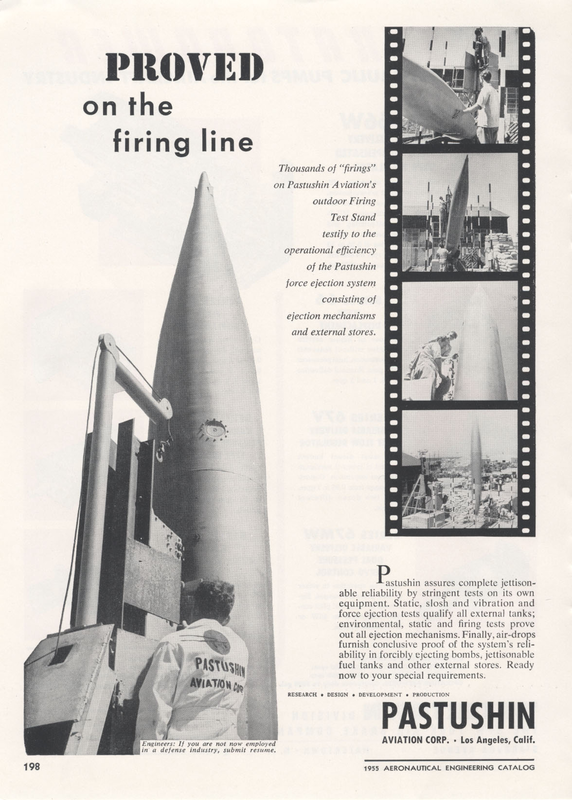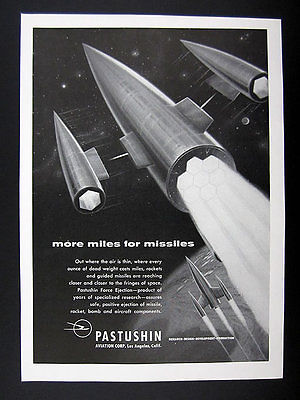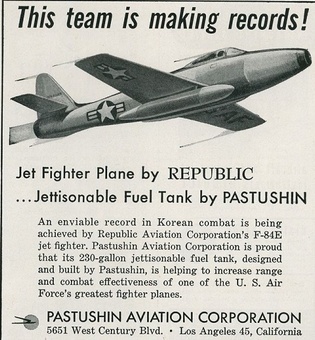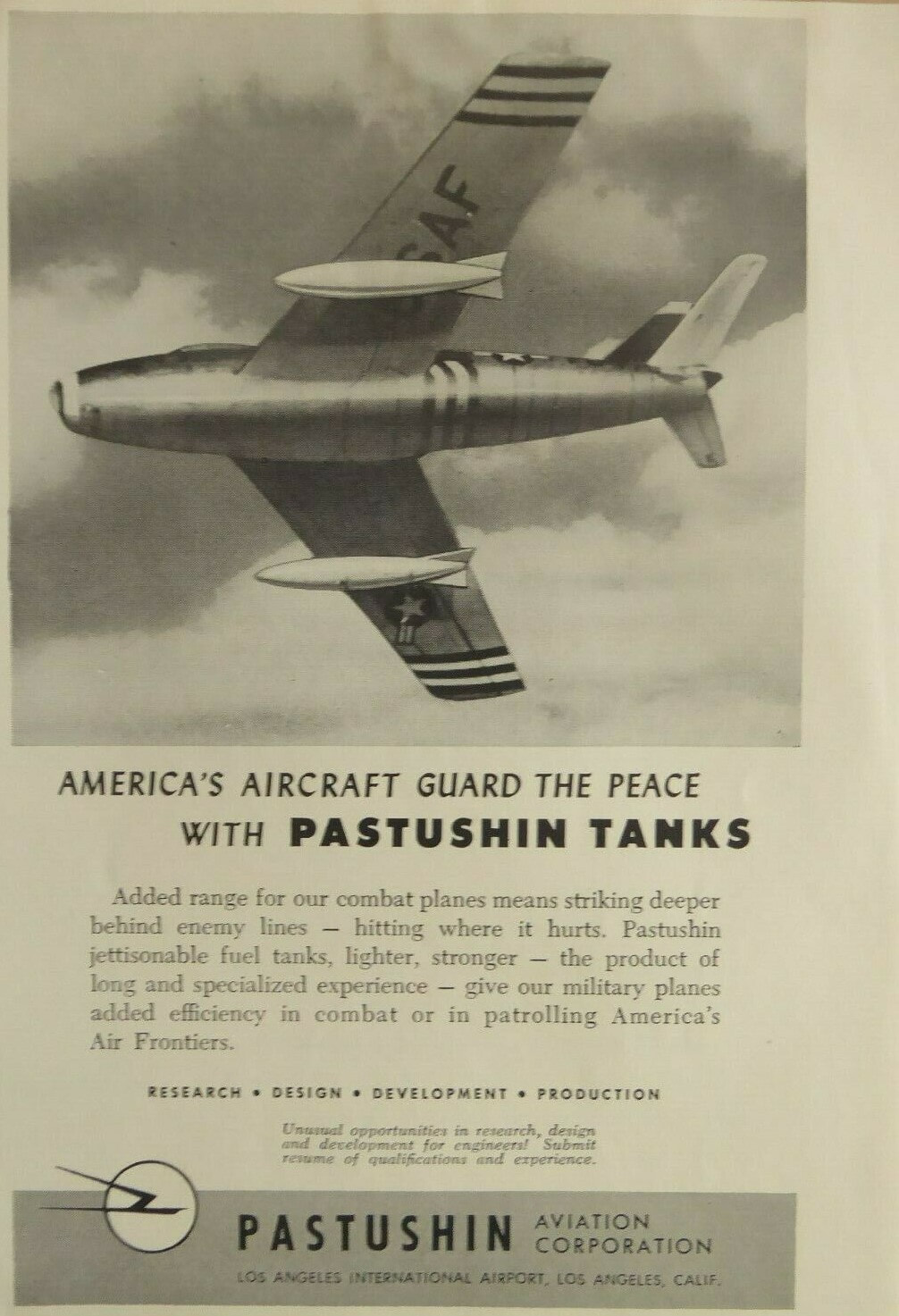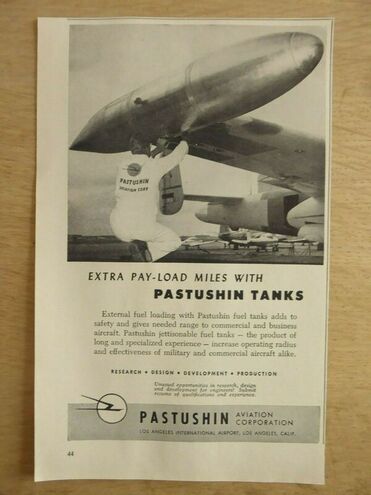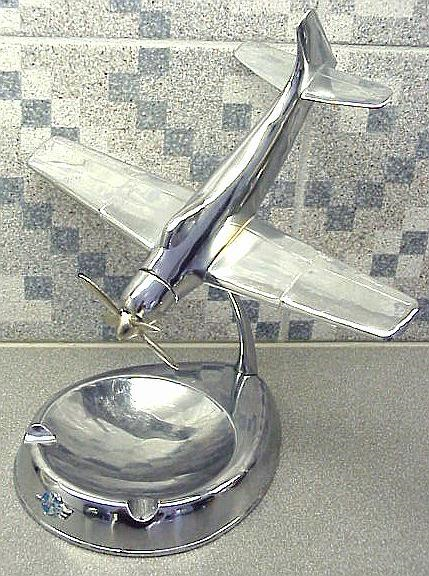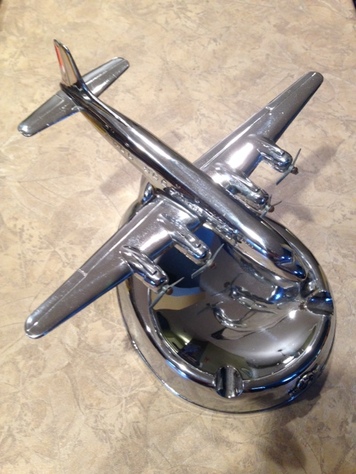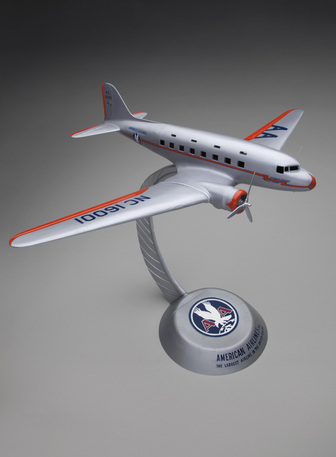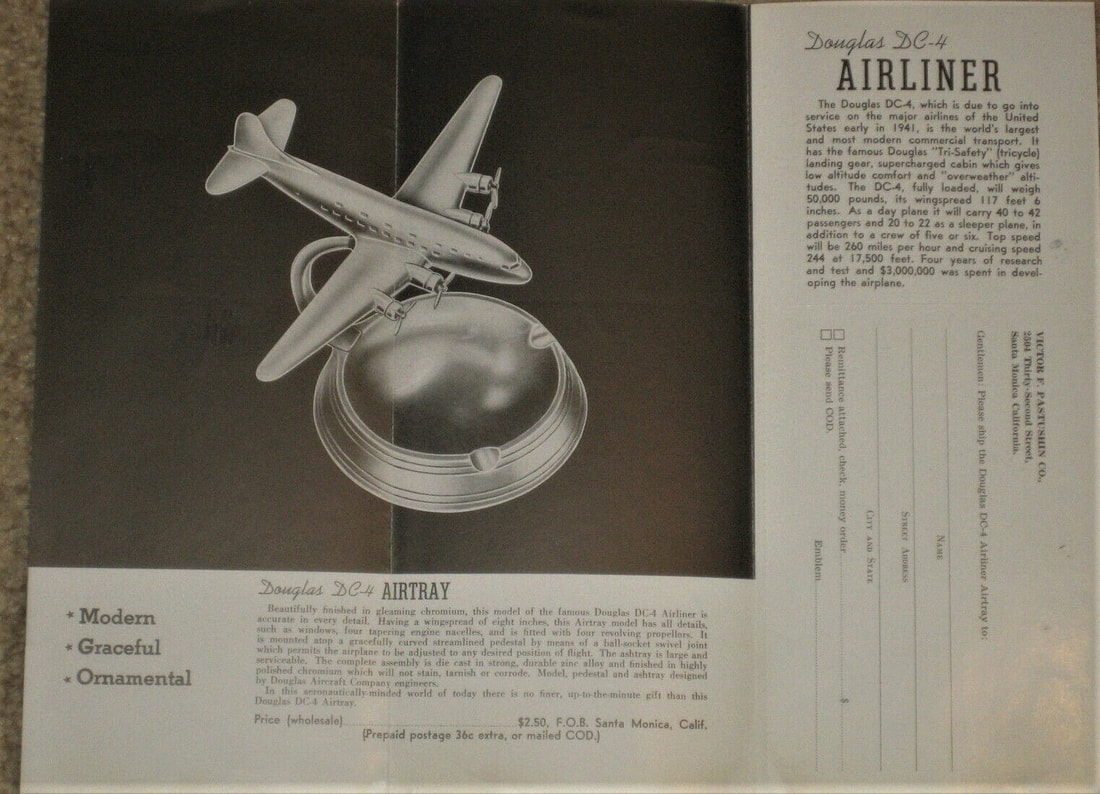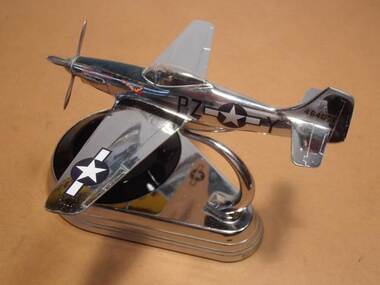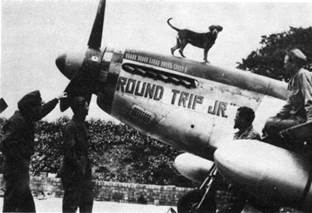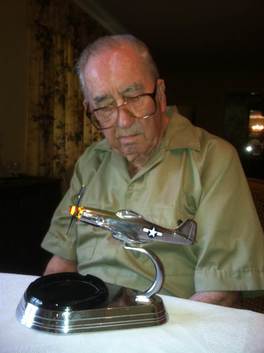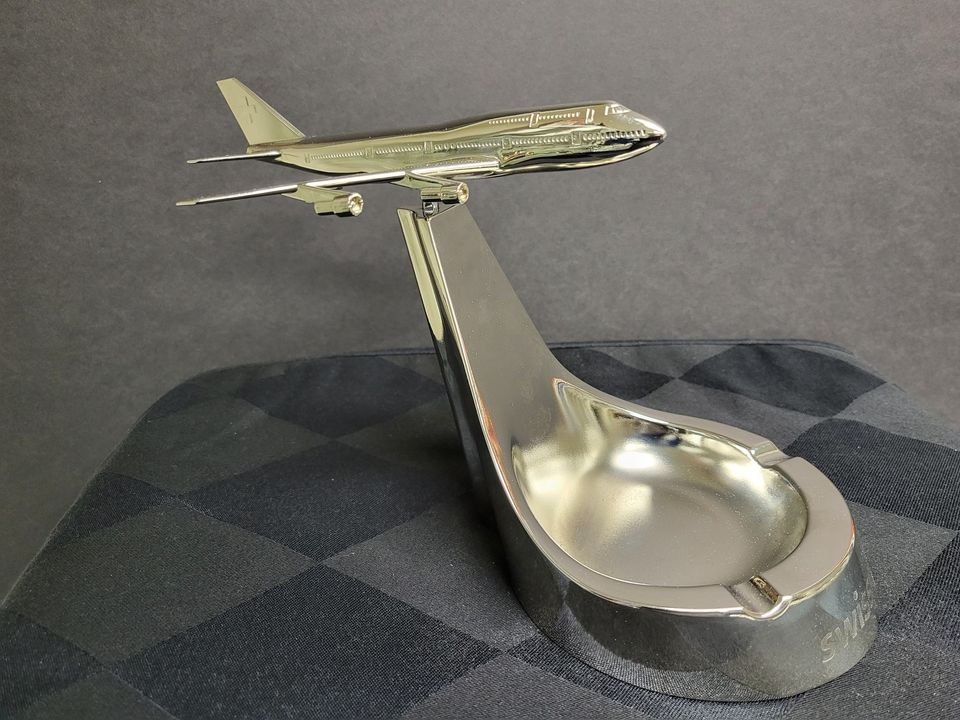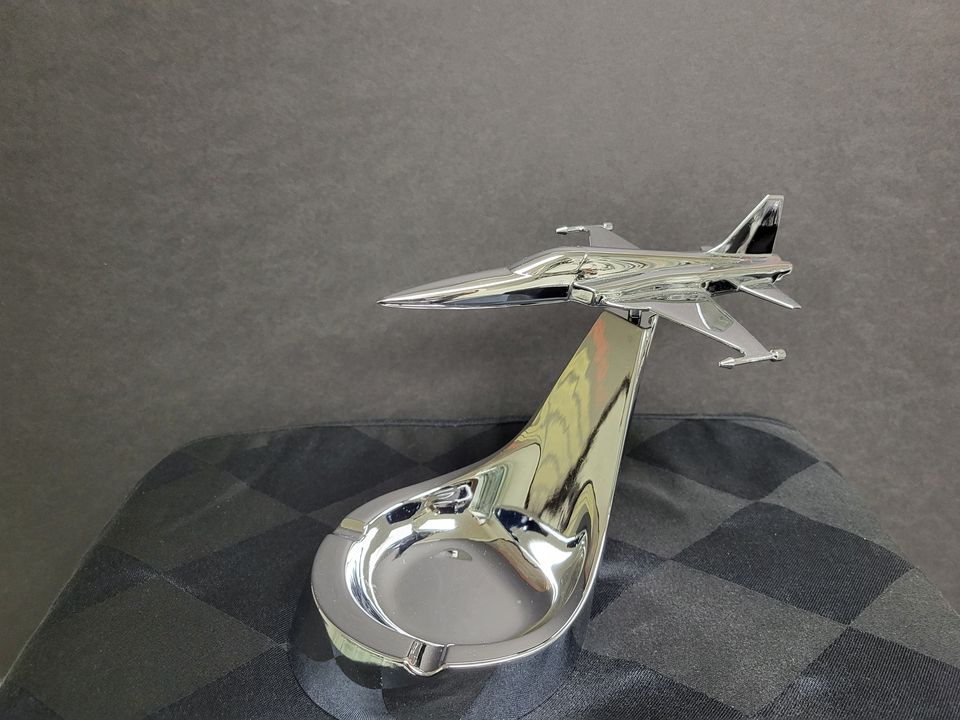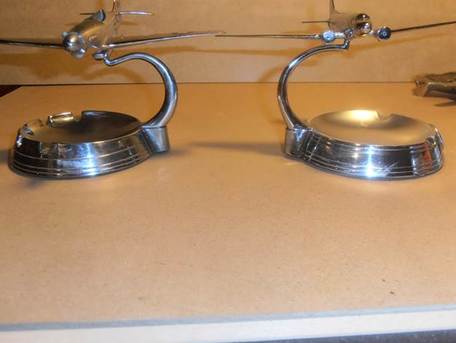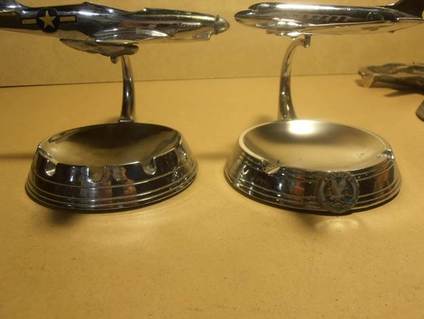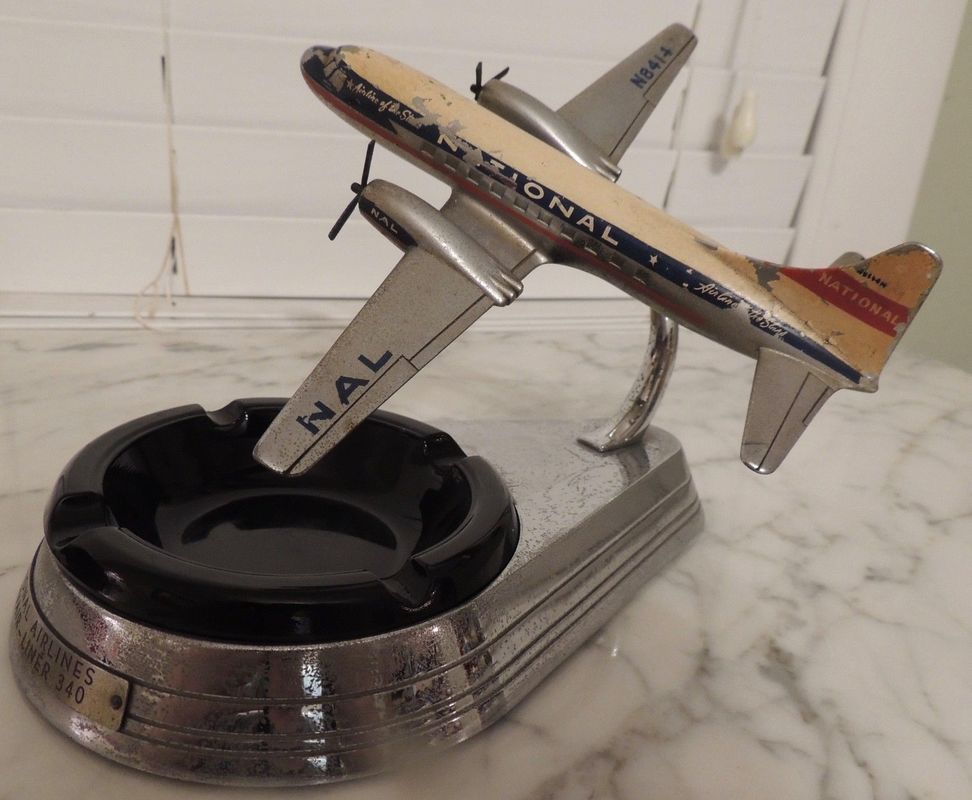Airplane Ashtrays Anonymous

Although I've never been a smoker, I have to confess to a guilty pleasure (my wife would tell you it's an addiction, but I can stop at any time!) that most would find somewhat strange; I am an avid collector of ashtrays. and not just any ashtray, but specifically a small subset of ashtrays known by us afficionados as airplane ashtrays. Anyone who collects them by default is very cool.
These are ashtrays manufactured between the 1940's and 1960's primarily, by a small group of manufacturers, notably Allyn Manufacturing, BronzArt, and Victor F Pastushin Industries-my favourites. These companies (and there were quite a few) manufactured very high quality, scale models of production aircraft that were mounted on desktop ashtrays (some were not), chrome-plated and used as marketing tools by major airlines and military contractors to advertise their aircraft. Another subset included aircraft identification models made during the war, such as the Bronzart models. Typically, they were often given to aviation bigwigs and high ranking military decision-makers as gifts to be displayed in their offices prominently on their desktop as promotional giveaways. Although they are quite difficult to come by, avid collectors have had their hobby made easier in recent years with the advent of Ebay and Facebook collectors groups where they are often bought and sold across continents. Many of these ashtrays are embarrassingly overpriced, but to the collector, well worth it.
Many of the emails I get ask me what the value is of their particular ashtray-this is a tricky question but my first assumption is that they are asking because they want to sell it (what's wrong with them????). In these cases, I try to offer help by referring to the past couple years of sale prices for the model in question and give them a ballpark expectation. But collectors are a fickle bunch and an ashtray that sells one week for a certain price could go the next for double or triple, so my price suggestions are merely that-suggestions-you might pay way less or way more depending on how much other collectors want it too. An important consideration of course is the quality of the model (ie are the props/engines intact, are the decals in good shape, is the chrome un-pitted, is the ball mount functional etc.). Some collectors also collect only specific models or even airlines, so if you have what they are looking for, it can drive the price up considerably. My attempts at putting together a nice TWA aircraft collection for example is habitually frustrated by the fact that TWA airliners seem to be popular with everyone else too.
Of course, one of the most satisfying aspects of collecting is making connections with truly interesting people, many of whom were, or are intimately connected with the aerospace industry, either as pilots, engineers, designers, builders or otherwise. If you're interested in learning more about these vintage models, i recommend joining the FB page, Aviation Model Artifacts, or my own FB site called Edwards Airplane Ashtrays.
Anyone interested researching, finding, donating, selling or forwarding information about the location of any otherwise unadvertised examples of these aviation collectibles can contact me or check out my very small Airplane Ashtray club on Facebook under the name "Edwards Airplane Ashtrays" Also, if you are the fan whose name appears to be written in Syrian italics, and wearing the military uniform in your Facebook photo, thanks for your support (over 20 hits last week-yay!) and sorry about your airforce. My email is [email protected] and I am usually pretty quick to reply to queries.
If you see anything you really like here and just have to own it, drop me a line-everything is available for a price! Also, if you have an interesting airplane ashtray not shown here or have one to sell or even a collection) , please forward me a photo for posting.You can reach me at [email protected]
These are ashtrays manufactured between the 1940's and 1960's primarily, by a small group of manufacturers, notably Allyn Manufacturing, BronzArt, and Victor F Pastushin Industries-my favourites. These companies (and there were quite a few) manufactured very high quality, scale models of production aircraft that were mounted on desktop ashtrays (some were not), chrome-plated and used as marketing tools by major airlines and military contractors to advertise their aircraft. Another subset included aircraft identification models made during the war, such as the Bronzart models. Typically, they were often given to aviation bigwigs and high ranking military decision-makers as gifts to be displayed in their offices prominently on their desktop as promotional giveaways. Although they are quite difficult to come by, avid collectors have had their hobby made easier in recent years with the advent of Ebay and Facebook collectors groups where they are often bought and sold across continents. Many of these ashtrays are embarrassingly overpriced, but to the collector, well worth it.
Many of the emails I get ask me what the value is of their particular ashtray-this is a tricky question but my first assumption is that they are asking because they want to sell it (what's wrong with them????). In these cases, I try to offer help by referring to the past couple years of sale prices for the model in question and give them a ballpark expectation. But collectors are a fickle bunch and an ashtray that sells one week for a certain price could go the next for double or triple, so my price suggestions are merely that-suggestions-you might pay way less or way more depending on how much other collectors want it too. An important consideration of course is the quality of the model (ie are the props/engines intact, are the decals in good shape, is the chrome un-pitted, is the ball mount functional etc.). Some collectors also collect only specific models or even airlines, so if you have what they are looking for, it can drive the price up considerably. My attempts at putting together a nice TWA aircraft collection for example is habitually frustrated by the fact that TWA airliners seem to be popular with everyone else too.
Of course, one of the most satisfying aspects of collecting is making connections with truly interesting people, many of whom were, or are intimately connected with the aerospace industry, either as pilots, engineers, designers, builders or otherwise. If you're interested in learning more about these vintage models, i recommend joining the FB page, Aviation Model Artifacts, or my own FB site called Edwards Airplane Ashtrays.
Anyone interested researching, finding, donating, selling or forwarding information about the location of any otherwise unadvertised examples of these aviation collectibles can contact me or check out my very small Airplane Ashtray club on Facebook under the name "Edwards Airplane Ashtrays" Also, if you are the fan whose name appears to be written in Syrian italics, and wearing the military uniform in your Facebook photo, thanks for your support (over 20 hits last week-yay!) and sorry about your airforce. My email is [email protected] and I am usually pretty quick to reply to queries.
If you see anything you really like here and just have to own it, drop me a line-everything is available for a price! Also, if you have an interesting airplane ashtray not shown here or have one to sell or even a collection) , please forward me a photo for posting.You can reach me at [email protected]
All original (except power cord) DC-3 airplane ashtray by Electrolite. Immaculate condition with original props, ashtray boxes with lids and excellent chrome. . More on these wonderful Canadian made ashtrays on my "Canadian Airplane Ashtray Stands" page.
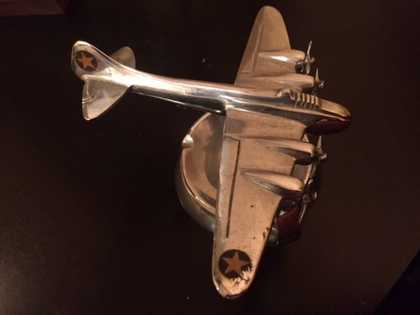
The Boeing B-15 was to be an experiment to build the first very long range bomber for the US Army Air Corps and a direct descendant of the B-29 Superfortress. When it first flew in 1937 it was the largest plane ever built but unfortunately it was a little too slow to be put into production. When you consider the design request was given to Boeing and Martin in 1934, just seven years after Lindbergh proved it wasn't impossible to fly across the Atlantic solo, the scope of the project was indeed impressive. Only one prototype was built and is buried in Panama under a industrial area where it made it's last flight in 1944 according to Wikipedia.
Oddly, this rare Trenchart model was found in Australia, a long way from where anyone would have had contact with such a rare aircraft in the 1940s since usually these were made for airmen in the locales where they flew.
Oddly, this rare Trenchart model was found in Australia, a long way from where anyone would have had contact with such a rare aircraft in the 1940s since usually these were made for airmen in the locales where they flew.
B-29 ashtray
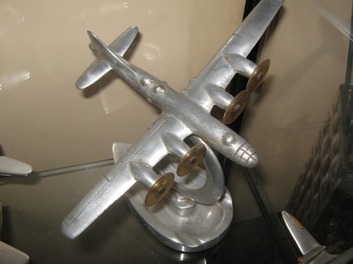
This is an example of an older airplane ashtray that has been cast from recycled aluminum at the Boeing Wichita plant during the war-quite popular amongst collectors especially if the propellors are still intact. They are still relatively easy to come by as they were produced in large numbers. Three versions exist, two with ashtray and a third with wheels as a child's toy.
Canadian made ashtray models
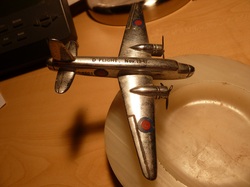
My friend John earned his chops in England where he once ran a company manufacturing cast lawn furniture. Now that he's quasi-retired, John enjoys plying his craft with his passion for aircraft of the 1940s-1960s. Nine photos below of John's collection. From his email:
John writes:
{This} model was presented to a very close friend of mine by his crew in 1941. Wing Commander Peter Grant DFC AFC etc. survived 2.5 tours of duty including piloting a Wellington on the first bombing mission over Germany. And so much more that it makes one feel so utterly humble. I had presented Peter with one of my Lancasters and in return he went off and returned with his Wellington which he then pushed into my hands. The other photos are of my own efforts, the Lanc, Sunderland, Hurricane and Heinkel, and future efforts including the FW 180 which I intend on giving a bit of priority to. Currently I have 40 odd aircraft at the Master Model stage and hope to embark on the die making in the not too distant future. I am going the die casting route primarily for casting integrity as opposed to sand casting, (technical stuff which may not be of interest).
During and after the war my father had a small, one man, workshop in Manchester, England. Although he worked at a company by the name of Metropolitan Vickers he also produced a few critical components, as a sub-contractor, in his shop. I seem to recall him telling me in later years that they were for the navy. I do know they involved alluminium castings which is where the planes come into the picture. As a sideline, if you will, he was making alluminium model aircraft which he sold on to who knows. How many he made I have no idea but recall them, unsold and out of favour in bins, in the early ‘50’s. On one occasion when I was about 7 or so I was at the workshop with a friend and we had tremendous fun launching these things over the nearby canal to each other. One in the canal for every one on the other side I’m afraid! Frequently had thoughts about a “dig” to see if any survived.So much for the introduction. Mainly fond memories. Not at all unusual in those days when visiting family or friends to see an airplane ashtray by the armchair or in the hearth by the way. About 12 years ago, when I first had an inkling to replicate these models, I approached several model/patternmakers for quotes to make master patterns. Only two were even remotely interested and they both talked in the $2,000 range for even 7” wingspans. Plus, of course, they needed detailed, dimensioned drawings for each. My reaction to this was to purchase, via e-bay, what were described variously as “Trench Art Model Aircraft”, “Original Art Deco Airplane”, “Outstanding Chrome Plated B-29” etc. The rest, as they say, is history. The majority of what turned up on my doorstep appeared to have been made by some guy in the Dominican Republic squatting on the beach with a pile of wet sand to his left and a pile of pop cans for melting to his right. And I was competing with other bidders for this junk too. So, from being a foundryman, I became a modelmaker. Then I started making small runs off the first four planes of which you have photos. As I previously indicated, sand castings just will not cut it for quality, so I will be putting Permanent Moulds down for each model and base.
John writes:
{This} model was presented to a very close friend of mine by his crew in 1941. Wing Commander Peter Grant DFC AFC etc. survived 2.5 tours of duty including piloting a Wellington on the first bombing mission over Germany. And so much more that it makes one feel so utterly humble. I had presented Peter with one of my Lancasters and in return he went off and returned with his Wellington which he then pushed into my hands. The other photos are of my own efforts, the Lanc, Sunderland, Hurricane and Heinkel, and future efforts including the FW 180 which I intend on giving a bit of priority to. Currently I have 40 odd aircraft at the Master Model stage and hope to embark on the die making in the not too distant future. I am going the die casting route primarily for casting integrity as opposed to sand casting, (technical stuff which may not be of interest).
During and after the war my father had a small, one man, workshop in Manchester, England. Although he worked at a company by the name of Metropolitan Vickers he also produced a few critical components, as a sub-contractor, in his shop. I seem to recall him telling me in later years that they were for the navy. I do know they involved alluminium castings which is where the planes come into the picture. As a sideline, if you will, he was making alluminium model aircraft which he sold on to who knows. How many he made I have no idea but recall them, unsold and out of favour in bins, in the early ‘50’s. On one occasion when I was about 7 or so I was at the workshop with a friend and we had tremendous fun launching these things over the nearby canal to each other. One in the canal for every one on the other side I’m afraid! Frequently had thoughts about a “dig” to see if any survived.So much for the introduction. Mainly fond memories. Not at all unusual in those days when visiting family or friends to see an airplane ashtray by the armchair or in the hearth by the way. About 12 years ago, when I first had an inkling to replicate these models, I approached several model/patternmakers for quotes to make master patterns. Only two were even remotely interested and they both talked in the $2,000 range for even 7” wingspans. Plus, of course, they needed detailed, dimensioned drawings for each. My reaction to this was to purchase, via e-bay, what were described variously as “Trench Art Model Aircraft”, “Original Art Deco Airplane”, “Outstanding Chrome Plated B-29” etc. The rest, as they say, is history. The majority of what turned up on my doorstep appeared to have been made by some guy in the Dominican Republic squatting on the beach with a pile of wet sand to his left and a pile of pop cans for melting to his right. And I was competing with other bidders for this junk too. So, from being a foundryman, I became a modelmaker. Then I started making small runs off the first four planes of which you have photos. As I previously indicated, sand castings just will not cut it for quality, so I will be putting Permanent Moulds down for each model and base.
Spitfire stand by John Wheeldon
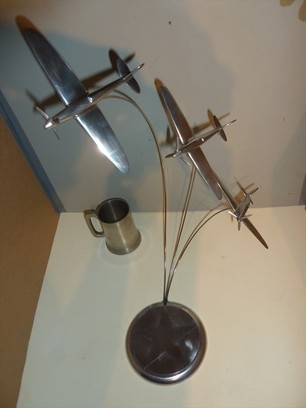
A little on John's introduction to airplane ashtrays as a child:
"During WWII, before I was born, my Father operated on a spare time basis, a small, one man, aluminium
foundry in a district of Manchester, England called Failsworth or Hollinswood. I understand that he was doing some work for the Admiralty with respect to porosity free, high integrity, vacuum cast parts for diving or maybe even early scuba equipment. I think that this gave him "licence" if you will, to pursue
other fringe, revenue generating, interests. One of which was the manufacturing of Airplane Ashtrays and the like. I say the like, as I well remember seeing, post war, several companion sets around the house/works with aircraft themed handles. A companion set by the way is a set of tools which comprised usually of a poker, brush, shovel and tongues which graced every hearth and fireplace in
the nation until the advent of central heating. I remember Father telling me in the 70's I guess it would have been, that he bought the basic set of a man who would come up from Birmingham, Dad would cast on the handles, and the "man" would head off back to the midlands with the product. I do wish I had kept a set
now. The aircraft he would sell on in the pubs and also to a healthy demand from a garrison of US military personnel billeted next door to us.After the war, and when demand dried up, the aircraft languished in bins at the works. As a youngster, my Father would take me and my friend on weekend visits to the works and I can
recall as clear as a bell, my friend and I launching these models from one side of the nearby canal to the other, or perhaps trying to transit the canal is a
better term as most, in fact all, ended up in the drink. I still have a little secret fantasy of locating the works and canal and having a little dredge!"
Words and photos, courtesy of John Wheeldon
Allyson Vought
In case you were thinking airplane models were the purvey of men, think again! Allyson Vought is a well known collector of these wonderful models and not only that, but she is also an acclaimed modeler having made factory models for major aircraft manufacturers, and the likes of Walt Disney studio. She is a veritable encyclopedia of twentieth century (and beyond) military aircraft and all their prototype versions and I don't think I've met anyone with a larger collection! The photo below was taken prior to her selling her collection before deciding to start up all over again with an equally impressive assembly of primarily military aircraft.
Boeing 247 by Joe Paden

Boeing shot themselves in the foot with this plane when they refused to sell it to TWA who turned around and asked Mr Douglas to design them a better plane, the DC-1 which of course later developed into the most famous commercial airliner of all time, the DC-3. A neat plane nonetheless, and a must-have for anyone putting together a comprehensive airliner collection. This plane set the standard for many must-haves for commercial airliners and was the first to be able to fly on one engine. The slot on the end of the ashtray is for the matchbook. More 247 photos later in my Rehberger section below.
|
Tom van Hoorn is a pilot for KLM who, as he modestly puts it, "lets me fly their 777’s and 787’s and pays me for it, and DDA Classic Airlines (www.dutchdakota.nl) lets me fly DC-3’s as a volunteer. Tom sent me the photo at right of his almost identical 247 to mine but without any indication of props as mine has. He found another similar model (above) on the internet that is marked "made by Joe Paden. Seattle". Anyone who might have more information about who made these seemingly fairly rare and similar ashtrays can contact me at [email protected]. We are both curious to learn more about the history of these ashtrays.
|
Allyn Manufacturing, California
Chris Probett's Collection

Chris Probett was a former employee of Rolls Royce in Montreal and also worked as head of design group for a major aerospace firm. his knowledge of these models was comprehensive. Sadly, Chris passed away, but his collection of Allyn ashtrays and airplane lighters was impressive -the most complete I've ever seen. I emailed this photo to my wife when he first shared his collection so she would know I'm not the only one with airplane ashtray affliction.
Top shelf left to right: 4 Plastic Allyn models on ashtrays (Note Allyn issued a separate plastic ashtray kit with a glass ashtray to mount Allyn plastic models)
Sratocruiser, F-102 Interceptor, Skyraider, B-47 Stratojet.
Second shelf: B-50D Superfortress, B-52 Stratofortress, F-80 Shooting Star, Alitalia DC-8 Jet, Alitalia DC-7
Third shelf: B-47 Sratojet, B-57 Canberra, Douglas DC-8, B-66 Destroyer
Fourth shelf: Douglas C-132, P-51 Mustang, B-36 Peacemaker, C-133 Cargomaster
Fifth shelf: 5 different Convairs, Liner, R4y Transport, T-29 Trainer, C-131D Transport, 440 Metropolitan
Sixth shelf: R3Y-1 Tradewind, Stratotanker, Falcon 20?, Stratoliner, Convair Terrier Missile
There are 27 different Allyn ashtrays. All glass Ashtrays are original.
Top shelf left to right: 4 Plastic Allyn models on ashtrays (Note Allyn issued a separate plastic ashtray kit with a glass ashtray to mount Allyn plastic models)
Sratocruiser, F-102 Interceptor, Skyraider, B-47 Stratojet.
Second shelf: B-50D Superfortress, B-52 Stratofortress, F-80 Shooting Star, Alitalia DC-8 Jet, Alitalia DC-7
Third shelf: B-47 Sratojet, B-57 Canberra, Douglas DC-8, B-66 Destroyer
Fourth shelf: Douglas C-132, P-51 Mustang, B-36 Peacemaker, C-133 Cargomaster
Fifth shelf: 5 different Convairs, Liner, R4y Transport, T-29 Trainer, C-131D Transport, 440 Metropolitan
Sixth shelf: R3Y-1 Tradewind, Stratotanker, Falcon 20?, Stratoliner, Convair Terrier Missile
There are 27 different Allyn ashtrays. All glass Ashtrays are original.
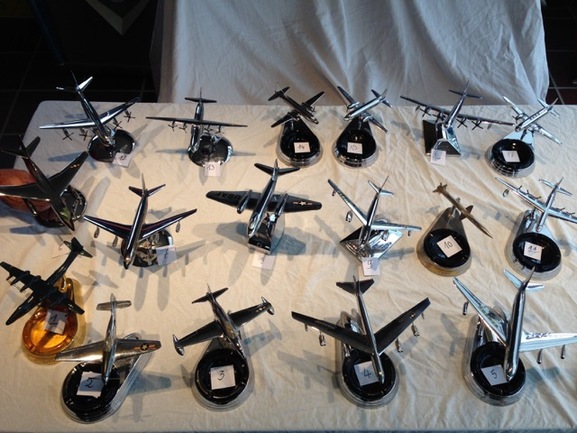
Allyn Manufacturing
By far and away my favourite ashtray models were made by Allyn Manufacturing, a company of which there seems to be little history about. Although I've managed to acquire a decent number of the models once manufactured by this company, mine pales next to that of Robin Maes, a collector of over 25 years from Belgium. Robin approached me recently for some spare parts and subsequently sent me photos of his nice Allyn collection at left. photo courtesy of Robin Maes
Robin's Allyn collection includes:
1/R3Y Tradewind 2/P-51 Mustang 3/P-80 4/B-52 Stratofortress 5/ Boeing Stratoliner 6/B-66 Destroyer 7/DC-8 8/B-57 Canberra 9/ B-47 Stratojet 10/ Convair Terrier missile 11/ B-36 Peacemaker 12/ C-132 13/ C-133 Cargomaster 14/ Convair 440 15/ C-131 16/ B-50 17/ T-29 trainer
2/P-51 Mustang (with intact prop)
Allyn made models for the following airlines (customer could choose emblem if desired): American, United, eastern, PanAm, TWA, Chicago and Southern Airlines, Braniff, Pennsylvania Central, and KLM Royal Dutch.
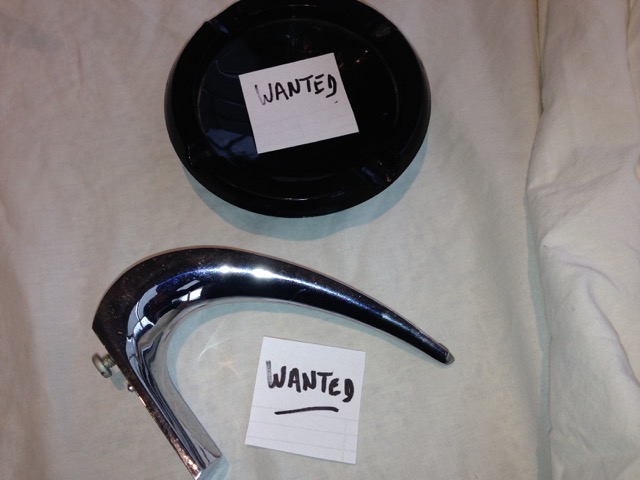
Allyn parts needed-email me at [email protected]
|
In addition to the ashtrays, Allyn also produced plastic kits for as little as $1.79. Models included the Douglas Skyrocket, Douglas C-124 Globemaster, Douglas Skystreak, Douglas A2-D Skyshark, Douglas Skyraider, Douglas F3-D Skyknight (see kit below), Boeing Stratofreighter, Boeing Stratojet and Boeing Stratocruiser. As the ad states, "Your buddies will stare in amazement!"
|
|
Here is a common issue on Allyn stands; snapped arms. This fix concept comes from Chris Probett who has mastered this technique. For effect, the picture below shows what amounts to a before and after application. Since the components were cast with Zamac Metal (zinc, aluminum composite) that has a lower temperature melt (cheaper to process), there is no effective way to weld on new parts. Other mechanical means are necessary. If a collector is not a purist, this method will work well. the needed length uses a combination of brass rod and retire antenna tubes (chrome plated). The assemblies are knitted together using high strength epoxies. Another source for Allyn repair parts such as canopies, props and pilot inserts can be found for sale at this website: https://classic-tin-toy-co.myshopify.com/search?q=Aero+Novelty |
After searching for years in vain for an accurate Allyn ashtray that fits my Allyn stands perfectly, I took matters into my own hands and modelled this aluminum tray to copy the original ceramic bowl that is so often missing. I made a limited number of these on CNC machine so that each is identical to the other and fits perfectly into the Allyn stand as depicted on the photo at left. These have all the same dimensions and geometry as the originals and look great in the original stand. I'm selling my extras for $40/pc so this may be your only chance for an accurate reproduction for your Allyn tray. And they won't break! Use the contact page on my homepage to send your request.
|
At least one Allyn model, the P-80 jet was sold by other companies, namely Triumph in Glendale California, and the Gilmore model company also in California. Triumph used a Daka-Ware ashtray and their own pylon to display the Allyn jet. Tom Sanders reports the Gilmore model was supplied as a bare casting with tip tanks and a plastic canopy from Allyn.
Air Carriers
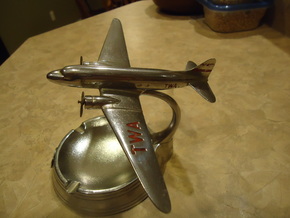
Many collectors will narrow the focus of their collection to a select company such as Boeing or by Air carrier such as the TWA model at left or the same plane below in American Airline livery. These DC-3's are very collectible especially if they are in good condition with propellors intact. Pictured at left, a TWA DC-3 by Victor Pastushin (see more on Victor Pastushin further down this page), from the collection of Edward Das.
Constellation

The Constellation is another must-have for any collector. This one doesn't have any airline markings (I'd like to get one with Howard Hughe's airline, TWA). Constellations were flown by Trans Canada Airlines (later Air Canada) in the 1950's and were Lockheed's last really successful airliner.
Boeing 307 Stratoliner
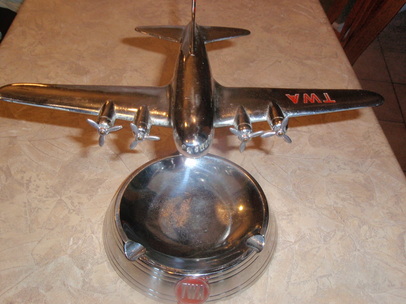
Collection of Ed Das
Stratoliner ashtray is the equivalent of a rookie Wayne Gretzky hockey card in my opinion at least. The full-scale planes flew for TWA and Pan Am and only ten were ever built so as a promotional tool, I guess the odds are pretty good that if you have one of these they may very well have sat on someones desk at either of the two. This is the one, by Victor Pastushin that I've added to my collection recently after having paid way too much on Ebay for it. But all the propellors are intact! The only remaining Stratoliner today is owned by a very friendly gentleman by the name of Dave Drimmer whose plane was once owned by Howard Hughes and has now been converted into a very cool houseboat. Dave is a real aviation enthusiast and shared a story about an acquaintance who was an archivist whose office was in the belly of the Queen Mary in LA and who once showed Dave the original bent propeller to Howard's famous racer, tucked innocuously away in one of the great ship's lockers. what a great piece of history!_ I hope it ended up in a museum somewhere.
A fellow collector writes...
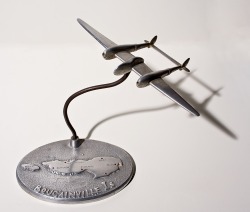
HI Ed
Just found your blog and Facebook entry for airplane ashtrays! Wonderful! I can totally connect with your reasons for collecting these shiny pieces of metalware – I have a airplane ashtray collection which started 20 + years ago with one and has now grown to over 60!
I’m collecting Australian versions – all rather crude by post-war US standards, but very interesting in their own way. As well as the “official” jobs, (models for bigwigs, models sold to raise funds for troop comforts etc) Australian wartime industry ran a thriving trade knocking out models when they should have been doing real work – these by-products are known in Oz as “foreigners”: things produced on the boss’s time and using all his best materials and tools and all just small enough to smuggle out the factory gate in the palm of your hand without detection! They would then flog them off to the Yanks (“overpaid, oversexed and over here”) to take home as souvenirs and now, 60 years later, they turn up on e-Bay.
Here are three of mine – the DH 88 Comet commemorates the 1934 England-Australia Air Race, the P38 commemorates the shooting down of Admiral Yamamoto over Bougainville and the DC3 commemorates the 1948 crash of commercial airliner VH-UZK into Mt Macedon
Cheers,
Just found your blog and Facebook entry for airplane ashtrays! Wonderful! I can totally connect with your reasons for collecting these shiny pieces of metalware – I have a airplane ashtray collection which started 20 + years ago with one and has now grown to over 60!
I’m collecting Australian versions – all rather crude by post-war US standards, but very interesting in their own way. As well as the “official” jobs, (models for bigwigs, models sold to raise funds for troop comforts etc) Australian wartime industry ran a thriving trade knocking out models when they should have been doing real work – these by-products are known in Oz as “foreigners”: things produced on the boss’s time and using all his best materials and tools and all just small enough to smuggle out the factory gate in the palm of your hand without detection! They would then flog them off to the Yanks (“overpaid, oversexed and over here”) to take home as souvenirs and now, 60 years later, they turn up on e-Bay.
Here are three of mine – the DH 88 Comet commemorates the 1934 England-Australia Air Race, the P38 commemorates the shooting down of Admiral Yamamoto over Bougainville and the DC3 commemorates the 1948 crash of commercial airliner VH-UZK into Mt Macedon
Cheers,
Jim and some of his Collection
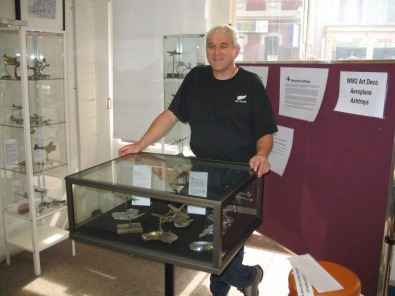
photo courtesy of Jim Badger copyright
A rare photo of an actual airplane ashtray collector and some of his collection, taken at the Prahran Mechanic's Institute Library, somewhere in Australia.
Grosvenor House
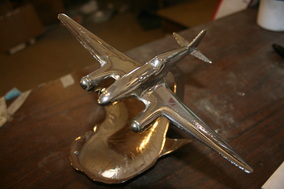
Here's a nice DH88 Comet that a reader brought to my attention, most likely commemorating the 1933 air race from London to Melbourne in which the English entrant called "Grosvenor House", a bright red painted version, took first place.. I'm not sure why, but airplane ashtrays seem to be very popular (or were at one time) in Australia, particularly WW11 era planes that were used in the defense of the country from the Japanese. I've since added it to my collection.
Tom Sanders aka Sandman Overhauls
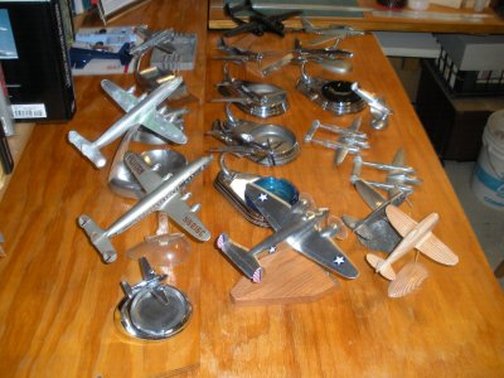
Tom Sanders is well known in the world of airplane ashtray model collectors, and is best known for his high quality repairs and repair parts that you'll see often advertised in the airplane ashtray section of ebay. He does very nice reproduction propellors and canopys-his restored P-51 Mustang looks almost better than the original and a restored Sandman Mustang will command a premium price. . If you are in need of repair parts, let me know and I'll forward the query to him. Tom tells me he sells a typical Pastushin set of props for $20/set and can also repair or remanufacture and rechrome other commonly broken ashtray parts including canopys to better than original condition. Pictured at left is a portion of Tom's current collection. The Constellations he tells me are next up on the restoration schedule. One of Tom's six P-51's pictured below as well as a few photos of a recent DC-6 restoration for a collector of Pan Am aircraft.. Check out Tom's website at https://sites.google.com/site/sandmanoverhaul/white-metal.
photos courtesy of Tom Sanders.
photos courtesy of Tom Sanders.
(above)Tom spent several years acquiring the components to assemble this rare Cleveland Air Races ashtray. Tom relates " The parts were from Chicago based manufacturers, Dodge Trophies made the ashtray and tower. The airplanes were a mystery until they two showed up on ebay and the parts fit correctly. Took a long time to find these. I was informed back in the 1980's about these ashtrays from an air race enthusiast who fondly remembered going the the Cleveland Air Races as a kid with his dad. He even took notes and drew pictures of his favorite experiences and was enamoured with the ashtrays offered by one seller. The same seller told him that he bought all the parts in Chicago and assembled them only for the Air Races to pay his way with expenses."
TWA "Around the World" restoration by Tom Sanders below.
More of Tom's projects below.
|
A SOLUTION FOR BROKEN AIRPLANE POSTS BY TOM SANDERS
The leftmost photo (A) shows an aluminum Spitfire airplane that will eventually be attached to the cast aluminum base and could have just as easily been a marble base. The first shot shows the model bolted to the rod and the rod temporarily attached to the base. The rod will be sheathed with an aluminum tube to hide the threaded rod. Then picture B shows the simple bolt-on. Picture C shows the threaded rod with a nut underneath. The hardware to effect these repairs can be found at most hardware stores and are superior to the original stand for strength. |
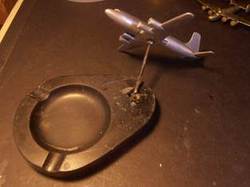 B1
B1
This second grouping shows another similar application on a marble base. This uses a threaded rod to support the model on the marble base. These photos show a model during restoration but with a “stance” that it will have when finished. B1 simply shows the model, threaded rod and base in the typical position. In B2 the threaded rod is shown in better detail. In the last pic, B3, shows the finished airplane restored with its cast aluminum globe that gives space between the model and the marble base. The threaded rod passes through the globe from the bottom of the marble base into the belly of the airliner.
Beechcraft

photo courtesy of Tom Sanders
This is a nice example of a model that although didn't end up on an ashtray, would likely have been displayed prominently on some Major's credenza nonetheless. This one came from the Beechcraft shops, with ball bearings used to simulate the radial engine.
 Allyn B-50 Edward Das collection
Allyn B-50 Edward Das collection
I've been waiting to find a B-50 from Allyn Manufacturing for sometime and recently was fortunate to acquire this fine example from Tom Sanders of Sandman Overhauls ( https://sites.google.com/site/sandmanoverhaul/white-metal)
Tom also provided a set of realistic and appropriate scale props along with a professional repair to the arm support which only very close scrutiny would reveal as repaired.
The B-50 was the post WW11 replacement for the B-29 bomber but some might argue Boeing pulled a bit of a fast one by essentially making some modifications (including larger tail and more powerful engines) to the B-29 and giving it a designation of an entirely new aircraft. There were no prototyes and the aircraft went directly into production.
My restoration of a Vickers Viscount to Continental colours. Sept.2023
Canadian Built Aircraft of WW11
Mosquito
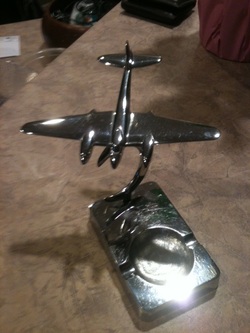
Over 1100 Mosquitoes were built by De Havilland Canada but unfortunately the plywood construction meant that few original examples exist today. At 425mph, there was little threat from German fighters to this very fast aircraft.
from the collection of Edward Das
from the collection of Edward Das
Lancasters
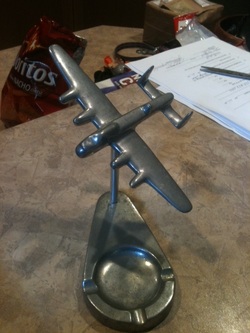
Well, I'm including this newly acquired Lancaster in my Canadian ashtray section since the Mark X bombers were built in nearby Malton (now Toronto Pearson airport). In fact, a nice example exists in pieces in the wonderful Downsview museum soon to be torn down no thanks to the loser government of Stephen Harper despite the fact that it is probably the most significant aeronautical heritage building in Canada ever. Do I sound bitter?
from the collection of Edward Das
from the collection of Edward Das
Anthony J Lawler collection
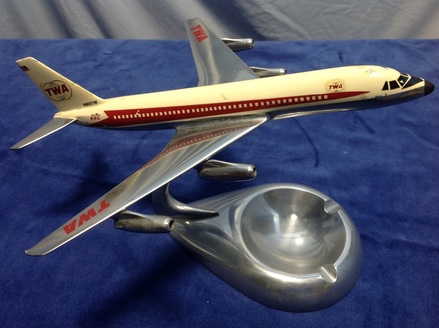
For almost 20 years, Anthony J Lawler was the Airbus salesman responsible for Air Canada and even flew with staff and management from Toulouse to Montreal on 29 th Jan1990 on the first AC A320. Anthony is also the owner of one of the finest collections of commercial aircraft display models that he accumulated over the years after first becoming enamoured by them as a boy when an Avro Comet flew over his home. Now retired, Mr Lawler has plans to write a book about the history of commercial airline evolution and the use of these models as to promote air travel in the years leading up to the 1970's (after that, everything went downhill as air travelers became more of a commodity for air carriers looking to squeeze as many people as possible into their jets).I'm sure it will be an excellent read, judging by his experience in the aviation industry. Anthony tells me that he has over 60 ashtray models by Pastushin, Allyn, Rehberger, Buhler, Imsa, RaiseUp, Westway, Skinner and co, aviation silversmiths, Old Bond St, London, etc. His oldest is a junkers f 13 on a marble ashtray. If you Google Anthony J Lawler, you will certainly come across one of his exhibits from a few years ago at the SFO Aviation museum where 50 of his models were exhibited. A sampling of his collection below....
Above
, a Riffe model of a Convair 880 in TWA livery. Riffe ashtrays are characterized by the unique tear-drop, rounded ashtray base.
Photo reproduced with kind permission of Anthony J Lawler.
Above
, a Riffe model of a Convair 880 in TWA livery. Riffe ashtrays are characterized by the unique tear-drop, rounded ashtray base.
Photo reproduced with kind permission of Anthony J Lawler.
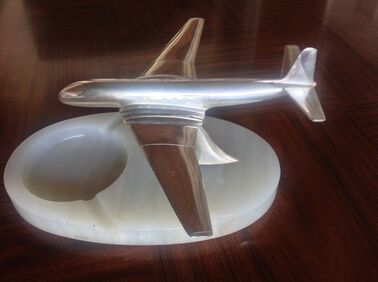
This is the plane that started it all for Anthony- a DeHavilland Comet, the first jetliner that started the modern commercial jet age. Just 13 days later, Avro Canada would fly it's "Jetliner" just missing bragging rights, and snagging a respectable second place as the world's second commercial jet. Unfortunately, with the exception of the front nose section, the Jetliner was ultimately scrapped although the jet performed remarkably well.
photo courtesy of Anthony J Lawler. DeHavilland Comet.
photo courtesy of Anthony J Lawler. DeHavilland Comet.
A sampling of Anthony's amazing collection. Photos courtesy of Anthony Lawler.
A Bit about Australia Ashtrays (by Jim Badger)

Those Aussie wartime ashtrays from Levenson’s Radio
Airplane ashtrays collectors occasionally come across an e-Bay auction for an ashtray modelled in the shape of Australia.
Most originated from the estate of some US or UK serviceman who had been stationed down-under in the 1940s. Typically, they are heavily engraved with the names of key Australian towns and cities, while some feature a kangaroo as well, engraved in outline with the chrome in the body rubbed back to expose the bare metal. Each is surmounted by a P-38 Lightning or perhaps a kangaroo figurine. On the underside of the Australia ashtray is inscribed “Levenson’s Radio 226 Pitt St. Sydney”.
Australia seems to be a bountiful source of airplane ashtrays dating from the war period – cast, finished and engraved with details such as flaps and cockpit, then chrome-plated – in other words, the bye-products of factory production rather than models produced in the field from whatever materials came to hand – i.e. true trench art.
Certainly, there are numerically far more cast English and American cast airplane ashtray models dating from the war to be found on e-Bay, but Australian-sourced models make up a significant proportion of the offerings each month, which raises some interesting questions about their manufacture, because Australia was far from being one of the world’s heavily industrialised economies in the mid-20th century.
Why did Australians make these models and why, and how did they get onto the market in the first place? This is a study which both interests and frustrates me because the evidence is scanty, but undoubtedly, Levenson’s Radio played a part. This business is one of only two which have currently been identified as a source for Australian airplane ashtrays in the 1940s.
Even 70 years ago, Levenson’s Radio emporium, at 226 Pitt St – then, just as now, right in Sydney’s shopping heartland – must have seemed like a glorious throwback to an earlier age of retailing. Today’s consumer-savvy observer, stumbling across their full-page ads in back issues of Radio & Hobbies in Australia magazine, might conclude it was rather like some wonderful hybrid of Santa’s Cave and the Shanghai No. 1 Department Store, rather than a sober commercial establishment.
Joseph Levenson (1882-1974) commenced his business in the early 1900s. He is listed in the Sands Sydney Street Index of 1910 as the proprietor of a shooting gallery in Pitt St. About this time, American slot machines were testing new markets in Australia, finding favour amongst customers of establishments like Levenson’s. Up to 1940s, the firm described themselves as “slot machine specialists”, perhaps indicating that they imported and distributed, as well as ran, these Yankee money-makers. Although he was described as an upright businessman, his business activities and wrangles over employment disputes landed him in trouble with the police and the industrial relations system from time to time.
From this thriving base, Levenson branched out into selling a huge variety of games, tricks and novelties. These included such gems as skull rings (“the wearer commands respect”) sugar dispensers and luminous paint, pocket knives (for “Men of the Services”,) throwing knives and toys, such as the toy roulette wheel horse-racing game featured in Carter’s 2006 Price Guide to Antiques p.662. He added crystal sets, radios and radio parts in the later 1920s.
His shop obviously worked its charms on Sydneysiders like Ian Kirby (http://www.collecting booksandmagazines.com/ahIan.html) who recalls haunting the premises at lunchtime as a young apprentice electrician working for nearby Anthony Horden’s department store during the early 1950s. His interest in things electrical had been sparked as a youngster when he was given a Levenson crystal set one year for Christmas and now was a teen, he was drawn to Levensons displays of enticing gear for the radio enthusiast.
Some idea of what Kirby would have seen during his lunch hour can be gathered from his description of the American Talking Weighing machine stationed right outside Levenson’s front door. The mulct levied by this wonderful machine for letting the whole world know your weight was considerably more than the single penny charged by conventional machines, but apparently there was no lack of patrons eager to pay to be publicly humiliated!
The firm was noted as selling its own brand of radio receiver in 1930, and by 1933, its Radio assembly chart & component parts catalogue boasted that it supplied “the demands of a continent and the South Seas islands”. Not all of this demand was met from new stock – much of it apparently dated from the 1920s and was probably PMG surplus. But old or new, it was promoted via a relentless stream of books on radio (All about aerials and How to build modern crystal radio receivers are typical titles)
Although radio sales became his mainstay, Joseph Levenson (self-described in the 1930 Sands Street Index as “investor”) kept a finger in many other pies, ever on the alert for market opportunities. He sold books on subjects as diverse as Household Electric Refrigeration and More card manipulation, while his range of aircraft identification manuals and ID aids probably walked off the shelf throughout the 1940s. As early as 1941 Levensons advertised that they sold rough castings of airplanes – “all Modern Planes”, “ready to polish up and chrome” . Customers could choose between a Spitfire (2/6d), Douglas (DC-3?) (2/9d), Hudson (2/6d), Fairey Battle (4/-), Wirraway (2/6d or 3/-), Kittyhawk (2/9d) or De Havilland Comet (3/-). There were four kinds of ashtray base ranging from 3/6d to 4/6d, while the upright or stalk attachment cost 1/1. Complete sets cost between 11/6d – 22/6d. To put these prices into perspective, you could rent a whole house for 20/- per week at this date
Levensons probably bought the castings from the many small factories and foundries which turned their energies to war production on a 24/7 basis and produced these models as a by-product of serious war work and as a means of training unskilled hands. Levensons advertised that they acted as wholesalers, sending goods all over Australia, so many Australian airplane ashtrays could have come from their premises. I have heard that hobby shops in Melbourne had a flourishing trade in rough castings, but I have never found examples and proof is hard to come by.
Whichever retailer sold them, Spitfires, Hudsons, Wirraways and Comets held enormous appeal to public sentiment and must have sold in some numbers, for they are the models from Australia which still turn up in the largest numbers on eBay today.
By 1944, Levensons had uniquely discovered a fresh market for these models - the assembly and sale of floridly engraved airplane ashtrays aimed at the lucrative market amongst American and British service personnel wanting an Aussie souvenir to take home. Now, the figural casting on the ashtray was as likely to be a kangaroo as a P-38, reflecting the fascination that native fauna has always had on Australian visitors. All the capital cities and state borders were engraved on the Australia base and the deluxe model included a kangaroo engraved in the centre of the tray, surrounded by stylised sprays of wattle. Girlfriends of returning servicemen often had messages engraved on the wings, so there was scarcely a section of the souvenir left unadorned!
Souvenir ashtray sales seem to have continued right up to 1946, when P-38 models frequently had the words “South Pacific” and the date engraved on the tail plane. In my years of collecting airplane ashtrays, I have never found any example with a later date than that, so I guess that with the end of hostilities, a domestic decline in interest in patriotric displays of airplane ashtrays and the departure of cash-up servicemen, Levensons went back to selling toys, novelties and radio parts, a trade which kept the firm afloat until 1971.
-contributed by Jim Badger.
Airplane ashtrays collectors occasionally come across an e-Bay auction for an ashtray modelled in the shape of Australia.
Most originated from the estate of some US or UK serviceman who had been stationed down-under in the 1940s. Typically, they are heavily engraved with the names of key Australian towns and cities, while some feature a kangaroo as well, engraved in outline with the chrome in the body rubbed back to expose the bare metal. Each is surmounted by a P-38 Lightning or perhaps a kangaroo figurine. On the underside of the Australia ashtray is inscribed “Levenson’s Radio 226 Pitt St. Sydney”.
Australia seems to be a bountiful source of airplane ashtrays dating from the war period – cast, finished and engraved with details such as flaps and cockpit, then chrome-plated – in other words, the bye-products of factory production rather than models produced in the field from whatever materials came to hand – i.e. true trench art.
Certainly, there are numerically far more cast English and American cast airplane ashtray models dating from the war to be found on e-Bay, but Australian-sourced models make up a significant proportion of the offerings each month, which raises some interesting questions about their manufacture, because Australia was far from being one of the world’s heavily industrialised economies in the mid-20th century.
Why did Australians make these models and why, and how did they get onto the market in the first place? This is a study which both interests and frustrates me because the evidence is scanty, but undoubtedly, Levenson’s Radio played a part. This business is one of only two which have currently been identified as a source for Australian airplane ashtrays in the 1940s.
Even 70 years ago, Levenson’s Radio emporium, at 226 Pitt St – then, just as now, right in Sydney’s shopping heartland – must have seemed like a glorious throwback to an earlier age of retailing. Today’s consumer-savvy observer, stumbling across their full-page ads in back issues of Radio & Hobbies in Australia magazine, might conclude it was rather like some wonderful hybrid of Santa’s Cave and the Shanghai No. 1 Department Store, rather than a sober commercial establishment.
Joseph Levenson (1882-1974) commenced his business in the early 1900s. He is listed in the Sands Sydney Street Index of 1910 as the proprietor of a shooting gallery in Pitt St. About this time, American slot machines were testing new markets in Australia, finding favour amongst customers of establishments like Levenson’s. Up to 1940s, the firm described themselves as “slot machine specialists”, perhaps indicating that they imported and distributed, as well as ran, these Yankee money-makers. Although he was described as an upright businessman, his business activities and wrangles over employment disputes landed him in trouble with the police and the industrial relations system from time to time.
From this thriving base, Levenson branched out into selling a huge variety of games, tricks and novelties. These included such gems as skull rings (“the wearer commands respect”) sugar dispensers and luminous paint, pocket knives (for “Men of the Services”,) throwing knives and toys, such as the toy roulette wheel horse-racing game featured in Carter’s 2006 Price Guide to Antiques p.662. He added crystal sets, radios and radio parts in the later 1920s.
His shop obviously worked its charms on Sydneysiders like Ian Kirby (http://www.collecting booksandmagazines.com/ahIan.html) who recalls haunting the premises at lunchtime as a young apprentice electrician working for nearby Anthony Horden’s department store during the early 1950s. His interest in things electrical had been sparked as a youngster when he was given a Levenson crystal set one year for Christmas and now was a teen, he was drawn to Levensons displays of enticing gear for the radio enthusiast.
Some idea of what Kirby would have seen during his lunch hour can be gathered from his description of the American Talking Weighing machine stationed right outside Levenson’s front door. The mulct levied by this wonderful machine for letting the whole world know your weight was considerably more than the single penny charged by conventional machines, but apparently there was no lack of patrons eager to pay to be publicly humiliated!
The firm was noted as selling its own brand of radio receiver in 1930, and by 1933, its Radio assembly chart & component parts catalogue boasted that it supplied “the demands of a continent and the South Seas islands”. Not all of this demand was met from new stock – much of it apparently dated from the 1920s and was probably PMG surplus. But old or new, it was promoted via a relentless stream of books on radio (All about aerials and How to build modern crystal radio receivers are typical titles)
Although radio sales became his mainstay, Joseph Levenson (self-described in the 1930 Sands Street Index as “investor”) kept a finger in many other pies, ever on the alert for market opportunities. He sold books on subjects as diverse as Household Electric Refrigeration and More card manipulation, while his range of aircraft identification manuals and ID aids probably walked off the shelf throughout the 1940s. As early as 1941 Levensons advertised that they sold rough castings of airplanes – “all Modern Planes”, “ready to polish up and chrome” . Customers could choose between a Spitfire (2/6d), Douglas (DC-3?) (2/9d), Hudson (2/6d), Fairey Battle (4/-), Wirraway (2/6d or 3/-), Kittyhawk (2/9d) or De Havilland Comet (3/-). There were four kinds of ashtray base ranging from 3/6d to 4/6d, while the upright or stalk attachment cost 1/1. Complete sets cost between 11/6d – 22/6d. To put these prices into perspective, you could rent a whole house for 20/- per week at this date
Levensons probably bought the castings from the many small factories and foundries which turned their energies to war production on a 24/7 basis and produced these models as a by-product of serious war work and as a means of training unskilled hands. Levensons advertised that they acted as wholesalers, sending goods all over Australia, so many Australian airplane ashtrays could have come from their premises. I have heard that hobby shops in Melbourne had a flourishing trade in rough castings, but I have never found examples and proof is hard to come by.
Whichever retailer sold them, Spitfires, Hudsons, Wirraways and Comets held enormous appeal to public sentiment and must have sold in some numbers, for they are the models from Australia which still turn up in the largest numbers on eBay today.
By 1944, Levensons had uniquely discovered a fresh market for these models - the assembly and sale of floridly engraved airplane ashtrays aimed at the lucrative market amongst American and British service personnel wanting an Aussie souvenir to take home. Now, the figural casting on the ashtray was as likely to be a kangaroo as a P-38, reflecting the fascination that native fauna has always had on Australian visitors. All the capital cities and state borders were engraved on the Australia base and the deluxe model included a kangaroo engraved in the centre of the tray, surrounded by stylised sprays of wattle. Girlfriends of returning servicemen often had messages engraved on the wings, so there was scarcely a section of the souvenir left unadorned!
Souvenir ashtray sales seem to have continued right up to 1946, when P-38 models frequently had the words “South Pacific” and the date engraved on the tail plane. In my years of collecting airplane ashtrays, I have never found any example with a later date than that, so I guess that with the end of hostilities, a domestic decline in interest in patriotric displays of airplane ashtrays and the departure of cash-up servicemen, Levensons went back to selling toys, novelties and radio parts, a trade which kept the firm afloat until 1971.
-contributed by Jim Badger.
Colin Cook's lucky find
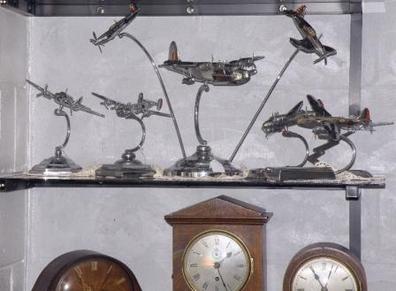
Colin Cook from Australia sent me this interesting find-his letter below:
I have just been looking at your very interesting website, I recently came across a collection of 13 chrome plated brass WW2 aircraft, I was recently at a garage sale and the owner had them put to one side waiting for appraisal by the local antique dealer as they were considered to be too valuable for garage sale fodder, after my pulse rate dropped back to near normal and I regained some composure I made a high but reasonable offer for the lot, an amount much greater than I considered the dealer would offer and the seller enthusiastically accepted the offer.
I talked to the owners to gain some history and was given the following information:
The models were part of a deceased estate managed by the deceased's family, the deceased passed away in 2001 at the age of 90 years, he was a very skilled amateur "jack of all trades" who was a signwriter by trade before WW2. in 1940 he went to Adelaide South Australia for the duration of the war to paint insignia and markings on RAAF and some USAF aircraft destined for action, he learnt how to cast and polish small brass aircraft, he must have had access to detailed drawings and comprehensive workshop facilities, according to his family he made 15 models (not including a small brooch) the family decided to keep 2 models, a spectacular Catalina with a 12" wingspan and a smaller Grumman Avenger? I purchased the other 13.
I was a little sceptical that an amateur could produce such quality work but the aircraft are different to the usual models found for sale on Ebay etc.also the mounting rods of some aircraft were actual aircraft control rods and ends, something a factory would not have used ( I recognised them as I served several years with the British RAF as an airframe mechanic) I have enclosed a few photo's just for interest as the models are not for sale, the largest models are the B29 and Sunderland with about 12" wingspan.
The photo's are: B29, B26, Hudson, and Blenheim plus a group photo, the Hudson is far more detailed than the factory made one I have had for years, I hope you can see enough detail as Chrome is hard to photograph, you may use the photo's for any purpose you wish.
I have just been looking at your very interesting website, I recently came across a collection of 13 chrome plated brass WW2 aircraft, I was recently at a garage sale and the owner had them put to one side waiting for appraisal by the local antique dealer as they were considered to be too valuable for garage sale fodder, after my pulse rate dropped back to near normal and I regained some composure I made a high but reasonable offer for the lot, an amount much greater than I considered the dealer would offer and the seller enthusiastically accepted the offer.
I talked to the owners to gain some history and was given the following information:
The models were part of a deceased estate managed by the deceased's family, the deceased passed away in 2001 at the age of 90 years, he was a very skilled amateur "jack of all trades" who was a signwriter by trade before WW2. in 1940 he went to Adelaide South Australia for the duration of the war to paint insignia and markings on RAAF and some USAF aircraft destined for action, he learnt how to cast and polish small brass aircraft, he must have had access to detailed drawings and comprehensive workshop facilities, according to his family he made 15 models (not including a small brooch) the family decided to keep 2 models, a spectacular Catalina with a 12" wingspan and a smaller Grumman Avenger? I purchased the other 13.
I was a little sceptical that an amateur could produce such quality work but the aircraft are different to the usual models found for sale on Ebay etc.also the mounting rods of some aircraft were actual aircraft control rods and ends, something a factory would not have used ( I recognised them as I served several years with the British RAF as an airframe mechanic) I have enclosed a few photo's just for interest as the models are not for sale, the largest models are the B29 and Sunderland with about 12" wingspan.
The photo's are: B29, B26, Hudson, and Blenheim plus a group photo, the Hudson is far more detailed than the factory made one I have had for years, I hope you can see enough detail as Chrome is hard to photograph, you may use the photo's for any purpose you wish.
Abbotwares Los Angeles, California
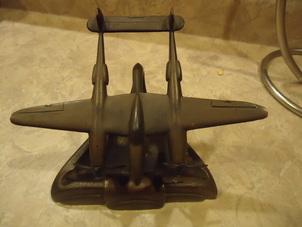
This Lightning is kind of unique because of the unusual triangle base and brass construction although it appears to be the same scale as the more familiar models from Australia. Must have come from a heavy smoker because the bottom was worn right through!
Fellow collector Tom Van Hoorn was kind to point out to me that this particular P-38 was made by a company called Abbotwares.
This company produced "Deco" tube radios in the late 1940's from their plant located on Workman St.in Los Angeles, California. They mostly had the same 5 tube chassis in all their sets, notably with horses mounted on top. The difference in each set was the style & location of a plated horse. Apparently someone at the plant must have liked airplanes too because they also offered this P-38, an A-20 and a B-26 on different bases.
from the collection of Edward Das
Fellow collector Tom Van Hoorn was kind to point out to me that this particular P-38 was made by a company called Abbotwares.
This company produced "Deco" tube radios in the late 1940's from their plant located on Workman St.in Los Angeles, California. They mostly had the same 5 tube chassis in all their sets, notably with horses mounted on top. The difference in each set was the style & location of a plated horse. Apparently someone at the plant must have liked airplanes too because they also offered this P-38, an A-20 and a B-26 on different bases.
from the collection of Edward Das
B-26 Marauder

Here's a nice model of a B-26 by Abbotwares. The B-26 was known as the widowmaker because it's short wing design (initially at least) dictated high approach speeds on landing and unforgiving stalls at low altitude when these speeds were not maintained. I like to keep my ashtray's condition normally as i receive them-this one has a nice patina only acquired over years of aging. I've seen the same ashtray of an A-26 that must have been made by the same company
from the collection of Edward Das
D.P Carter Pontefract models
DP Carter was a well known British sculptor born in 1930 who made models of everything from Jaguars to airplanes in various media. My favourites of course are the aluminum airplanes which he started casting around the 1980's for RAF pilots. His attention to detail of these aircraft is really quite impressive and they are among the best European made models I have seen. You can find an interesting article about him here: The story of how a Pontefract sculptor turned his hobby into a livelihood that earned him recognition from royalty | Pontefract and Castleford Express
I will endeavour to indicate as many DP Carter models exist below (see my DP Carter Pontefract page for images), most of which to my knowledge were normally stamped by their creator with his initials under the wing.
Here's a list of DP Carters I am aware of
Avro Vulcan
DC-3
BAC Jet Provost
Blackburn Beverly
B-24 Flying Fortress
B-25 Mitchell bomber
Boeing 377 Stratocruiser
C-119 Boxcar
C-130 Hercules
English Electric Lightning
Handley Page Victor
Handley Page Halifax
Hawker Hunter
Short Stirling bomber
Sepecat Jaguar
VC-10
Vickers Wellington bomber
Vulcan bomber
Buccaneer
I will endeavour to indicate as many DP Carter models exist below (see my DP Carter Pontefract page for images), most of which to my knowledge were normally stamped by their creator with his initials under the wing.
Here's a list of DP Carters I am aware of
Avro Vulcan
DC-3
BAC Jet Provost
Blackburn Beverly
B-24 Flying Fortress
B-25 Mitchell bomber
Boeing 377 Stratocruiser
C-119 Boxcar
C-130 Hercules
English Electric Lightning
Handley Page Victor
Handley Page Halifax
Hawker Hunter
Short Stirling bomber
Sepecat Jaguar
VC-10
Vickers Wellington bomber
Vulcan bomber
Buccaneer
Canadian ashtrays
Recently I received a request from Krista Cooke, the assistant curator at the Canadian Museum of Civilization; Anybody with information that could help place one of these ashtrays (pictured below) in her hands would be much appreciated. Please contact me ([email protected]) if you know where to get one or have one available for sale. Here is an interesting link about the CC and F foundry in Thunder Bay: http://www.vanguardcanada.com/CANCARThomas
The CC and F also produced another revolutionary airplane design which was the Loadmaster of which one example still exists. Check it out here: http://www.neam.org/inventory/airprofile.asp?ID=14
Krista's letter:
"I was interested to read your blog about airplane ashtrays.
I do research on women who worked at Canadian Car and Foundry in Fort William Ontario during WWII. Many of them were awarded free standing ashtrays adorned with Hawker Hurricanes as rewards for excellence. I have been trying to track one down for our Museum’s collection for several years and would be most interested if you should ever come across a duplicate (assuming you already have one in your collection!). They do have one at the Thunder Bay Museum and Archives but I have yet to see another complete example. The model itself looks much like a Cruver recognition model."
The CC and F also produced another revolutionary airplane design which was the Loadmaster of which one example still exists. Check it out here: http://www.neam.org/inventory/airprofile.asp?ID=14
Krista's letter:
"I was interested to read your blog about airplane ashtrays.
I do research on women who worked at Canadian Car and Foundry in Fort William Ontario during WWII. Many of them were awarded free standing ashtrays adorned with Hawker Hurricanes as rewards for excellence. I have been trying to track one down for our Museum’s collection for several years and would be most interested if you should ever come across a duplicate (assuming you already have one in your collection!). They do have one at the Thunder Bay Museum and Archives but I have yet to see another complete example. The model itself looks much like a Cruver recognition model."
This week I received another interesting bit of Australian aviation history from my friend in Australia, Jim Badger:
Selby McLean: Model maker, Essendon
For collectors of 1930s–1940s airplane ashtrays, it is a rare and wonderful thing to find the name of a model maker or the date of the model and rarer still to find any personal details about them after all these years.
Some years ago, I was very excited to acquire an Australian ashtray airplane stamped with it’s maker’s name. My “find” was a Commonwealth Aircraft Corporation [CAC] Wirraway – which started life as the NA-2, a North American Aviation design and which enjoyed a relatively unexciting career in the U.S. as the AT-6 Texan trainer (and the RAF as the Harvard), but which acquired fame down-under as the first modern aircraft built in Australia entirely from locally-manufactured parts.
At the onset of World War 2, with neither Britain nor America able to provide defence against Japanese air attack, Australians realised they had to fend for themselves. 750 Wirraways were built between 1939 and 1945 and were pressed into front-line service a role for which they were never intended. Although hopelessly outclassed by Japanese aircraft such as the Mitsubishi Zero, Wirraways nevertheless undertook valuable service in likely and unlikely roles as trainers, reconnaissance and ground support aircraft - and even dive bombers!
Because they were a symbol of what Australians could do when facing seemingly hopeless odds, Wirraway models were very popular and today many good, down-right bad and fairly indifferent examples turn up in local junk shops as well as on eBay.
This exceptionally fine example celebrates V-P Day (Victory in the Pacific Day, July 15 1945). On the forward underside of the fuselage is stamped an oval cartouche which bears the inscription: Selby McLean Model Maker Essendon. It is likely that the maker also designed & cast the brass art deco ashtray, as I’ve never seen any other examples remotely like this one associated with any other airplane model.
Selby McLean: Model maker, Essendon
For collectors of 1930s–1940s airplane ashtrays, it is a rare and wonderful thing to find the name of a model maker or the date of the model and rarer still to find any personal details about them after all these years.
Some years ago, I was very excited to acquire an Australian ashtray airplane stamped with it’s maker’s name. My “find” was a Commonwealth Aircraft Corporation [CAC] Wirraway – which started life as the NA-2, a North American Aviation design and which enjoyed a relatively unexciting career in the U.S. as the AT-6 Texan trainer (and the RAF as the Harvard), but which acquired fame down-under as the first modern aircraft built in Australia entirely from locally-manufactured parts.
At the onset of World War 2, with neither Britain nor America able to provide defence against Japanese air attack, Australians realised they had to fend for themselves. 750 Wirraways were built between 1939 and 1945 and were pressed into front-line service a role for which they were never intended. Although hopelessly outclassed by Japanese aircraft such as the Mitsubishi Zero, Wirraways nevertheless undertook valuable service in likely and unlikely roles as trainers, reconnaissance and ground support aircraft - and even dive bombers!
Because they were a symbol of what Australians could do when facing seemingly hopeless odds, Wirraway models were very popular and today many good, down-right bad and fairly indifferent examples turn up in local junk shops as well as on eBay.
This exceptionally fine example celebrates V-P Day (Victory in the Pacific Day, July 15 1945). On the forward underside of the fuselage is stamped an oval cartouche which bears the inscription: Selby McLean Model Maker Essendon. It is likely that the maker also designed & cast the brass art deco ashtray, as I’ve never seen any other examples remotely like this one associated with any other airplane model.
Over time and with help from several researchers, I have been able to piece together some glimpses into the life and times of Selby William McLean, the talented civilian model maker who created many scale metal models characterised by their high standard of workmanship and finish.
Born in the country town of Goulburn, New South Wales in 1906, McLean left the outback in his early teens, equipped with just a Year 7 education, undertaking knock-about work until enlisting as a merchant seaman in 1922 and joining the Royal Australian Naval Reserve round the same time, where he seems to have received some sort of training as a mechanic.
He found work on the Holyman fleet of nine small steamers plying Bass Strait between Tasmania, Melbourne and Adelaide. Holyman family members frequently commanded their vessels and on a night crossing of these perilous waters, Captain Victor Holyman (1894 – 1934) vouchsafed to McLean: “Mac, one of these days I’ll be flying planes across here”.
At the time, this seemed an unlikely prospect to the young seaman, but was later to be proven correct as Victor, his brother ( Sir) Ivan (1896-1957) and their uncle James founded Holyman Airways in 1934. This airline became Australian National Airways Pty Ltd in 1936 and much later (1957) merged into Ansett Transport Industries Ltd.
Like many a seaman before him, McLean whiled what spare time he had fashioning models out of whatever came to hand, using any available tools. Finding that he had a talent for this work, he honed his skills, becoming truly proficient by learning to work from plans and mastering a range of tools and techniques.
Tiring of the sea and now unemployed and living in Melbourne, McLean enlisted in the Royal Australian Air Force (RAAF) in March 1926 with the rank of A.H.G. Attached to No.1 Flight Training School at Victoria’s Point Cook,RAAF base, he was posted to the Motor Boat Crew servicing the Seaplane Flight.
Although the RAAF could trace its ancestry back to 1911, it was not till 1921 that it was established as a Royal Air Arm (the first such service to be formed within the British Commonwealth after Britain’s RAF).Starved of funds for many years thereafter, the RAAF boasted more personnel than aircraft, all of which were hand-me-downs from Britain.
Morale and career prospects must have been low in the new service and although McLean had signed up for 6 years, he was discharged at the end of his probation period in May 1926. His Service Record baldly states the reason was that “his services no longer being required”, while elsewhere in his service records, there are hints that the nineteen-year-old may had an “attitude problem”.
However, he did obtain some benefit from his 81 day’s service; he claimed to have obtained his pilot’s licence (No. 310) during this time, possibly gained as a participant in the first Citizen Air Force Reserve pilot’s course which commenced at Point Cook Victoria in 1926 – although this seems unlikely.
What is more certain is that Selby McLean got bitten with the aviation bug as a result of his service. In this, he was not alone. It was a great age for “air mindedness” in Australia. Almost daily, records for speed and endurance were being set and broken, while young, personable aviation heroes like the Smith brothers, Alan Cobham and Sir Charles Kingsford-Smith captivated the press and dominated the cinema.
Flying represented modernity and progress and Australians could readily comprehend the benefits that commercial aviation might bring to them as inhabitants of a huge empty continent. Of course, flying was completely beyond the aspirations of most people and even glimpses of aircraft were few and far between, but everyone could dream. Selby McLean contributed to Australia’s aviation dreaming through his scale model-making activities,now channeled into aircraft subject-matter which allowed his customers to own a little piece of “progress” .
McLean’s life over the next decade is not well documented. He married in 1936, living in Melbourne’s inner suburban Prahran, before moving to the open green fields of Essendon, 8 miles from Melbourne. Throughout this decade, the Great Depression held Australia in a tight grip and a largely unskilled man like Selby McLean would have struggled to survive. We have his testimony that in order to eke out a living, he resorted to his former hobby and started to make model aircraft at home, perhaps selling them door–to-door or in pubs for cash.
Late in 1937 or early in 1938, heartened by the gradual upturn in his backyard business, McLean approached his former bosses, the Holyman family, who by now had set up their airline business at Essendon Airport. Established by the Commonwealth Government in 1921 and extended in the 1930s, Essendon still resembled a country airstrip - complete with grass runways and ramshackled collections of hangars and sheds, all which remained in place until well after the war - rather than the main air terminus of a capital city,.
McLean pitched the idea of making promotion models of Australian National Airways (ANA) airliners to the Holymans and, impressed by his work, they agreed to set up a small workshop at Essendon, employing McLean and two young assistants to produce scale model aircraft.
The top-of-the-range models were intended for use in ANA offices, showcasing the company’s sleek new all-metal Douglas DC-2 and DC-3 airliners, so different from the De Havilland biplanes with their poor safety record that plagued the Holyman Airlines fleet.
Born in the country town of Goulburn, New South Wales in 1906, McLean left the outback in his early teens, equipped with just a Year 7 education, undertaking knock-about work until enlisting as a merchant seaman in 1922 and joining the Royal Australian Naval Reserve round the same time, where he seems to have received some sort of training as a mechanic.
He found work on the Holyman fleet of nine small steamers plying Bass Strait between Tasmania, Melbourne and Adelaide. Holyman family members frequently commanded their vessels and on a night crossing of these perilous waters, Captain Victor Holyman (1894 – 1934) vouchsafed to McLean: “Mac, one of these days I’ll be flying planes across here”.
At the time, this seemed an unlikely prospect to the young seaman, but was later to be proven correct as Victor, his brother ( Sir) Ivan (1896-1957) and their uncle James founded Holyman Airways in 1934. This airline became Australian National Airways Pty Ltd in 1936 and much later (1957) merged into Ansett Transport Industries Ltd.
Like many a seaman before him, McLean whiled what spare time he had fashioning models out of whatever came to hand, using any available tools. Finding that he had a talent for this work, he honed his skills, becoming truly proficient by learning to work from plans and mastering a range of tools and techniques.
Tiring of the sea and now unemployed and living in Melbourne, McLean enlisted in the Royal Australian Air Force (RAAF) in March 1926 with the rank of A.H.G. Attached to No.1 Flight Training School at Victoria’s Point Cook,RAAF base, he was posted to the Motor Boat Crew servicing the Seaplane Flight.
Although the RAAF could trace its ancestry back to 1911, it was not till 1921 that it was established as a Royal Air Arm (the first such service to be formed within the British Commonwealth after Britain’s RAF).Starved of funds for many years thereafter, the RAAF boasted more personnel than aircraft, all of which were hand-me-downs from Britain.
Morale and career prospects must have been low in the new service and although McLean had signed up for 6 years, he was discharged at the end of his probation period in May 1926. His Service Record baldly states the reason was that “his services no longer being required”, while elsewhere in his service records, there are hints that the nineteen-year-old may had an “attitude problem”.
However, he did obtain some benefit from his 81 day’s service; he claimed to have obtained his pilot’s licence (No. 310) during this time, possibly gained as a participant in the first Citizen Air Force Reserve pilot’s course which commenced at Point Cook Victoria in 1926 – although this seems unlikely.
What is more certain is that Selby McLean got bitten with the aviation bug as a result of his service. In this, he was not alone. It was a great age for “air mindedness” in Australia. Almost daily, records for speed and endurance were being set and broken, while young, personable aviation heroes like the Smith brothers, Alan Cobham and Sir Charles Kingsford-Smith captivated the press and dominated the cinema.
Flying represented modernity and progress and Australians could readily comprehend the benefits that commercial aviation might bring to them as inhabitants of a huge empty continent. Of course, flying was completely beyond the aspirations of most people and even glimpses of aircraft were few and far between, but everyone could dream. Selby McLean contributed to Australia’s aviation dreaming through his scale model-making activities,now channeled into aircraft subject-matter which allowed his customers to own a little piece of “progress” .
McLean’s life over the next decade is not well documented. He married in 1936, living in Melbourne’s inner suburban Prahran, before moving to the open green fields of Essendon, 8 miles from Melbourne. Throughout this decade, the Great Depression held Australia in a tight grip and a largely unskilled man like Selby McLean would have struggled to survive. We have his testimony that in order to eke out a living, he resorted to his former hobby and started to make model aircraft at home, perhaps selling them door–to-door or in pubs for cash.
Late in 1937 or early in 1938, heartened by the gradual upturn in his backyard business, McLean approached his former bosses, the Holyman family, who by now had set up their airline business at Essendon Airport. Established by the Commonwealth Government in 1921 and extended in the 1930s, Essendon still resembled a country airstrip - complete with grass runways and ramshackled collections of hangars and sheds, all which remained in place until well after the war - rather than the main air terminus of a capital city,.
McLean pitched the idea of making promotion models of Australian National Airways (ANA) airliners to the Holymans and, impressed by his work, they agreed to set up a small workshop at Essendon, employing McLean and two young assistants to produce scale model aircraft.
The top-of-the-range models were intended for use in ANA offices, showcasing the company’s sleek new all-metal Douglas DC-2 and DC-3 airliners, so different from the De Havilland biplanes with their poor safety record that plagued the Holyman Airlines fleet.
Within its first 14 months of operation, the fledgling workshop started producing a wide range of models covering military as well as civil aircraft by Douglas, Lockheed, Bristol, Junkers and Handley Page.
The tiny workshop achieved an output of 1400 items by 1939, ranging from miniature models with a wingspan of 1 ½ inches to monsters with wingspans of 43 inches and engines comprised of 40 component parts. Pride of place was given to the CAC Wirraway, with a model in production even before its namesake first took to the air on March 27th 1939.
The project to build the Wirraway in Australia engendered a sense of patriotic pride, especially in Melbourne, where the Commonwealth Aircraft Corporation (CAC) factory arose from the sand flats at the mouth of the Yarra River in record time.
The tiny workshop achieved an output of 1400 items by 1939, ranging from miniature models with a wingspan of 1 ½ inches to monsters with wingspans of 43 inches and engines comprised of 40 component parts. Pride of place was given to the CAC Wirraway, with a model in production even before its namesake first took to the air on March 27th 1939.
The project to build the Wirraway in Australia engendered a sense of patriotic pride, especially in Melbourne, where the Commonwealth Aircraft Corporation (CAC) factory arose from the sand flats at the mouth of the Yarra River in record time.
The prospect of establishing a new industry as important as aircraft manufacture must have seemed like a dream to people who not so long ago had not been able to find any work at all.
One of the firms gearing up to supply parts to the infant CAC was Die Casters Ltd, a small factory established since 1926 in Melbourne’s inner-suburban Collingwood. They rushed an idealized model of the new plane into production in 1938.
Compared to the detailed models produced by Selby McLean, the result is rather crude, but it’s symbolic value – a modern metal airplane rising up from its art deco plinth - is calculated to make an undeniably powerful statement.
One of the firms gearing up to supply parts to the infant CAC was Die Casters Ltd, a small factory established since 1926 in Melbourne’s inner-suburban Collingwood. They rushed an idealized model of the new plane into production in 1938.
Compared to the detailed models produced by Selby McLean, the result is rather crude, but it’s symbolic value – a modern metal airplane rising up from its art deco plinth - is calculated to make an undeniably powerful statement.
Reproduced with permission
Such was the quality of McLean’s work that VIPs such as Australian Prime Minister Robert Gordon Menzies were presented with models, while “air-minded” businessmen and wealthy aviators - especially those whose activities centred on Essendon - commissioned models of their own aircraft.
One signed model that sold for $1,050 at the 2006 auction of Sir Reginald Ansett’s private effects is this fine Lockheed 10b, first registered to Ansett Airways in 1937.
Such was the quality of McLean’s work that VIPs such as Australian Prime Minister Robert Gordon Menzies were presented with models, while “air-minded” businessmen and wealthy aviators - especially those whose activities centred on Essendon - commissioned models of their own aircraft.
One signed model that sold for $1,050 at the 2006 auction of Sir Reginald Ansett’s private effects is this fine Lockheed 10b, first registered to Ansett Airways in 1937.
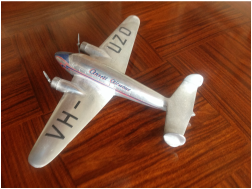
I recently stumbled across the new owner of the model above when Anthony J Lawler contacted me to say he'd seen this on my website. Here's a photo of it now after a clean-up.
courtesy of Anthony J Lawler
courtesy of Anthony J Lawler
(Source: http://www.leski.com.au/catalogues/a288/TANH.php / viewed Oct 11 2010)
But the needs of ordinary folk were also catered for by the small workshop. A diverse range of domestic and office goods such as ashtrays, memorandum pads, desk calendars, pen mounts and desk sets, paper knives, book-ends and lamps – all featuring a scale model aeroplane as part of the design - were produced and found ready sale.
As Selby McLean observed in an interview in 1939 “people who don’t have an opportunity of seeing real aeroplanes or of flying in them, get a real kick out of having a model on their mantleshelf or ashtray”. Sensing the growing popularity of chrome décor items amongst Australians at last able to think of owning such non-essentials, the workshop experimented with evermore elaborate products to showcase their models, such as etched and sandblasted mirrors against which an airplane was posed as if flying through clouds and blue skies.
Meanwhile, the prospect of war was looming and Australians were only too aware of the threats they faced – a ruthless enemy with designs on a country with an enormous coastline, a vast and empty interior and a tiny population. After seeing newsreels of the carpet-bombing of Guernica or Billy Mitchell scuttling mighty battleships from the air, people readily believed that “the bomber would get through” Yet in August 1939, Australia’s air defences were almost negligible - the RAAF mustered 82 Avro Ansons, 54 Hawker Demons, 7 Wirraways, and 21 Seagulls – and no fighter aircraft at all!
Since there was no radar system to forewarn of attack, a national effort was launched to enlist civilian eyes and ears to police the skies all around the coast and up to 150 miles inland. From 1939, sky watching gradually became everybody’s business. At first, it was fashionable to be blasé about the need to acquire Aircraft ID skills, but following Pearl Harbour and especially after the bombing of Darwin, the need for constant vigilance was quickly and universally understood.
Darwin was completely unprepared for air attack and it was not until bombs started exploding that people realised that the impressive formations of aircraft that had been admired a few short minutes ago were really Japanese. Between February 1942 and November 1943 there were 91 air raids on the Australian mainland as well as several notoriously unconstested reconnaissance flights over capital cities. Who could doubt that invasion following aerial bombing was not inevitable?
The ability to differentiate quickly between enemy and friendly aircraft could mean the difference between life or death – was that aeroplane droning high overhead a Mitsubishi “Betty” bomber or merely a Lockheed Hudson? Civilians had to be trained to accurately distinguish between an astonishingly large number of aircraft to avoid raising false alarms.
To become proficient, spotters had to spend hours absorbing the telltale characteristics of enemy and friendly aircraft by studying the scale ID models dangling from the ceilings of countless Drill Halls and Spotter’s Posts all over the country. The problem was – there were just not enough ID models to meet the needs of Service personnel and civilians.
To the consternation of authorities, it was further realized that there were no models at all of Japanese aircraft, although Allied types were relatively plentiful. A local industry of ID model manufacturing industry quickly got underway. Melbourne’s RMIT Patternmaking Department quickly made scale models of the complete range of Japanese aircraft. They then cast, finished and painted seven hundred models all within the space of three weeks following the entry of Japan into the War.
All around Melbourne, small enterprises such as that run by Selby McLean played no small part in filling the growing demand for models. It is possible that this newspaper article of 1942 is reporting on Selby McLean’s activity. It notes that “More than 10,000 models of all types of enemy and friendly aircraft likely to be seen in the Australian war zone are being made by a Melbourne contractor for use at RAAF aircraft re cognition schools. They are being produced to scale and will be faithful representations of each type of aircraft as seen by sky watchers” (The West Australian Friday 31 July 1942)
McLean’s models found their way into venues other than drill halls, too. In the early stages of the war, he lent his models to support a good cause, as this article in the Melbourne Argus (15 Feb 1941 p.7) shows:
“Cr. C. D. Elder, Mayor of Essendon, who is a well-known civil pilot, is arranging that the stage setting for the patriotic ball in the Essendon Town Hall on April 2 shall be a replica of the Essendon airport. Aircraft models for the occasion will be loaned by Australian National Airways, Ansett Airways, and Mr. Selby W. McLean, aircraft model manufacturer, Essendon” (http://newspapers.nla.gov.au/ndp/del/article/8150613)
Towards the end of 1943, the tide of war was turning against Japan and the need for aircraft ID models had been largely met. Faced with a lack of orders for his main stock-in-trade, Selby McLean may have felt restless and on the look-out for new work. It is possible that he found a position with Ansett Airways. This might explain why he and his wife Clara moved to Sydney in 1943, which coincided with the expansion of Ansett’s wartime business into that city, servicing USAAF aircraft.
Certainly, in the 1943 Electoral rolls, the couple are shown as living in Mascot and McLeans’ occupation is given as “Engineer “. Perhaps his new occupation gave him no time to indulge his hobby, but whatever the reason, no more elegant model aircraft bearing the proud stamp “Selby McLean Model Maker” have come to light.
The only exception is my VP Wirraway ashtray, whose base may have been cast in Sydney and finished off with a model dating from the early days of the Essendon workshop in the early1940s.
What Selby McLean did post-war is unknown, but I was glad to discover that he lived on into his 90s, dying in 1995. He is buried at Sydney’s Rookwood Cemetery.
But the needs of ordinary folk were also catered for by the small workshop. A diverse range of domestic and office goods such as ashtrays, memorandum pads, desk calendars, pen mounts and desk sets, paper knives, book-ends and lamps – all featuring a scale model aeroplane as part of the design - were produced and found ready sale.
As Selby McLean observed in an interview in 1939 “people who don’t have an opportunity of seeing real aeroplanes or of flying in them, get a real kick out of having a model on their mantleshelf or ashtray”. Sensing the growing popularity of chrome décor items amongst Australians at last able to think of owning such non-essentials, the workshop experimented with evermore elaborate products to showcase their models, such as etched and sandblasted mirrors against which an airplane was posed as if flying through clouds and blue skies.
Meanwhile, the prospect of war was looming and Australians were only too aware of the threats they faced – a ruthless enemy with designs on a country with an enormous coastline, a vast and empty interior and a tiny population. After seeing newsreels of the carpet-bombing of Guernica or Billy Mitchell scuttling mighty battleships from the air, people readily believed that “the bomber would get through” Yet in August 1939, Australia’s air defences were almost negligible - the RAAF mustered 82 Avro Ansons, 54 Hawker Demons, 7 Wirraways, and 21 Seagulls – and no fighter aircraft at all!
Since there was no radar system to forewarn of attack, a national effort was launched to enlist civilian eyes and ears to police the skies all around the coast and up to 150 miles inland. From 1939, sky watching gradually became everybody’s business. At first, it was fashionable to be blasé about the need to acquire Aircraft ID skills, but following Pearl Harbour and especially after the bombing of Darwin, the need for constant vigilance was quickly and universally understood.
Darwin was completely unprepared for air attack and it was not until bombs started exploding that people realised that the impressive formations of aircraft that had been admired a few short minutes ago were really Japanese. Between February 1942 and November 1943 there were 91 air raids on the Australian mainland as well as several notoriously unconstested reconnaissance flights over capital cities. Who could doubt that invasion following aerial bombing was not inevitable?
The ability to differentiate quickly between enemy and friendly aircraft could mean the difference between life or death – was that aeroplane droning high overhead a Mitsubishi “Betty” bomber or merely a Lockheed Hudson? Civilians had to be trained to accurately distinguish between an astonishingly large number of aircraft to avoid raising false alarms.
To become proficient, spotters had to spend hours absorbing the telltale characteristics of enemy and friendly aircraft by studying the scale ID models dangling from the ceilings of countless Drill Halls and Spotter’s Posts all over the country. The problem was – there were just not enough ID models to meet the needs of Service personnel and civilians.
To the consternation of authorities, it was further realized that there were no models at all of Japanese aircraft, although Allied types were relatively plentiful. A local industry of ID model manufacturing industry quickly got underway. Melbourne’s RMIT Patternmaking Department quickly made scale models of the complete range of Japanese aircraft. They then cast, finished and painted seven hundred models all within the space of three weeks following the entry of Japan into the War.
All around Melbourne, small enterprises such as that run by Selby McLean played no small part in filling the growing demand for models. It is possible that this newspaper article of 1942 is reporting on Selby McLean’s activity. It notes that “More than 10,000 models of all types of enemy and friendly aircraft likely to be seen in the Australian war zone are being made by a Melbourne contractor for use at RAAF aircraft re cognition schools. They are being produced to scale and will be faithful representations of each type of aircraft as seen by sky watchers” (The West Australian Friday 31 July 1942)
McLean’s models found their way into venues other than drill halls, too. In the early stages of the war, he lent his models to support a good cause, as this article in the Melbourne Argus (15 Feb 1941 p.7) shows:
“Cr. C. D. Elder, Mayor of Essendon, who is a well-known civil pilot, is arranging that the stage setting for the patriotic ball in the Essendon Town Hall on April 2 shall be a replica of the Essendon airport. Aircraft models for the occasion will be loaned by Australian National Airways, Ansett Airways, and Mr. Selby W. McLean, aircraft model manufacturer, Essendon” (http://newspapers.nla.gov.au/ndp/del/article/8150613)
Towards the end of 1943, the tide of war was turning against Japan and the need for aircraft ID models had been largely met. Faced with a lack of orders for his main stock-in-trade, Selby McLean may have felt restless and on the look-out for new work. It is possible that he found a position with Ansett Airways. This might explain why he and his wife Clara moved to Sydney in 1943, which coincided with the expansion of Ansett’s wartime business into that city, servicing USAAF aircraft.
Certainly, in the 1943 Electoral rolls, the couple are shown as living in Mascot and McLeans’ occupation is given as “Engineer “. Perhaps his new occupation gave him no time to indulge his hobby, but whatever the reason, no more elegant model aircraft bearing the proud stamp “Selby McLean Model Maker” have come to light.
The only exception is my VP Wirraway ashtray, whose base may have been cast in Sydney and finished off with a model dating from the early days of the Essendon workshop in the early1940s.
What Selby McLean did post-war is unknown, but I was glad to discover that he lived on into his 90s, dying in 1995. He is buried at Sydney’s Rookwood Cemetery.
Lew Chapman collection Recently sent me some pics of his collection shown below.
Airplane Ashtray Lighters
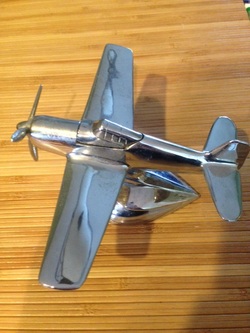 from the collection of Edward Das
from the collection of Edward Das
Any collector of airplane ashtrays will probably have at least one airplane LIGHTER stand as well. Quite a few of these from the 40's and 50's have survived, most with at least one of the propeller blades used to activate the flint mechanism, broken. The most common models seen are an F6F Hellcat by a company called Hamilton and another less realistic looking model that I've always assumed to be a rough interpretation of a P-39 AiraCobra by Negbaur, but I could be wrong- it might just be an art deco airplane design of no particular airplane. It was manufactured by a company called Negbaur and I'll post a picture of one if I ever see one in decent condition. Mine is an F6F Hellcat (with all it's props intact-yay!). This aircraft was arguably the most decisive factor in the air war over the Pacific in WW11 with over 12,000 aircraft built.
Century Series

F-106 Delta Dart
When I was a kid in public school, the first book I found in the school library at Bridgeview public school that got me interested in airplanes was one that highlighted what became later known as the Century series of American fighter jets (because their designations were all in the 100's). They were designs that were so fantastic and futuristic looking that I couldn't help but want to know more about them and hope to one day fly in one. The sleek lines made them look fast even standing still and of course, Americans came up with way cooler names for their jet fighters than any other country's airforce-i mean really, Mirage? That doesn't sound fast OR menacing. Even today, the tradition continues and the name is usually a carefully chosen moniker by their pilots which reveals a little about what that plane is about. For example, the A-10 is an ungainly looking jet named the "Warthog". Warthogs are ungainly looking too, but don't piss them off because they'll take you down and tear you apart.
Unfortunately, even had I become a really good pilot, by the time I was in grade five, I was probably already to tall to fit in the pilot's seat of any of the Century jetfighters, but I did manage to see every version fly and they never failed to impress. The Century series jets are generally considered to include the following jets (each with a cool name that any five year old will not soon forget):
Having recently scored one of these jets on Ebay, I've decided that it might be fun to try and collect a complete set as airplane ashtrays, although I don't think any one manufacturer made these as a set. I'll post my collection here as it comes together. Might take awhile.
Unfortunately, even had I become a really good pilot, by the time I was in grade five, I was probably already to tall to fit in the pilot's seat of any of the Century jetfighters, but I did manage to see every version fly and they never failed to impress. The Century series jets are generally considered to include the following jets (each with a cool name that any five year old will not soon forget):
- North American F-100 Super Sabre
- McDonnell F-101 Voodoo
- Convair F-102 Delta Dagger
- Lockheed F-104 Starfighter
- Republic F-105 Thunderchief
- Convair F-106 Delta Dart
Having recently scored one of these jets on Ebay, I've decided that it might be fun to try and collect a complete set as airplane ashtrays, although I don't think any one manufacturer made these as a set. I'll post my collection here as it comes together. Might take awhile.
AC REHBERGER CO. Chicago, Illinois
The AC Rehberger (Alfred C Rehberger or ACR) company was based out of Chicago and made some very collectible metal building models which have become highly sought after by collectors. ACR also crafted the very first Oscar, but for aviation buffs, the DC-3 is perhaps their most iconic model (ACR only made two large models, the DC-3 and Boeing 247). Models could be ordered direct from Rehberger and interestingly, if you didn't provide payment, they'd ship anyway with the assumption you would pay upon receipt- ah, the good old days! Price for a DC-3 ashtray on a streamlined base was a mere $2.50 for a model (Model #5) that now sells north of $300 and the same model on a medallion base was $3.35 (Model#6). For $3.50, you could get the Mainliner model on a notepad tray (Model#7). There was also a boeing 314 that they made for PanAm and a smaller 247 with United airlines across the wings as well as a really small one (per Anthony). If you have a nice example of any of these models, please forward a photo to me and I'll post it here. Here is a link to an interesting page about their cast miniature buildings: http://www.buildingcollector.com/2009/04/building-maker-ac-rehberger.html
The AC Rehberger (Alfred C Rehberger or ACR) company was based out of Chicago and made some very collectible metal building models which have become highly sought after by collectors. ACR also crafted the very first Oscar, but for aviation buffs, the DC-3 is perhaps their most iconic model (ACR only made two large models, the DC-3 and Boeing 247). Models could be ordered direct from Rehberger and interestingly, if you didn't provide payment, they'd ship anyway with the assumption you would pay upon receipt- ah, the good old days! Price for a DC-3 ashtray on a streamlined base was a mere $2.50 for a model (Model #5) that now sells north of $300 and the same model on a medallion base was $3.35 (Model#6). For $3.50, you could get the Mainliner model on a notepad tray (Model#7). There was also a boeing 314 that they made for PanAm and a smaller 247 with United airlines across the wings as well as a really small one (per Anthony). If you have a nice example of any of these models, please forward a photo to me and I'll post it here. Here is a link to an interesting page about their cast miniature buildings: http://www.buildingcollector.com/2009/04/building-maker-ac-rehberger.html
Operating from a plant at 2134 North Magnolia Ave in Chicago the company made a wide selection of figurines, paperweights, bookends, desk sets, collector's items sports trophies and of course airplane ashtrays- over 3,000 different pieces. Mr. Rehberger started the company in 1912 and made the molds until his death in the mid 1950's. The company was later bought by Avrem Roitman in the 1970's. All of the figures were hand-crafted, and finished by hand with the most popular items being historic trains and medallions of the Seal of the United States, a charging bull and an American eagle taking flight and numerous landmark buildings. The company also made castings of coin banks from the 1800's and a series of presidential busts in the 1970's. Anthony Lawler was good friends of the owner and when it eventually closed they offered him the molds. Anthony had them shipped to a friend who had a local foundry he used. However, the molds needed a high lead content alloy which is now a no no. In addition, there were so many pieces that needed to be welded together, that the labor time involved would have been prohibitive so he gave the DC-3 and 247 molds to the SFO Aviation museum, and the molds for the bases to a friend. There is a photo of the 247 molds Anthony's excellent book.
Tony recounts, "I believe they also made a Lodestar as I have seen a couple on the DC-3 base with Lodestar in a flowing script across the enamel plaque. I think few were made because if the war. I am still looking for an original! It’s possible the molds went to Canada later. They made the Boeing 314 ashtray, Beech QueenAir, Lockheed 14, small DC-3 and small DC-8 too." The DC-8 did not make money according to Av Roitman so not many of these were made- it is an especially rare AC Rehberger model as a result.
Another American ashtray maker....
Some of the fine detail to be seen on the large version ACR Boeing 247 can be seen on Tom Van Hoorn's model below.
Anthony Lawler's ACR models photos courtesy Anthony Lawler
 Pastushin model#1 24" DC-3 mounted on tear drop base finished in gun metal enamel and 4.5" hard-fired jeweler's enamel showing principal "mainliner" routes across US. Model#2 was identical with fed gov't markings sandblasted in upper and lower wings. Model 3 came with a wall bracket.
Pastushin model#1 24" DC-3 mounted on tear drop base finished in gun metal enamel and 4.5" hard-fired jeweler's enamel showing principal "mainliner" routes across US. Model#2 was identical with fed gov't markings sandblasted in upper and lower wings. Model 3 came with a wall bracket.
VICTOR PASTUSHIN
Editor's note: special thanks to Chad Slatterly for much of the info on vic Pastushin from a 1993 interview.
I've seen some very nice airplane ashtrays that were produced by Victor Pastushin and while I've never figured out how a company that made model airplane ashtrays became a seemingly major supplier of aviation military hardware, there's lots of tidbits of information floating around that seem to suggest that Mr.Pastushin was certainly an aviation enthusiast and entrepreneur extraordinaire. An ancestor of Vic's wife, Jim Jackson has kindly provided me with some of the details of Mr Pastushin's life. Victor Francis Pastushin (1908-1994) was born on a train, the trans-Siberian, in the northern part of Manchuria in China on the way to Harbin, and from there to San Francisco. But the boat stopped in Hawaii to refuel and his parents fell in love with the island so he spent his first 20 years there. He wanted to work in aviation so he wrote a letter to Igor Sikorsky and asked him if he could get a job. Igor wrote back longhand saying that anyone who was willing to travel 13,000 miles for a job must really like airplanes and so, offered him a job. It snowed the day after arriving and not having seen snow before, he decided to move to Santa Monica. A pilot who he knew from Hawaii and who used to be the army chief at Douglas Aircraft had told him to visit Douglas Aircraft on Wilshire Blvd in Santa Monica so he did and promptly got a job for 18 months as mechanic making sheet metal parts and then to production control where he worked for 14 years and 3 months. Douglas was located in a abandonned movie studio at the timebuilding airplanes when he joined the company March 29,1929. They built a successful DC-1 and then went into production with the DC-2 which Vic decided to make a metal model of The Airtrays he decided to make from die casting which local shops produced for him for $250 each and did not wear out per Victor. He had all kinds made, Navy planes, Air Force planes, DC-3s and 4's etc which he made at his nearby home and garage (as well as two garages across the street and the neighbours garage) on 32nd street, two blocks from the Douglas factory. He left Douglas in 1943 (he made his first airtray in 1936 and to the airlines in 1937) to start his own company which was 50 years old when he gave an interview in 1993. He started with a round airtray and then later a tear-dropped ashtray mounted on a clear pedestal. He was making DC-2s for Douglas (sold for $1.75 to employees) but then the KLM rep, Curly Veenandahl ordered 100 so that was the first lot he made for someone other than Douglas employees (first for $2.00 and finally for $2.25). It caught on and other airlines started asking for them like TWA and American, then Japan Airlines. Soon he was selling them around the world. In 1937, American Airlines asked if he could make some larger ones so he had casting dies made for a 30" wingspan model, then stopped making themafter only a few hundred as he was not making any money on them Checking the Census record, in 1940, Victor would have been about 32, married to Helen Pastushin and had two children, Tanya (5) and son Jack (1). It seems that Vic's wife was quite a horticulturist, and a new species of orchid she helped create was later named after her as "Helen Pastushins Gold" by the Royal Horticultural Society(1). Jack would later go on to serve with the USMC and would marry the daughter of the Rear Admiral Converse. Tanya passed away in 2009 and her granddaughter , Caroline Dorn has a profile on the internet with whom I will try to find some more about this interesting gentleman. They also appear to have employed a servant by the name of Tillie Barry, so he must have been doing alright with his ashtray sales. It seems that Mr Pastushin was quite an entrepreneur and started making the airplane ashtrays on the side in his garage-eventually he started making parts for Douglas when some suppliers had difficulty providing quality parts or appropriately priced. This sideline business would eventually be the jumping off point to start his own business supplying first Douglas, and subsequently other aircraft manufacturers. Fortunately, having some friends who have been collecting airplane ashtrays much longer than me has the benefit of shedding some light on this interesting gentleman. I contacted Anthony Lawler who has arguably one of the finest collections of airplane ashtrays including many of the finest examples of Victor's models (see some of his collection higher up the page) to see what he could tell me about Mr Pastushin. Here is what Anthony was able to tell me :
"He (Victor) began making DC-2 ashtray models for selling to fellow workers. The KLM local rep saw them and asked him to make some for KLM. He used an outside foundry and used schoolboys to assemble the models in his garage. He is said to have married the daughter of a Douglas board member, who set him up with his own company. He made many thousands of DC-3 ashtrays, then Stratoliners, DC-4Es, and military models. He also made a 30 in span DST with a light inside to illuminate the windows, for American Airlines. When war broke out he made aircraft parts and continued to after the war, inc drop tanks and fibreglass nose-cones for the Bomarc missiles based in Canada and the US. He made some DC-6 ashtrays after the war, too."
1/ A Jackson Family History: From Henry Jackson of Virginia By Jim Jackson
Tom Sanders has helpfully provided me with a list of (to the best of his knowledge) all of the models produced by Pastushin-his comments below:
I believe the first would have been the Dougas A-20 on a wood/bakelite stand with cast metal arm and clear glass ashtray.
2) Douglas DC-2 w/oblong cast/chrome ashtay base and dark glass insert
3) Douglas DC-3 and DST w/ oblong base as above. Various airlines, AA, TWA, PA Central, etc.
4) Douglas DC-3 and DST on new circular cast metal/chrome base
5) Douglas DC-4E (Experimental) w/ the circular cast metal/chrome ashtray base
6) Boeing 307 Stratoliner (using B-17 wings and empannage) TWA (Vic recounts he only made a few hundred of these)
7)Douglas DC-4/C-54 W/ " " "
8) Douglas DC-6/7 w/ " " " (**Vic mentions that he did not make a DC-6 and that the DC-4 was his last. When war started December 7th he took all his ashtrays and had them remelted as he did not want models to distract from his attention while the country was at war.)
9) Douglas AD "Skyraider"
Vic also indicates he made SBD's and some Navy models. And a 30" wingspan DC-3 model for American Airlines.
A later company, Pastushin Aviation corp, specialized in the manufacture of jettisonable external fuel tanks used on many American fighter planes of the 1950's, the company having first become a corporate identity as Pastushin Industries on November 26th 1952. I've always been surprised by the proliferation of ads by that company given that jettisonable jet fuel tanks are a pretty niche market that you wouldn't think warranted advertising in regular magazines.
Editor's note: special thanks to Chad Slatterly for much of the info on vic Pastushin from a 1993 interview.
I've seen some very nice airplane ashtrays that were produced by Victor Pastushin and while I've never figured out how a company that made model airplane ashtrays became a seemingly major supplier of aviation military hardware, there's lots of tidbits of information floating around that seem to suggest that Mr.Pastushin was certainly an aviation enthusiast and entrepreneur extraordinaire. An ancestor of Vic's wife, Jim Jackson has kindly provided me with some of the details of Mr Pastushin's life. Victor Francis Pastushin (1908-1994) was born on a train, the trans-Siberian, in the northern part of Manchuria in China on the way to Harbin, and from there to San Francisco. But the boat stopped in Hawaii to refuel and his parents fell in love with the island so he spent his first 20 years there. He wanted to work in aviation so he wrote a letter to Igor Sikorsky and asked him if he could get a job. Igor wrote back longhand saying that anyone who was willing to travel 13,000 miles for a job must really like airplanes and so, offered him a job. It snowed the day after arriving and not having seen snow before, he decided to move to Santa Monica. A pilot who he knew from Hawaii and who used to be the army chief at Douglas Aircraft had told him to visit Douglas Aircraft on Wilshire Blvd in Santa Monica so he did and promptly got a job for 18 months as mechanic making sheet metal parts and then to production control where he worked for 14 years and 3 months. Douglas was located in a abandonned movie studio at the timebuilding airplanes when he joined the company March 29,1929. They built a successful DC-1 and then went into production with the DC-2 which Vic decided to make a metal model of The Airtrays he decided to make from die casting which local shops produced for him for $250 each and did not wear out per Victor. He had all kinds made, Navy planes, Air Force planes, DC-3s and 4's etc which he made at his nearby home and garage (as well as two garages across the street and the neighbours garage) on 32nd street, two blocks from the Douglas factory. He left Douglas in 1943 (he made his first airtray in 1936 and to the airlines in 1937) to start his own company which was 50 years old when he gave an interview in 1993. He started with a round airtray and then later a tear-dropped ashtray mounted on a clear pedestal. He was making DC-2s for Douglas (sold for $1.75 to employees) but then the KLM rep, Curly Veenandahl ordered 100 so that was the first lot he made for someone other than Douglas employees (first for $2.00 and finally for $2.25). It caught on and other airlines started asking for them like TWA and American, then Japan Airlines. Soon he was selling them around the world. In 1937, American Airlines asked if he could make some larger ones so he had casting dies made for a 30" wingspan model, then stopped making themafter only a few hundred as he was not making any money on them Checking the Census record, in 1940, Victor would have been about 32, married to Helen Pastushin and had two children, Tanya (5) and son Jack (1). It seems that Vic's wife was quite a horticulturist, and a new species of orchid she helped create was later named after her as "Helen Pastushins Gold" by the Royal Horticultural Society(1). Jack would later go on to serve with the USMC and would marry the daughter of the Rear Admiral Converse. Tanya passed away in 2009 and her granddaughter , Caroline Dorn has a profile on the internet with whom I will try to find some more about this interesting gentleman. They also appear to have employed a servant by the name of Tillie Barry, so he must have been doing alright with his ashtray sales. It seems that Mr Pastushin was quite an entrepreneur and started making the airplane ashtrays on the side in his garage-eventually he started making parts for Douglas when some suppliers had difficulty providing quality parts or appropriately priced. This sideline business would eventually be the jumping off point to start his own business supplying first Douglas, and subsequently other aircraft manufacturers. Fortunately, having some friends who have been collecting airplane ashtrays much longer than me has the benefit of shedding some light on this interesting gentleman. I contacted Anthony Lawler who has arguably one of the finest collections of airplane ashtrays including many of the finest examples of Victor's models (see some of his collection higher up the page) to see what he could tell me about Mr Pastushin. Here is what Anthony was able to tell me :
"He (Victor) began making DC-2 ashtray models for selling to fellow workers. The KLM local rep saw them and asked him to make some for KLM. He used an outside foundry and used schoolboys to assemble the models in his garage. He is said to have married the daughter of a Douglas board member, who set him up with his own company. He made many thousands of DC-3 ashtrays, then Stratoliners, DC-4Es, and military models. He also made a 30 in span DST with a light inside to illuminate the windows, for American Airlines. When war broke out he made aircraft parts and continued to after the war, inc drop tanks and fibreglass nose-cones for the Bomarc missiles based in Canada and the US. He made some DC-6 ashtrays after the war, too."
1/ A Jackson Family History: From Henry Jackson of Virginia By Jim Jackson
Tom Sanders has helpfully provided me with a list of (to the best of his knowledge) all of the models produced by Pastushin-his comments below:
I believe the first would have been the Dougas A-20 on a wood/bakelite stand with cast metal arm and clear glass ashtray.
2) Douglas DC-2 w/oblong cast/chrome ashtay base and dark glass insert
3) Douglas DC-3 and DST w/ oblong base as above. Various airlines, AA, TWA, PA Central, etc.
4) Douglas DC-3 and DST on new circular cast metal/chrome base
5) Douglas DC-4E (Experimental) w/ the circular cast metal/chrome ashtray base
6) Boeing 307 Stratoliner (using B-17 wings and empannage) TWA (Vic recounts he only made a few hundred of these)
7)Douglas DC-4/C-54 W/ " " "
8) Douglas DC-6/7 w/ " " " (**Vic mentions that he did not make a DC-6 and that the DC-4 was his last. When war started December 7th he took all his ashtrays and had them remelted as he did not want models to distract from his attention while the country was at war.)
9) Douglas AD "Skyraider"
Vic also indicates he made SBD's and some Navy models. And a 30" wingspan DC-3 model for American Airlines.
A later company, Pastushin Aviation corp, specialized in the manufacture of jettisonable external fuel tanks used on many American fighter planes of the 1950's, the company having first become a corporate identity as Pastushin Industries on November 26th 1952. I've always been surprised by the proliferation of ads by that company given that jettisonable jet fuel tanks are a pretty niche market that you wouldn't think warranted advertising in regular magazines.
Allyn Manufacturing Part 2
I have to admit, I don't know much at all about Allyn manufacturing's history so if someone could fill me in that would be appreciated. I do know that it was originally called Aero Novelties and the P-51 mustang was one of their first offerings. You'll see alot of them on the internet with the propellors being the distinguishing feature to identify the Aero model from the Allyn P-51 which look more realistic. Also, the Aero version does not have any writing underneath the ashtray like the Allyn model does. Here's a link to the google Map streetview showing the original factory:
https://www.google.com/maps/place/1811+S+Hope+St,+Los+Angeles,+CA+90015/@34.0344398,-118.2689932,3a,75y,299h,90t/data=!3m7!1e1!3m5!1sj7ew3gf5ga3wf4fpdNdbWg!2e0!6s%2F%2Fgeo3.ggpht.com%2Fcbk%3Fpanoid%3Dj7ew3gf5ga3wf4fpdNdbWg%26output%3Dthumbnail%26cb_client%3Dsearch.TACTILE.gps%26thumb%3D2%26w%3D392%26h%3D106%26yaw%3D299.27219%26pitch%3D0!7i13312!8i6656!4m2!3m1!1s0x80c2c7c46d2228df:0x26c221a925b5e391!6m1!1e1
https://www.google.com/maps/place/1811+S+Hope+St,+Los+Angeles,+CA+90015/@34.0344398,-118.2689932,3a,75y,299h,90t/data=!3m7!1e1!3m5!1sj7ew3gf5ga3wf4fpdNdbWg!2e0!6s%2F%2Fgeo3.ggpht.com%2Fcbk%3Fpanoid%3Dj7ew3gf5ga3wf4fpdNdbWg%26output%3Dthumbnail%26cb_client%3Dsearch.TACTILE.gps%26thumb%3D2%26w%3D392%26h%3D106%26yaw%3D299.27219%26pitch%3D0!7i13312!8i6656!4m2!3m1!1s0x80c2c7c46d2228df:0x26c221a925b5e391!6m1!1e1
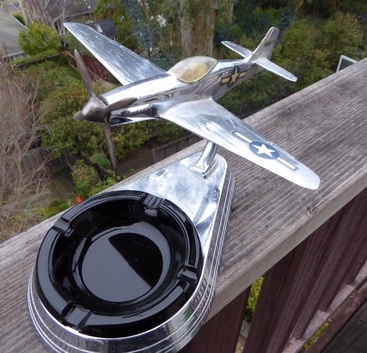 Aero Novelties P-51 with distinguishing prop.
Aero Novelties P-51 with distinguishing prop.
Aero Novelties P-51
Buhler models
This manufacturer seems to have made the majority of their models for Swissair, namely, a DC-2 and DC-3 on an ashtray base like the oblong Pastushin, then a DC-6, 707, 747 on a unique Buhler base with a very art deco look. In addition, I was recently made aware of an F-5 Freedom Fighter jet they did and have included photos below. If you know anything about this company, please let me know and I will include it here..
Allyn/Pastushin Mystery
Tom Sanders sent me the photos below of two ashtrays, ostensibly an Allyn on the left and Pastushin on the right. Apparently there was a story that Pastushin once threatened a lawsuit against the first edition of the Allyn ashtray because it looked so much like that manufactured by Pastushin. Although very similar, the Allyn has 3 rings around its base while a Pastushin has 5. The Allyn has 5 finger slots while the Pastushin has two. The support arms are different as well. If anyone knows if there was any truth to the story, we would be interested in hearing the details. Contact me at [email protected].
Tom Sanders sent me the photos below of two ashtrays, ostensibly an Allyn on the left and Pastushin on the right. Apparently there was a story that Pastushin once threatened a lawsuit against the first edition of the Allyn ashtray because it looked so much like that manufactured by Pastushin. Although very similar, the Allyn has 3 rings around its base while a Pastushin has 5. The Allyn has 5 finger slots while the Pastushin has two. The support arms are different as well. If anyone knows if there was any truth to the story, we would be interested in hearing the details. Contact me at [email protected].
Do you have an airplane ashtray to sell? Contact me at [email protected]
